Are you interested in the history and impact of religion? These are the top religion museums in Europe:
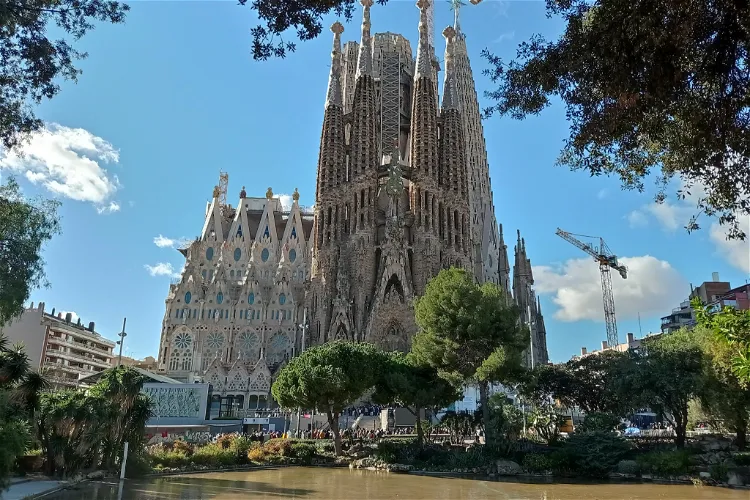
Sagrada Família
BarcelonaThe Sagrada Família, also known as the Temple Expiatori de la Sagrada Família, is an unfinished church located in Barcelona, Catalonia, Spain. This architectural marvel is widely recognized as the masterpiece of the renowned architect Antoni Gaudí.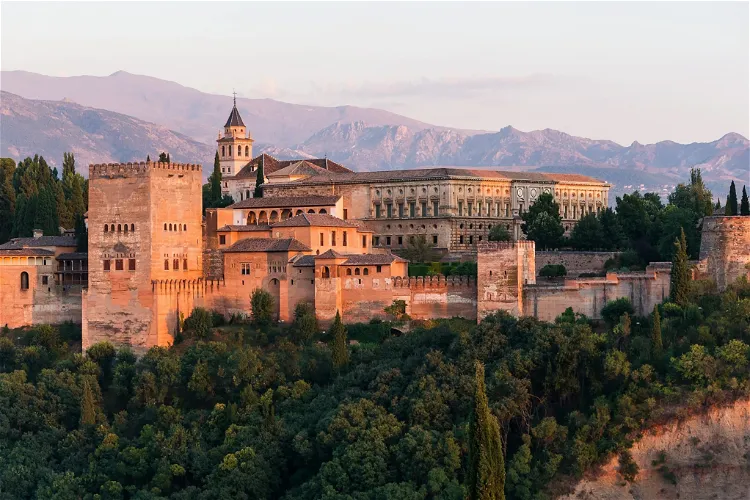
Alhambra
GranadaThe Alhambra, located in the city of Granada in the Andalusian region of Spain, is a historical building that was originally used as a palace and fortress. It was constructed with the architectural style of Islamic Arab, specifically the Kalʿatü'l-Hamrâ. Today, the Alhambra serves as a museum, offering visitors a glimpse into its rich history and architectural beauty.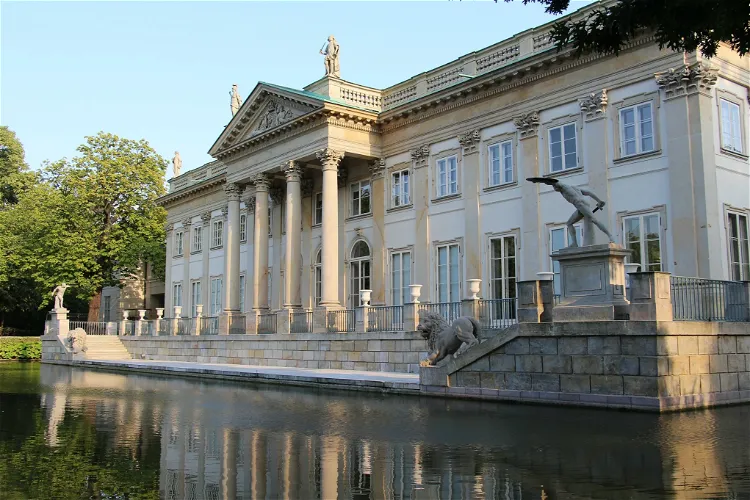
Lazienki Park
WarsawThe Royal Łazienki Park, known in Polish as Park Łazienki Królewskie, is the largest public park in Warsaw, Poland. It covers an expansive area of about 80 hectares, providing ample space for visitors to explore and enjoy. The park is a significant part of Warsaw's landscape, offering a blend of nature and architecture that is unique to the city.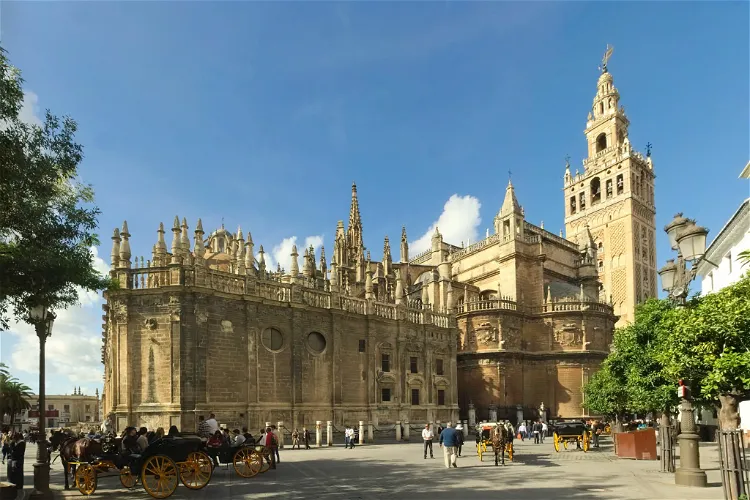
Seville Cathedral
SevilleSeville Cathedral, also known as the Cathedral of Saint Mary of the See, is a significant landmark in Seville, Spain. It holds the distinction of being the world's largest Gothic church and the third largest church overall. This Roman Catholic cathedral is a testament to the architectural prowess of the Gothic era and offers a unique insight into the religious history of Spain.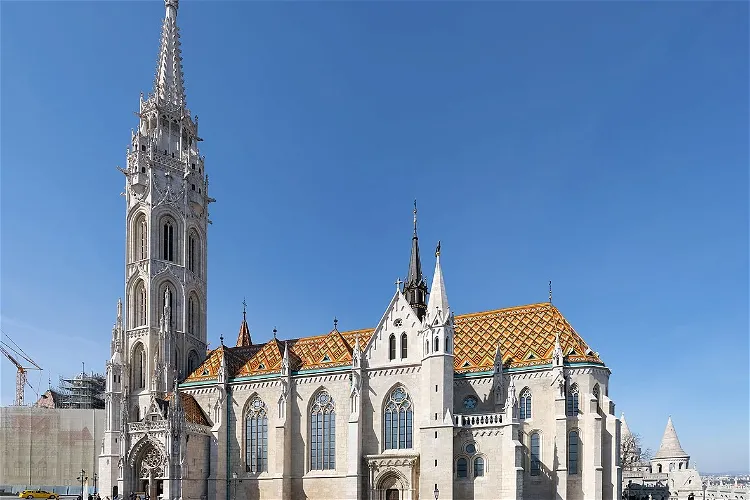
Matthias Church
BudapestThe Matthias Church has seen several modifications over the centuries, with each subsequent king adding their unique touch. These changes include the addition of a tower, a door, and the expansion of the building. Notably, Louis I of Hungary and Sigismund of Hungary carried out Gothic modifications, while Matthias I of Hungary transformed the church in a Renaissance style. These architectural changes offer a visual journey through different historical periods, providing an enriching experience for visitors.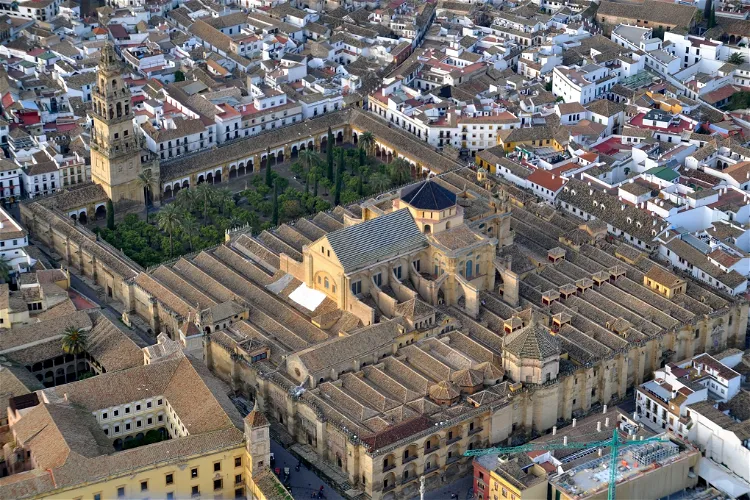
Mosque Cathedral of Córdoba
CórdobaThe Mosque-Cathedral of Córdoba, also known as the Cathedral of Our Lady of the Assumption, is a significant historical and architectural site located in the city of Córdoba, Spain. This structure has served as both a mosque and a cathedral over the centuries, reflecting the city's rich cultural and religious history.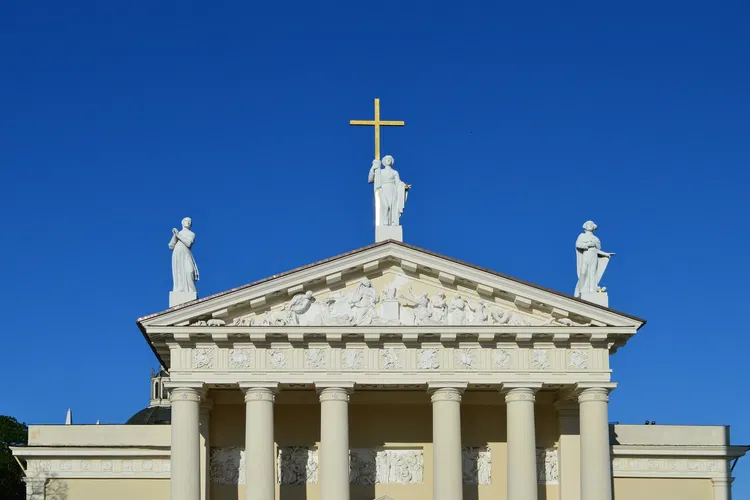
Vilnius Cathedral
VilniusVilnius Cathedral, the principal Catholic church in Lithuania, is situated in the Cathedral Square of Vilnius' historic center. This location is recognized as a UNESCO World Heritage Site, making it a significant landmark in the city. The cathedral's rich history and architectural beauty make it a fascinating place to visit for tourists interested in history, architecture, and religion.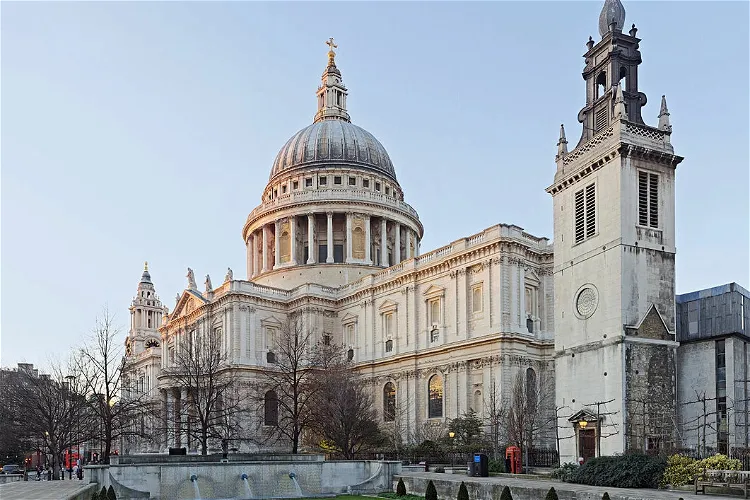
St Paul’s Cathedral
LondonSt Paul's Cathedral, situated on Ludgate Hill in the City of London, serves as the seat of the Anglican Bishop of London. This iconic structure has a rich history and is a significant landmark in the city. Visitors can appreciate the architectural grandeur of the cathedral and learn about its historical significance.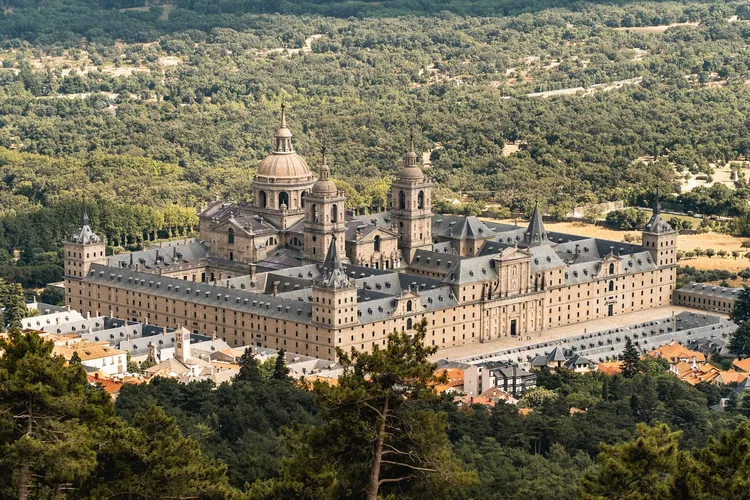
Royal Site of San Lorenzo de El Escorial
MadridEl Escorial, located in the Madrid Autonomous Region at the foot of the Sierra de Guadarrama mountain, is a significant religious and cultural structure. It comprises a monastery, palace, library, and other sections. This complex was used as a residence by King Philip II of Spain, adding to its historical significance.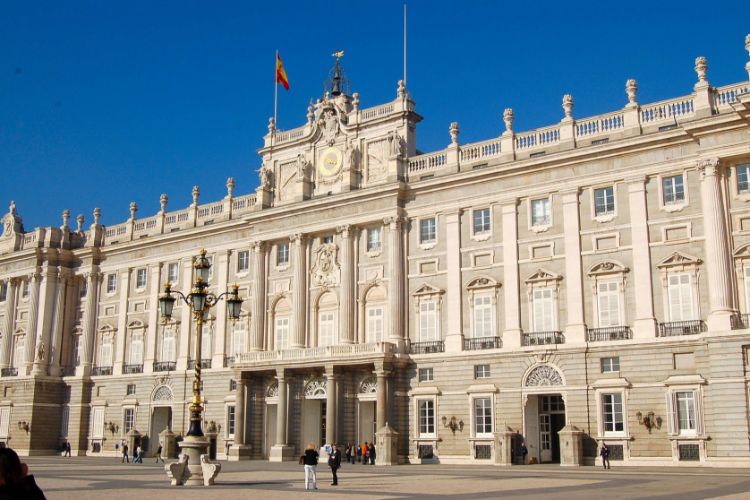
Royal Palace of Madrid
MadridThe Royal Palace of Madrid is the official residence of the Spanish royalty but is used only for state ceremonies. Visitors can see the marvelous interior decorations, made using various materials, from marble to mahogany. The palace is also home to Royal Armoury of Madrid. Surrounded by large and p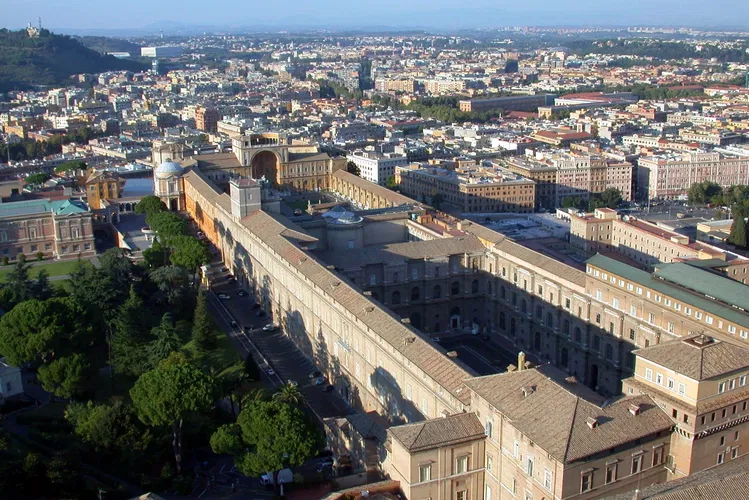
Vatican Museums
RomeThe Vatican Museums, situated in Vatican City, are recognized as some of the largest museums globally. They were constructed by the Roman Catholic Church during the Renaissance period and are renowned for housing a vast collection of significant sculptures. These museums offer a unique opportunity to explore the rich history and artistic heritage of the Catholic Church.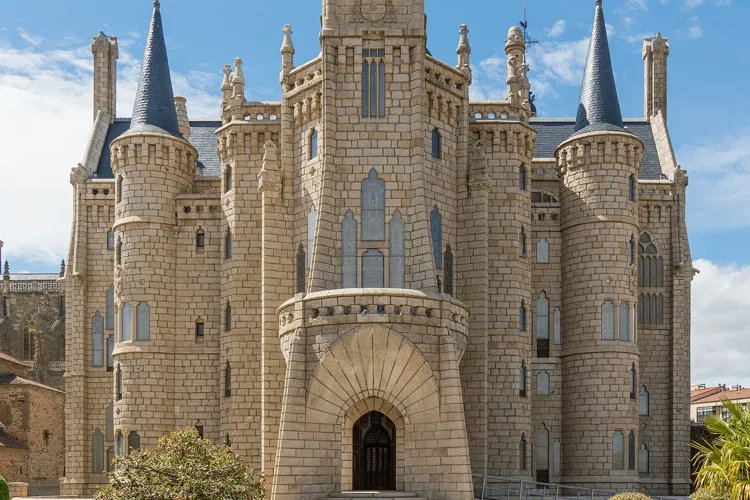
Palace of Gaudí
AstorgaThe Episcopal Palace of Astorga, a masterpiece by the renowned Catalan architect Antoni Gaudí, stands as a testament to the Catalan Modernisme style. Constructed between 1889 and 1913, this architectural marvel is one of only three buildings by Gaudí outside Catalonia. Its unique design and historical significance make it a fascinating destination for those interested in architecture and history.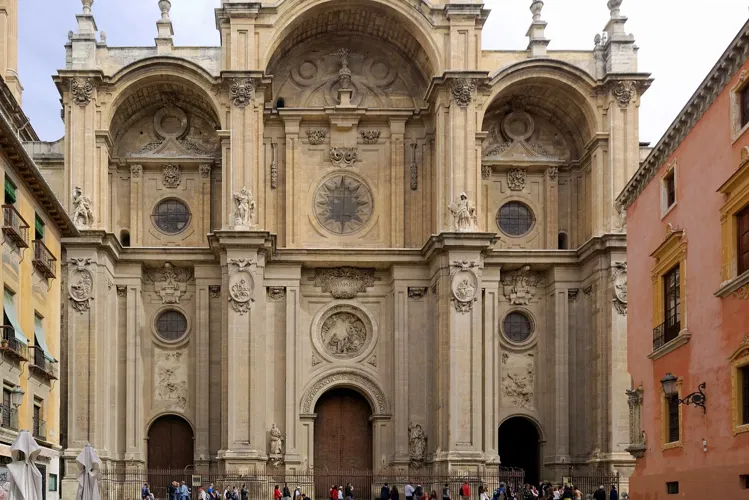
Granada Cathedral
GranadaThe Granada Cathedral, also known as Santa María de la Encarnación de Granada, is a significant religious site located in Granada, southern Spain. It serves as the seat of the Archbishop of Granada. The cathedral's rich history and architectural grandeur make it a notable point of interest for visitors.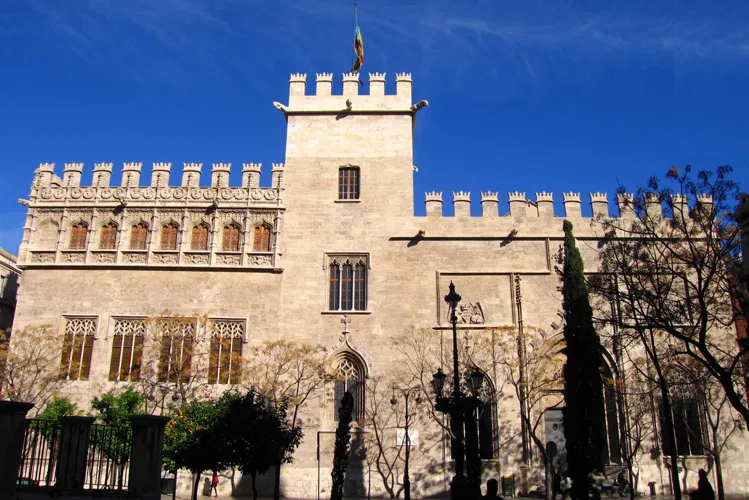
The Silk Exchange
ValenciaThe Silk Exchange, also known as Lonja de la Seda or Llotja de la Seda, is a significant historical building in Valencia, Spain. It showcases the late Valencian Gothic architectural style, making it a unique attraction for those interested in history and architecture.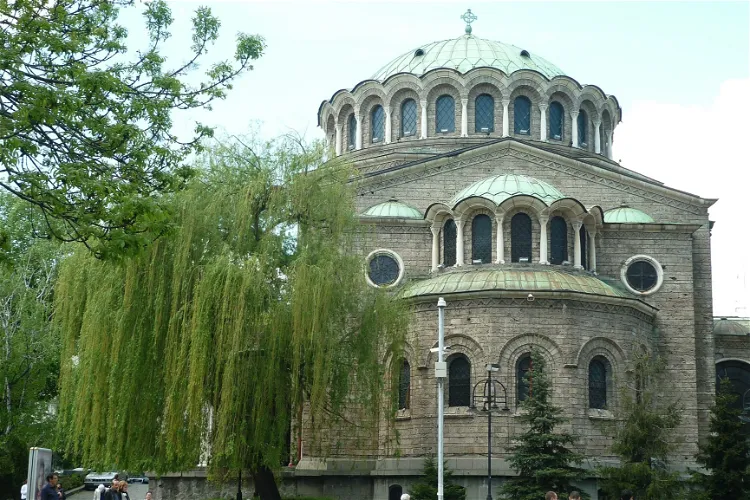
St. Nedelya Church
SofiaSaint Nedelya Cathedral is an Eastern Orthodox cathedral located in Sofia, the capital of Bulgaria. It serves as a cathedral of the Sofia bishopric of the Bulgarian Patriarchate. This religious site is a significant part of the city's spiritual and cultural heritage, offering visitors a glimpse into the rich history and traditions of the Bulgarian Orthodox Church.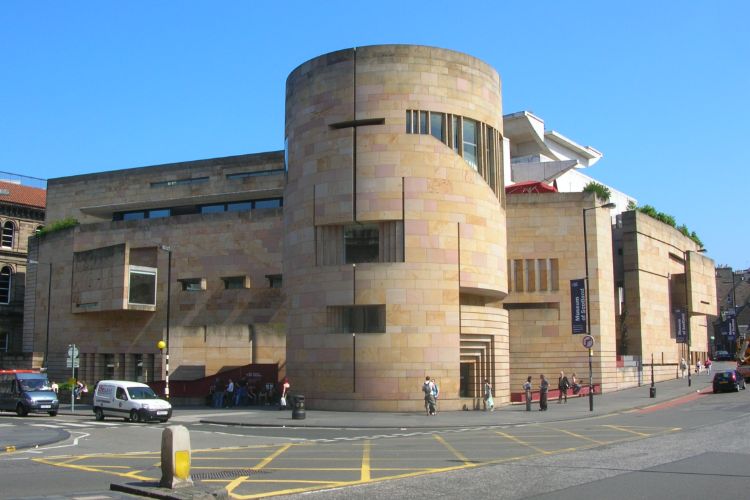
National Museum of Scotland
EdinburghThe National Museum of Scotland, located in Edinburgh, was established in 2006 as a result of the merger of two adjacent museums: the Scotland Museum and the Royal Museum. The Scotland Museum is home to collections that shed light on Scottish antiquity, culture, and history. On the other hand, the Royal Museum houses collections that cover a wide range of topics, including science and technology, natural history, and world cultures.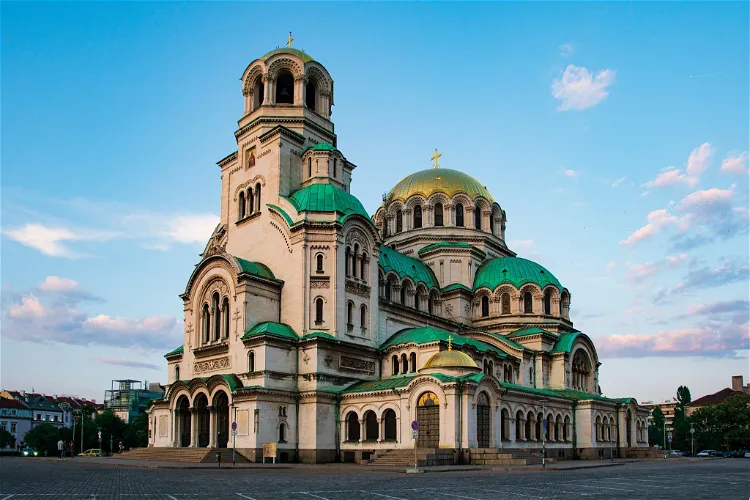
Alexander Nevsky Cathedral
SofiaThe St. Alexander Nevsky Cathedral, located in Sofia, the capital of Bulgaria, is a significant religious and architectural landmark. Constructed in the Neo-Byzantine style, it serves as the cathedral church of the Patriarch of Bulgaria. It is also recognized as one of the 50 largest Christian church buildings by volume globally.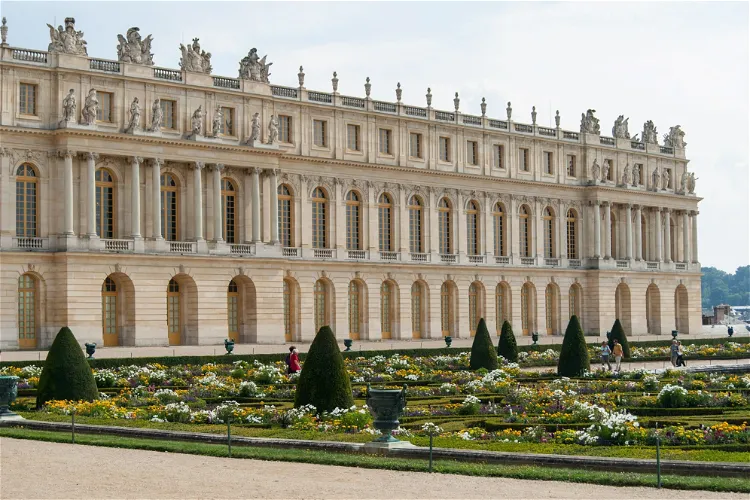
Palace of Versailles
VersaillesThe Palace of Versailles, located in the city of Versailles, is approximately 25 km away from Paris. This grand castle complex is one of the largest in Europe and served as the primary residence for French kings from the mid-17th century until the French Revolution.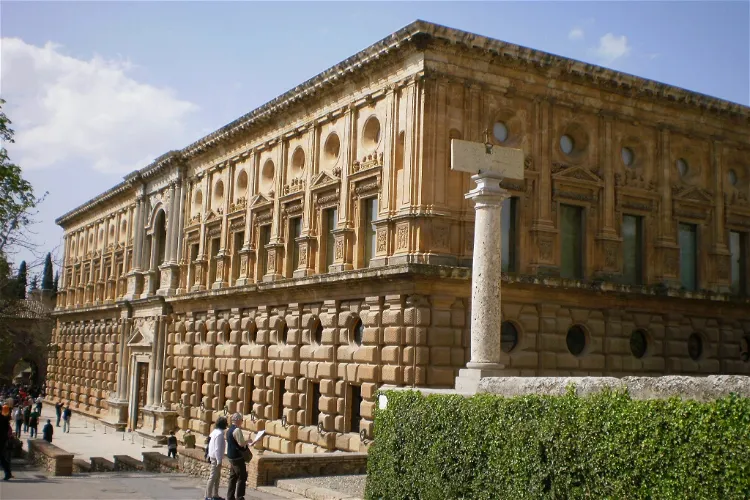
Museum of the Alhambra
GranadaThe Alhambra Museum, previously known as the National Museum of Hispano-Muslim Art, is located in the city of Granada. It is situated in the southern wing of the ground floor of the Palace of Charles V in the Alhambra. This location provides a unique setting for the museum, enhancing the historical and cultural experience for visitors.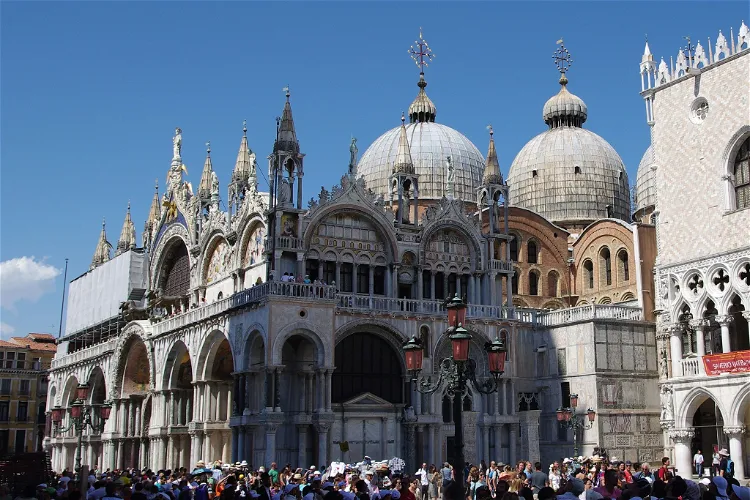
St Mark's Basilica
VeniceSt Mark's Basilica, situated in the heart of St Mark's Square, is a renowned example of Byzantine architecture. This cathedral is one of the most iconic church buildings in the city, showcasing the rich history and architectural prowess of Venice.
Tower of London
LondonAlso known as Her Majesty's Royal Palace and Fortress, The Tower of London was one of the many castles built as part of the Norman Conquest of England. It has been extended several times in the past and has always played a major role in English history. For some time, the Tower was used as a prison.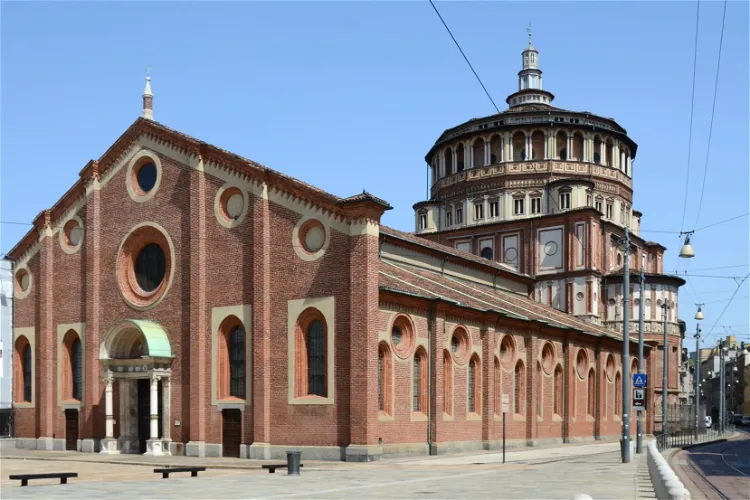
Santa Maria delle Grazie (The last supper)
MilanSanta Maria delle Grazie, located in Milan, northern Italy, is a church and Dominican convent that holds the status of a UNESCO World Heritage Site. This historic site is renowned for its architectural beauty and cultural significance, making it a notable destination for tourists visiting Italy.- 23
St. Stephen's Basilica
BudapestSt. Stephen's Basilica, known as Szent István-bazilika in Hungarian, is a significant religious building in Budapest, Hungary. It is dedicated to St. Stephen I of Hungary, the country's first king and a revered saint. As a Catholic place of worship, the Basilica holds a special place in the hearts of the locals and is a key attraction for visitors to the city. 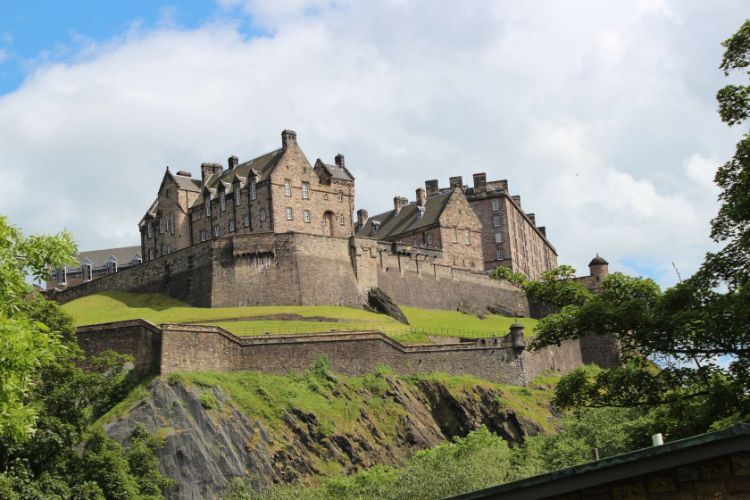
Edinburgh Castle
EdinburghThis most famous of Scottish castles has a complex building history. The oldest part, St Margaret’s Chapel, dates from the 12th century; the Great Hall was erected by James IV around 1510; the Half Moon Battery by the Regent Morton in the late 16th century; and the Scottish National War Memorial aft
Fraumünster Church
ZurichThe Fraumünster Church in Zürich is a historical site with a rich past. It was originally built on the remains of an abbey for aristocratic women, which was founded in 853 by Louis the German for his daughter Hildegard. This historical context adds a layer of depth to the church's significance and is a testament to its long-standing presence in the city.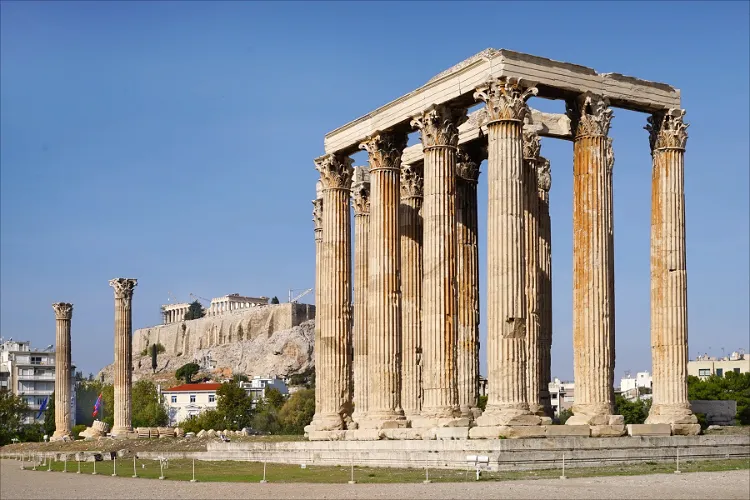
Temple of Olympian Zeus
AthensThe Temple of Olympian Zeus, also known as the Olympieion, is a significant historical site located at the foot of the Acropolis in Athens. This vast temple, of Corinthian order, is a testament to the rich history and architectural prowess of ancient Greece. Today, only fifteen columns of the original structure remain, but these still offer a glimpse into the grandeur of the past.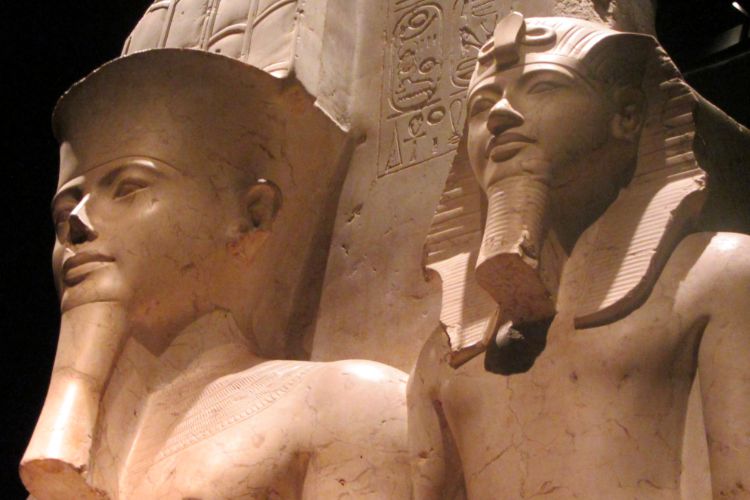
Egyptian Museum of Turin
TurinThe Egyptian Museum of Turin (Museo Egizio) is an archaeological museum in Turin that is dedicated to Egyptian archaeology and anthropology. The museum houses one of the largest collections of Egyptian antiquities, with over 30,000 artefacts. Highlight in the collection of the Egyptian Museum of Tur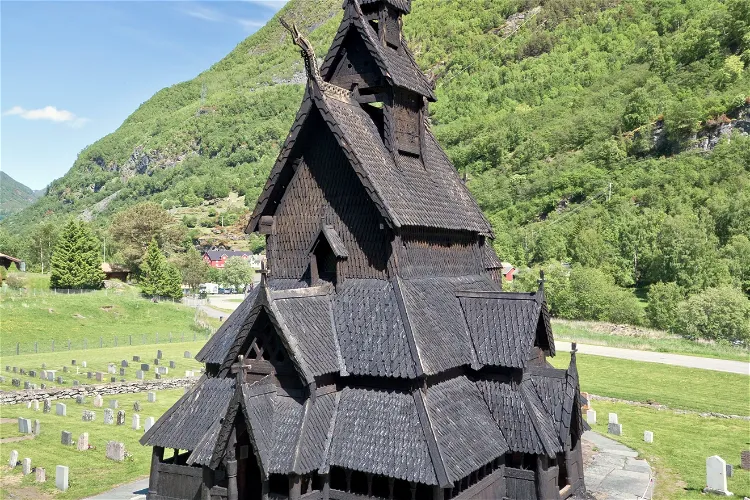
Borgund Stave Church
BorgundThe Borgund Stave Church is a historical monument located in Borgund, within the Lærdal municipality of Sogn og Fjordane county, Norway. This location is easily accessible and offers a unique opportunity to explore a piece of Norway's rich history.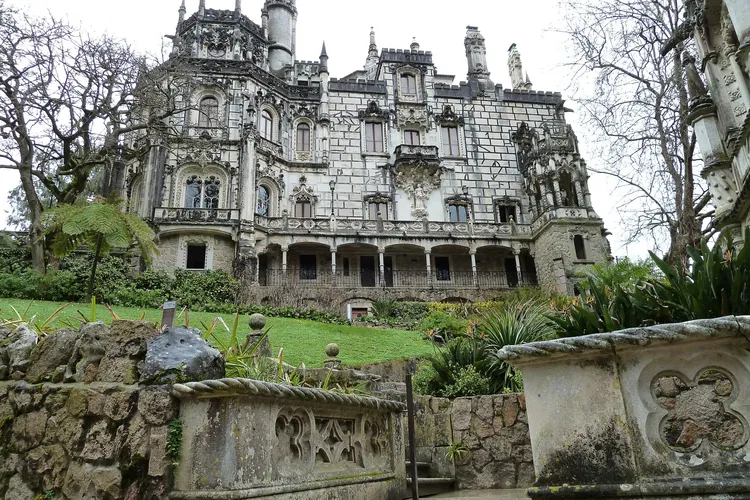
Quinta da Regaleira
SintraA magnificent mansion that features a chapel and an extensive and well-maintained park. It is also known as Palace of Monteiro the Millionaire. Completed in 1910, the palace's style is a mixture of Roman, Gothic, and Renaissance architecture. Worth noting are also the spectacular Gothic features of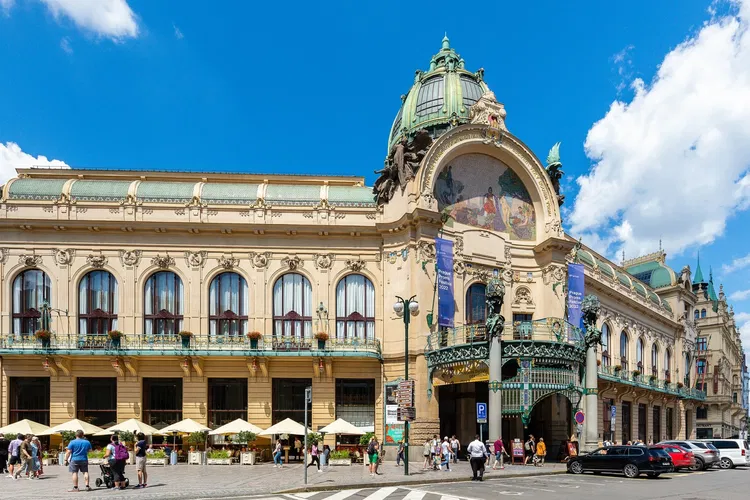
Municipal House
PragueThe Municipal House of Prague, known locally as Obecní dům, is a significant civic landmark and auditorium in the city. It holds a prominent place in the architectural and political history of the Czech Republic. This modernist masterpiece is located in the Republic Square, close to the Powder Tower, and is used for representative purposes.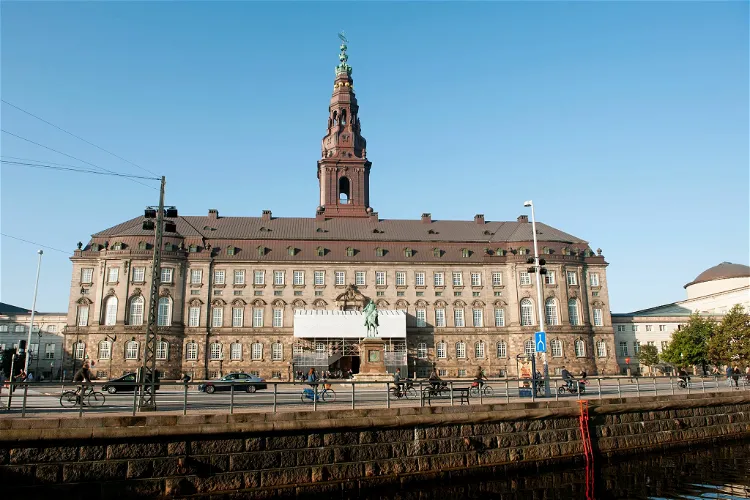
Christiansborg Palace
CopenhagenChristiansborg Palace, situated on the islet of Slotsholmen in central Copenhagen, is a unique blend of a palace and a government building. This dual function makes it a significant landmark in Denmark, offering visitors a glimpse into the country's political and royal history.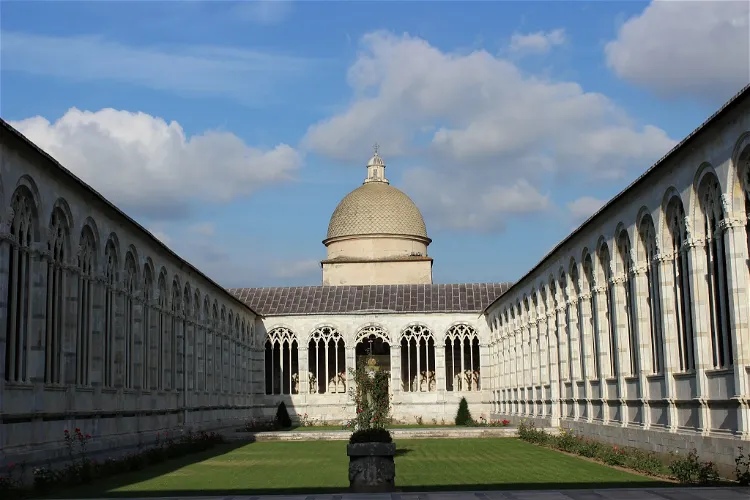
Camposanto
PisaLiterally "Holy Field", this peaceful cemetery holds the sacred soil from Golgotha. Built in the 13th century, it served as a burial place for wealthy Pisans. It is enveloped by beautiful arcades with many frescoes. Enjoy a tranquil stroll and marvel at imposing funerary monuments, historical sarcop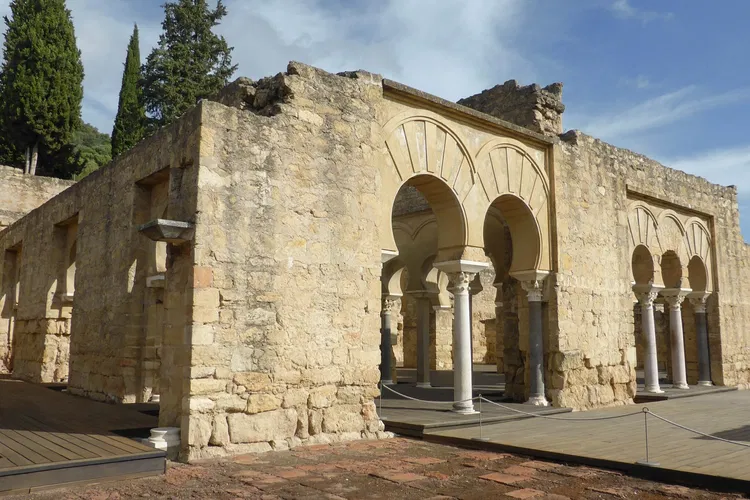
Madinat al-Zahra
CórdobaMadīnat az-zahrāʾ, also known as Medina Azahara, is a historical site located in southern Spain. It is situated approximately eight kilometers west of Córdoba and offers a panoramic view of the valley and the city of Córdoba. This former palace city is a significant part of Spain's rich history and is a fascinating destination for tourists interested in historical and architectural exploration.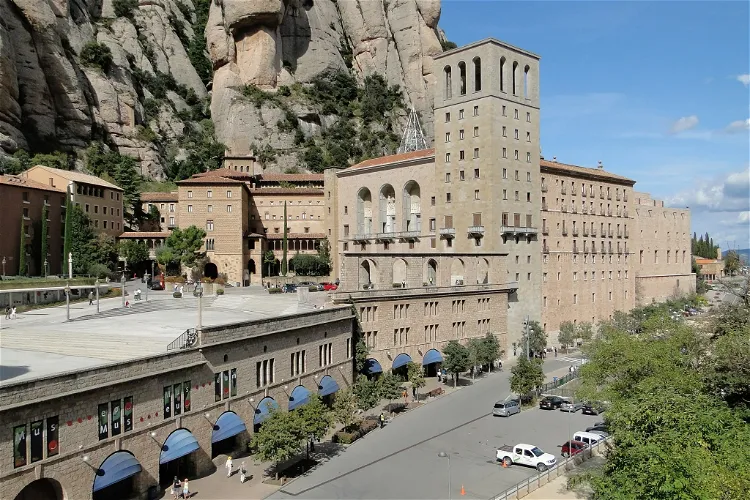
Montserrat Monastery
Monistrol de MontserratThe Montserrat Monastery, a Benedictine abbey, is situated in Catalonia. It is perched at an altitude of 720 meters on the eastern side of the Montserrat mountain, within the municipality of Monistrol de Montserrat. This location offers visitors a unique opportunity to experience the tranquility and beauty of the mountainous landscape while exploring the historical and religious significance of the monastery.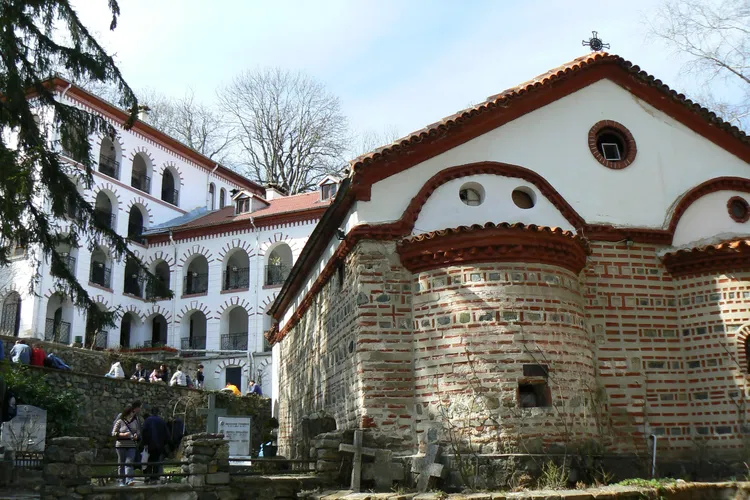
Dragalevtsi Monastery
SofiaThe Dragalevtsi Monastery of the Holy Mother of God of Vitosha is a Bulgarian Orthodox monastery situated on the lower slopes of Vitosha mountain, on the outskirts of Sofia, the capital of western Bulgaria. This location offers a serene and tranquil environment, making it an ideal place for tourists seeking peace and quiet. The monastery's location also provides a stunning view of the surrounding landscape, adding to its appeal for visitors.
Würzburg Residence
WürzburgThe Würzburg Residence is a former episcopal palace and a combination of rococo and baroque architecture. This historical building, which was built on the orders of the two prince-bishops von Schönborn, is a testament to the architectural prowess of the 18th century. The construction lasted from 1720 to 1744 and was designed by Johann Balthasar Neumann. The late baroque residence is considered one of the most important of its kind.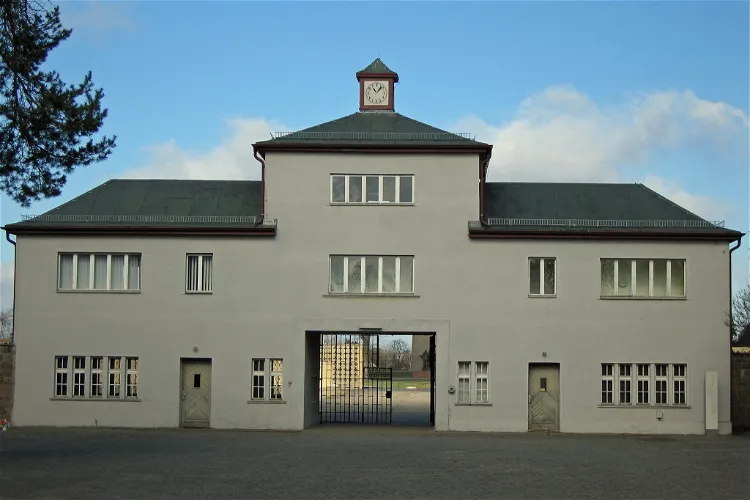
Memorial and Museum Sachsenhausen
OranienburgSachsenhausen, located in the region of Oranienburg in Brandenburg, Germany, was a concentration camp that was active from July 1936 to April 1945. This historical site provides a glimpse into a dark period of human history, and serves as a reminder of the atrocities committed during the Second World War.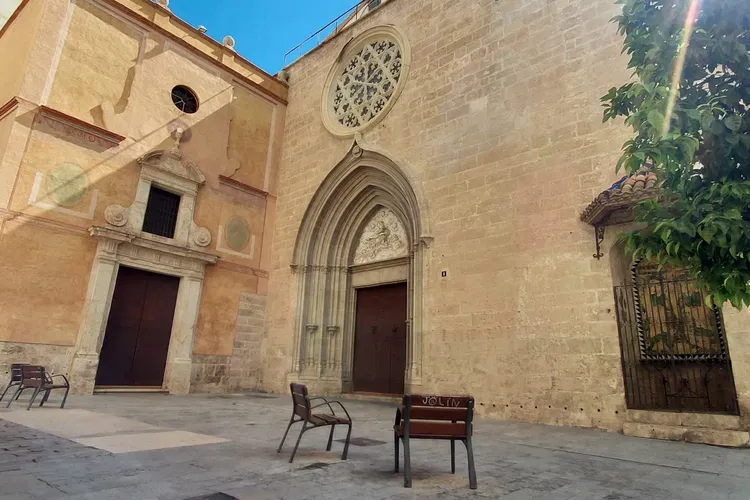
Church of San Nicolás
ValenciaThe Church of St. Nicholas and Peter, also known as the 'Sistine Chapel of Valencia', is one of the city's main attractions. Located in the El Carmen district in the historical center of Valencia, the church is renowned for its ceiling paintings. However, due to its location, it can be somewhat difficult for visitors to find as it is largely surrounded by other buildings.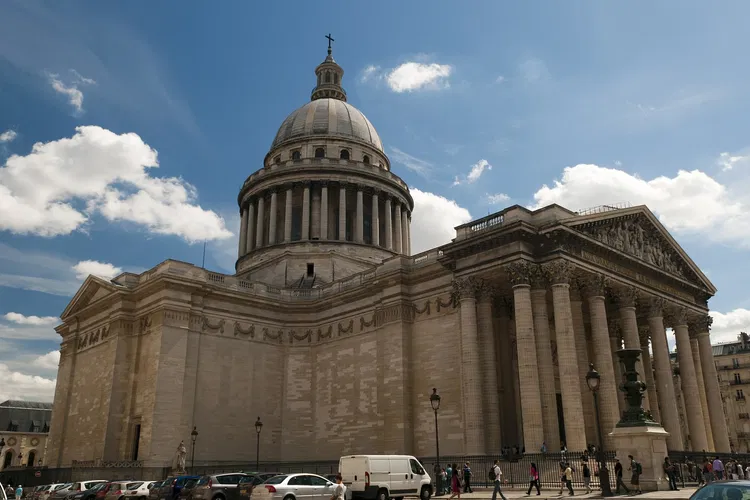
Panthéon
ParisThe Panthéon, located in the 5th arrondissement of Paris, is a significant historical monument. Originally, it was constructed as a church dedicated to Sainte-Geneviève in the 18th century. The architect behind this grand structure was Jacques Germain Soufflot. His vision was to create a classical building with the lightness of a Gothic cathedral. However, due to structural reasons, the open walls were made more massive during construction.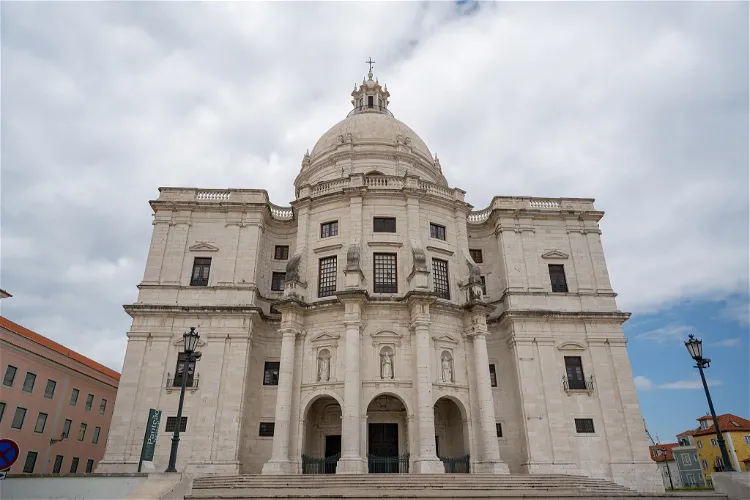
National Pantheon
LisbonThe Church of Santa Engrácia, a 17th-century monument in Lisbon, Portugal, serves as the National Pantheon. This historic site is the final resting place of many significant Portuguese personalities. Its location in the Alfama neighbourhood places it near another notable Lisbon monument, the Monastery of São Vicente de Fora.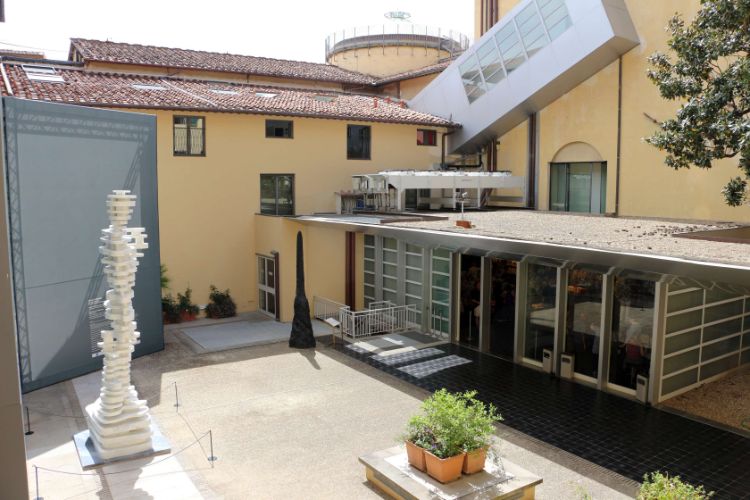
Accademia Gallery
FlorenceThe Accademia Gallery in Florence was founded in 1784 and holds Michelangelo's masterpiece - the statue of David. Apart from this famous sculpture, it holds other artworks by Michelangelo and a collection of Renaissance paintings. The marble statue of the Biblical hero David was created between 1501- Online discount!
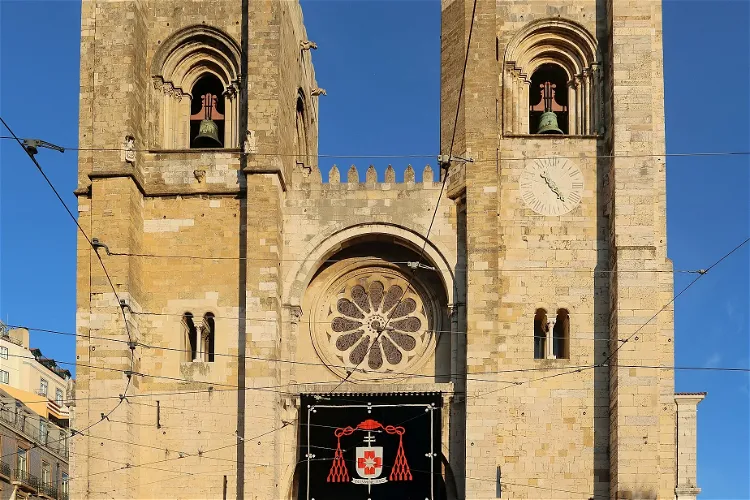
Lisbon Cathedral
LisbonSanta Maria Maior de Lisboa, also known as Sé de Lisboa, is the oldest church in Lisbon, Portugal. Its construction began in 1147 and has undergone several renovations. The cathedral has survived many major earthquakes, which is why it reflects different architectural styles today. This historical monument stands as a testament to the city's resilience and architectural evolution over the centuries. 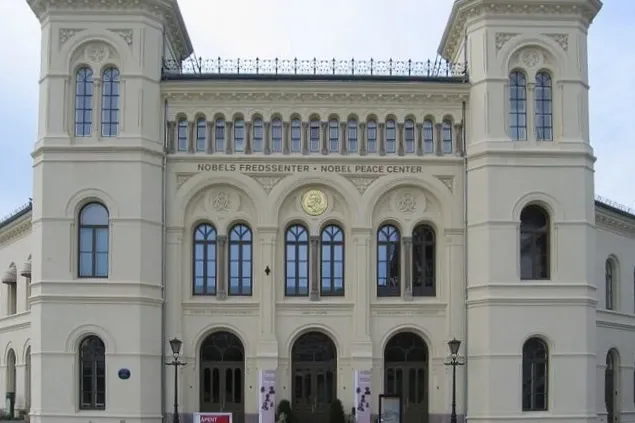
Nobel Peace Center
OsloThe Nobel Peace Center in Oslo, Norway, serves as a platform for the Nobel Peace Prize and the ideals it embodies. This center is not just a museum, but a place where culture and politics intersect to encourage involvement, discussion, and reflection on topics such as war, peace, and conflict resolution.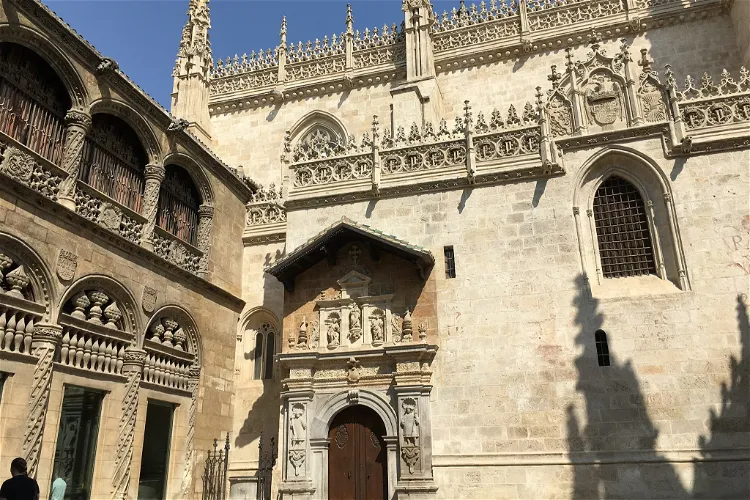
Royal Chapel of Granada
GranadaThe Cathedral of Granada, also known as Santa María de la Encarnación de Granada, is a significant religious site in southern Spain. It serves as the seat of the Archbishop of Granada. This historical monument is located in the heart of Granada, making it easily accessible for tourists.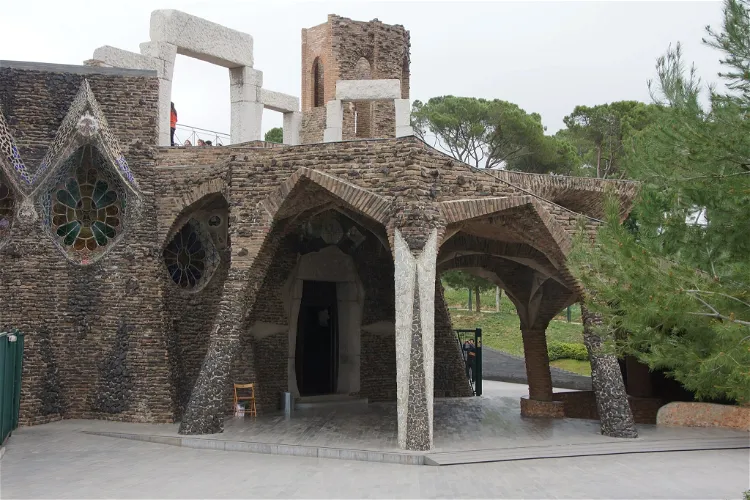
Church of Colònia Güell
Santa Coloma de CervellóThe church was commissioned by Gaudí's patron Eusebi Güell, but unfortunately, there was not enough money to finish it in the end. Gaudí managed to build only the crypt, but it is still worth visiting mainly for its exquisite interior and stained glass windows. It was declared a World Heritage Site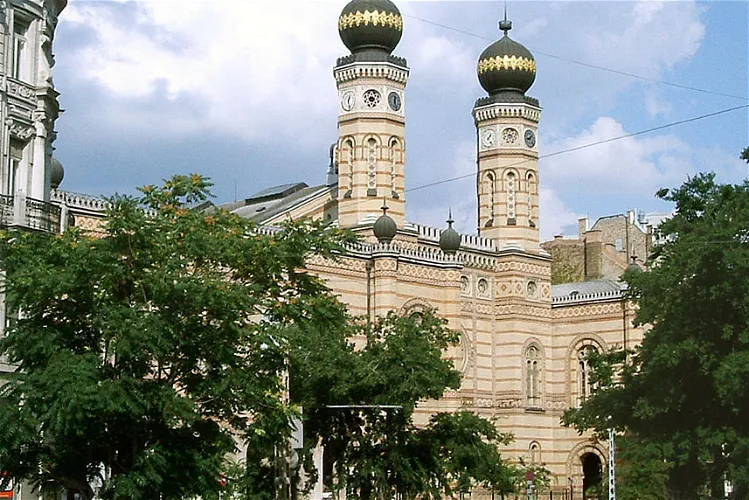
Dohány Street Synagogue
BudapestThe Dohány Street Synagogue, also known as the Great Synagogue, is a significant landmark in Budapest. It is located in the Erzsébetváros district, in the 7th arrondissement of Budapest. This location is easily accessible and is surrounded by other notable sites, making it a convenient stop for tourists exploring the city.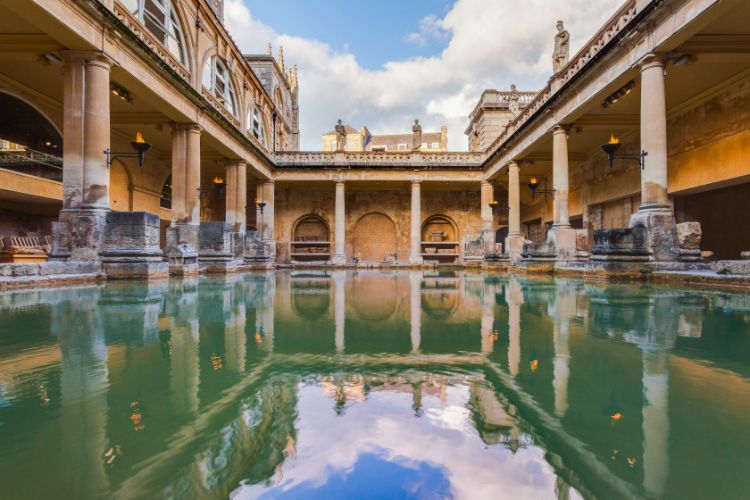
The Roman Baths
BathThe Roman Baths complex, located in the English city of Bath, is a historical site that offers a unique glimpse into the past. This well-preserved Roman public bathing site is situated below the level of the modern street and features four main points of interest: the Sacred Spring, the Roman Temple, the Roman Baths, and a museum housing artifacts discovered during excavations. The buildings at street level date back to the 19th century, adding another layer of historical interest to the site.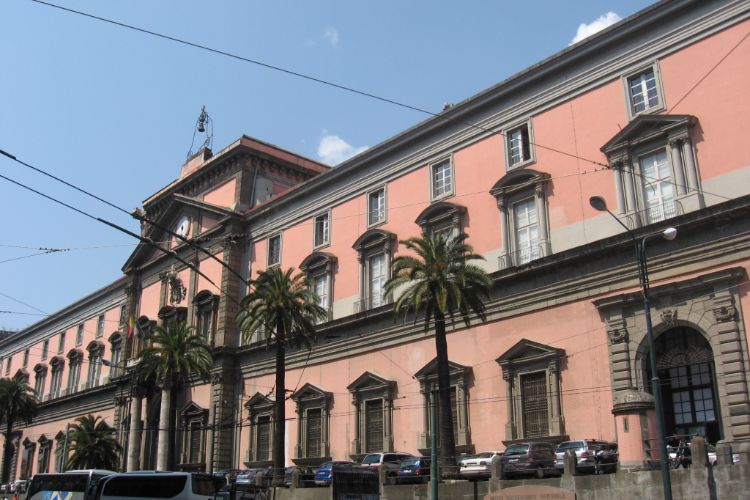
National Archaeological Museum of Naples
NaplesThe National Archaeological Museum of Naples (Museo Archeologico Nazionale di Napoli) is an hisotry museum in Naples mostly known for its ancient Roman remains. The collection the museum holds however, includes artifacts from Greek, Roman and Renaissance times, and especially Roman artifacts from ne- Online discount!
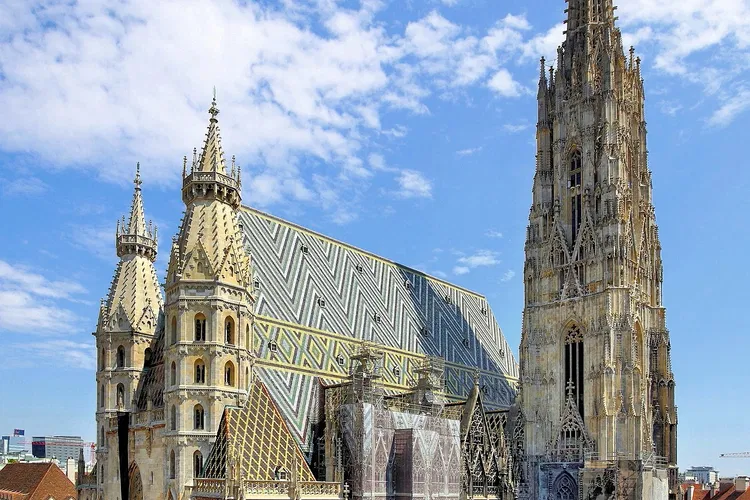
St. Stephen's Cathedral
ViennaSt. Stephen's Cathedral, also known as Stephansdom, is a Roman Catholic cathedral located in Vienna, the capital of Austria. It serves as the seat of the Archbishop of the Austrian Archdiocese of Vienna. This cathedral is not only a place of worship but also a symbol of Austrian history and identity. 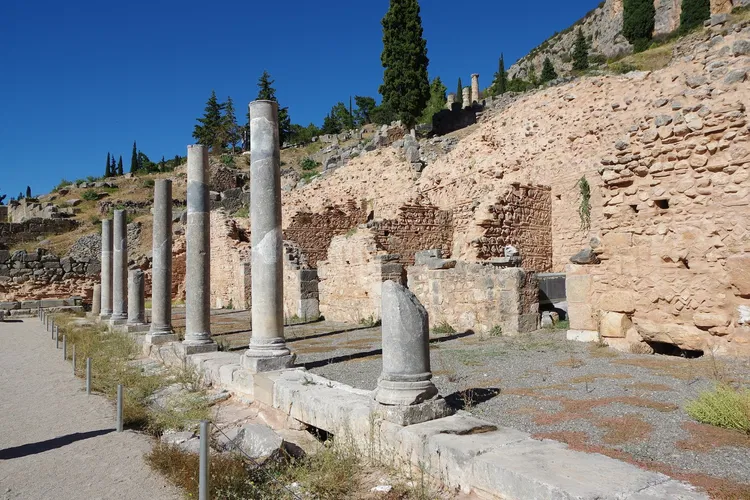
Ágora Romana
AthensThe Roman Agora, an ancient public square in Athens, is a significant historical site that offers a glimpse into the city's past under Roman rule. It is conveniently located a bit east of the original Agora and north of the Acropolis, in the current Plaka neighborhood, near Monastiraki square. This location makes it easily accessible for tourists exploring the city.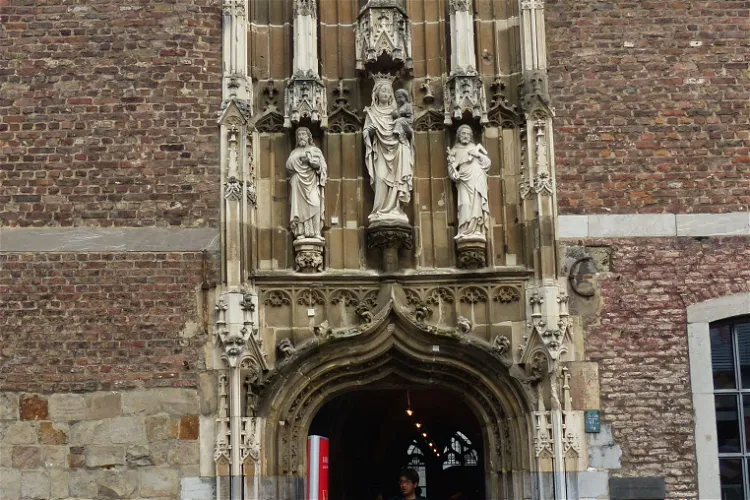
Aachen Cathedral Treasury
AachenThe Aachen Cathedral Treasury is recognized as one of the most significant ecclesiastical treasures in Europe. It houses a unique collection of precious objects from the Middle Ages, reflecting the rich history and cultural heritage of the region. Visitors can explore this vast collection, which offers a glimpse into the religious, artistic, and cultural practices of the past.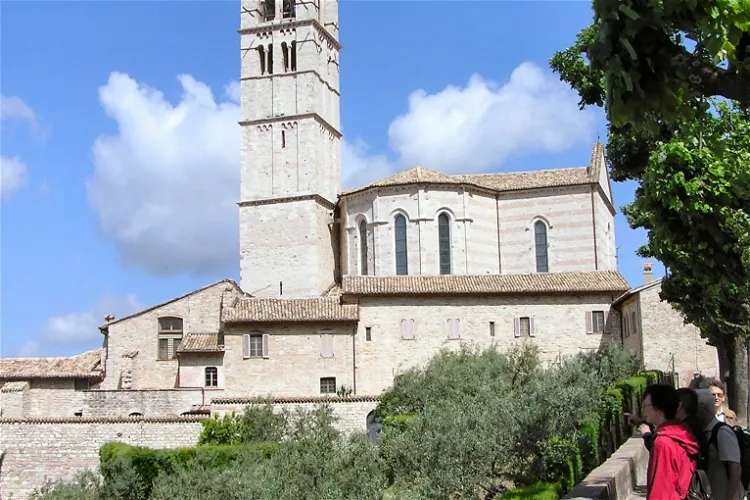
Basilica of Saint Clare
AssisiThe Basilica of Santa Chiara, located in Assisi, Umbria, Italy, is a church dedicated to Saint Clare of Assisi. This historic site is a significant place of worship and a testament to the life and works of Saint Clare. Visitors can explore the church's architecture and learn about its rich history.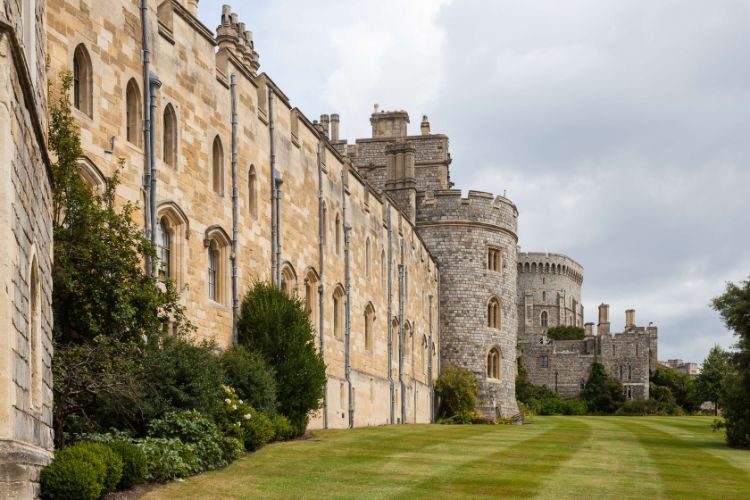
Windsor Castle
WindsorWindsor Castle, located in the town of Windsor in Berkshire County, is a royal castle with a rich history. It is renowned for its long-standing association with the English and later British royal family, as well as its impressive architecture. This castle has been a significant part of British history and culture, making it a fascinating destination for tourists interested in history, architecture, and the royal family.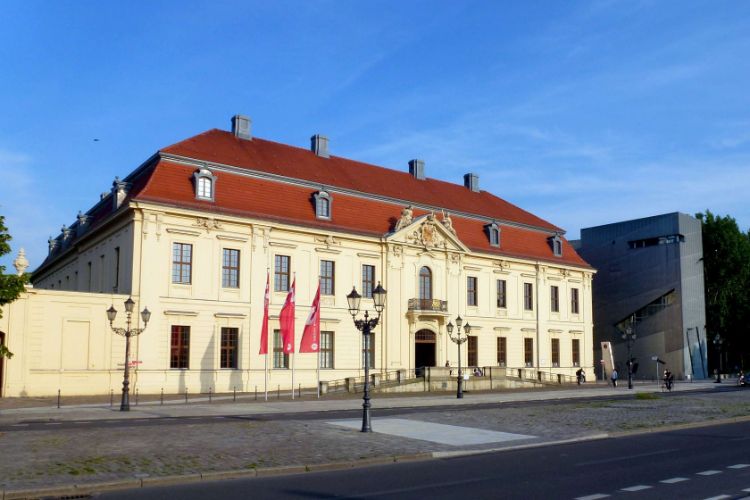
Jewish Museum
BerlinOpened in 2001, the Jewish Museum in Berlin ranks among the largest ones of its kind in Europe. Visitors can learn more about the history of German Jews from medieval settlements to the modern age and experience the history of Germany from the perspective of the Jewish minority. The museum consists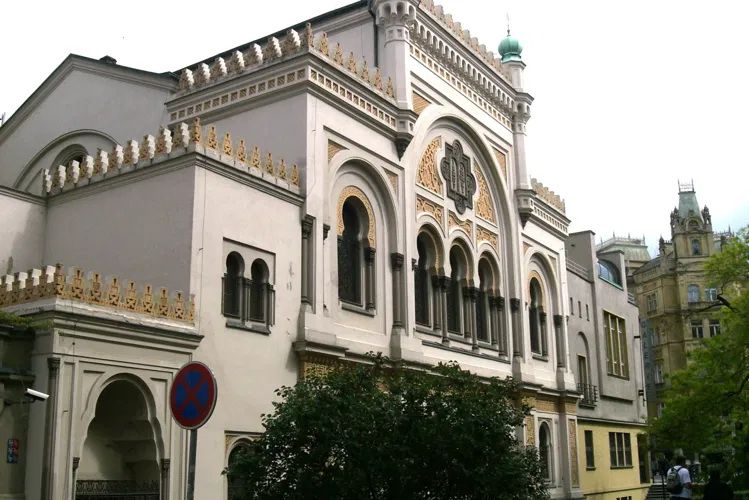
Spanish Synagogue (Prague)
PragueThe Spanish Synagogue, located in the Jewish Town of Prague, Czech Republic, is a former Conservative Jewish synagogue. It was completed in 1868 and is a beautiful example of Moorish Revival style architecture. This style was inspired by the art of the Arabic period of Spanish history, which is presumably why the synagogue was named 'Spanish'.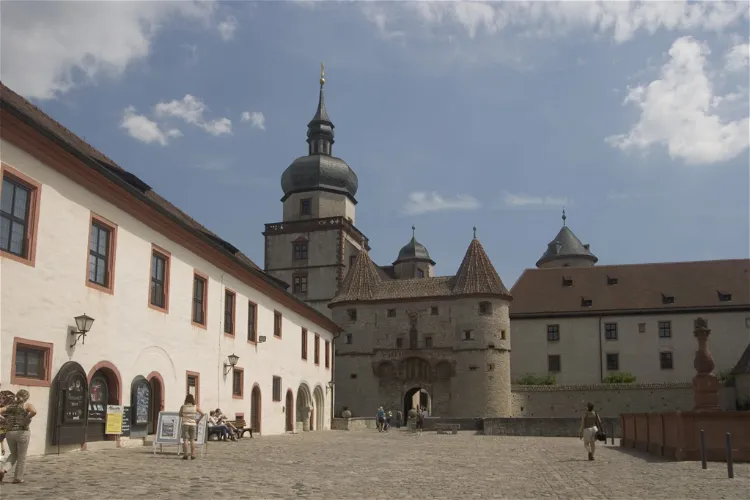
Marienberg Fortress
WürzburgMarienberg Fortress, the oldest structure in the city of Würzburg, Germany, stands on a hill by the Main River. This historic site was once the residence of counts before becoming the seat of prince-bishops. Its strategic location and rich history make it a fascinating destination for tourists interested in history and architecture.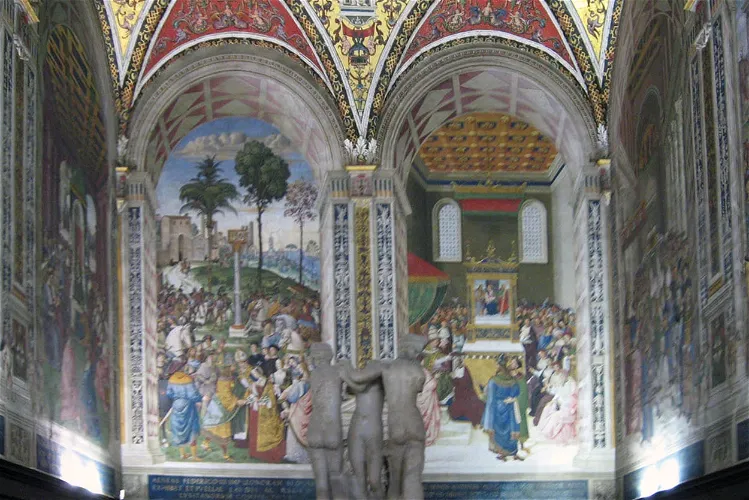
Piccolomini Library
SienaThe Piccolomini Library, located within the Siena Cathedral, is a significant historical site dedicated to the life of Pope Pius II. The library was established by his nephew, Cardinal Francesco Piccolomini, who was also the Bishop of Siena. The library houses precious book collections of the humanist Pope, Enea Silvio Piccolomini, who passed away in 1464. The library's entrance is from within the cathedral itself.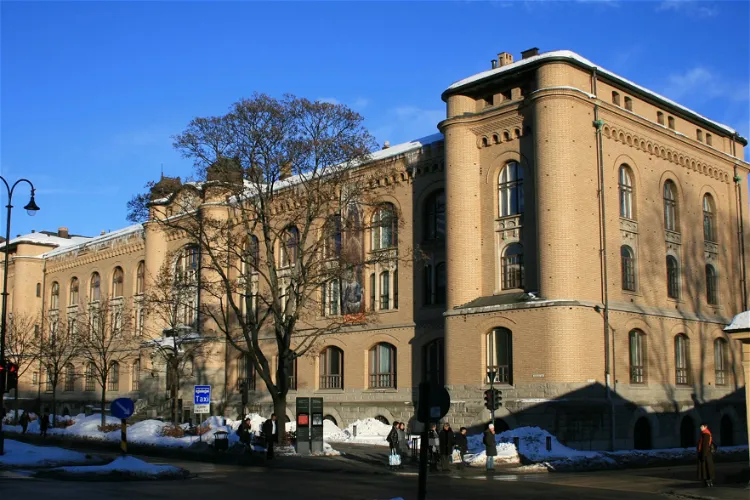
Historical Museum
OsloThe Historisk museum, located in Oslo, has been welcoming visitors since its opening in 1904. This museum is a testament to the rich history and culture of Norway, offering a unique opportunity to delve into the past and gain a deeper understanding of the country's heritage.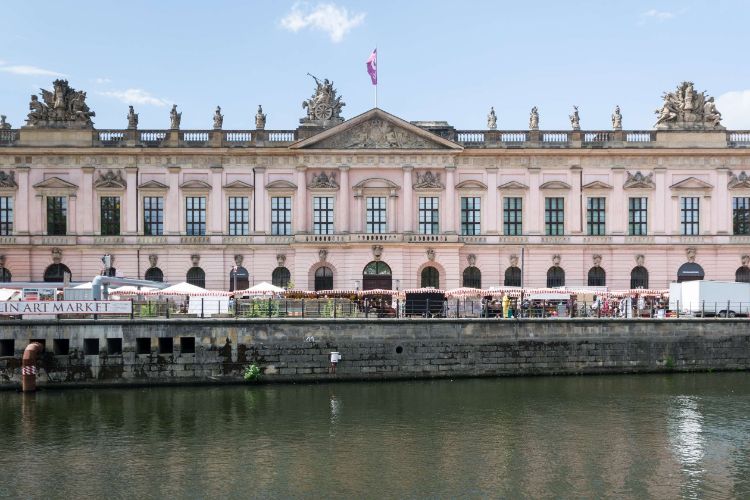
German Historical Museum
BerlinOpened in 1987, as part of the celebration of 750 years since the founding of Berlin, the German Historical Museum follows the long history of the German nation, as well as that of entire Europe. The museum is located in two main buildings, one modernist, other Baroque, which were erected some 250 y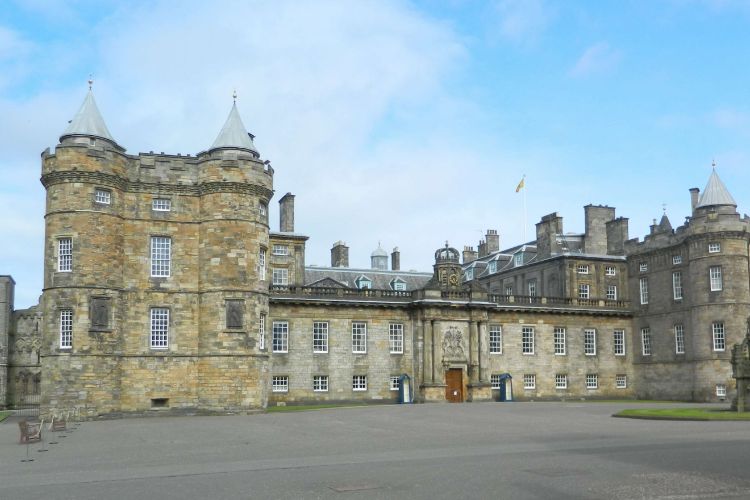
The Palace of Holyroodhouse
EdinburghThe Palace of Holyroodhouse, colloquially known as Holyrood Palace, has a rich history dating back to 1128 when it was founded as a monastery by David I of Scotland. Since the 16th century, it has served as the primary residence of the Scottish monarchs, with its last inhabitant being Queen Mary Stuart. This historical significance makes it a fascinating destination for those interested in Scottish history and royal residences.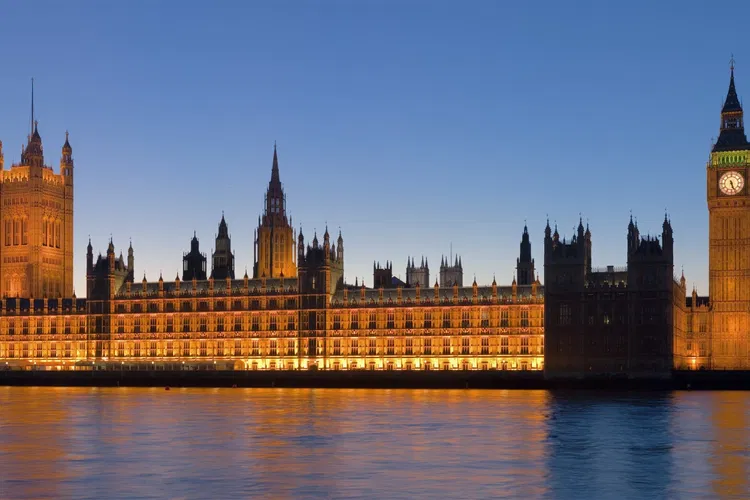
The Palace of Westminster - Houses of Parliament
LondonThe Palace of Westminster, also known as the Houses of Parliament, is a significant landmark located on the banks of the Thames in the London district of Westminster. This historic building serves as the seat of the British Parliament, making it a central hub of political activity in the United Kingdom. Its location offers visitors a picturesque view of the Thames, adding to the overall appeal of the site.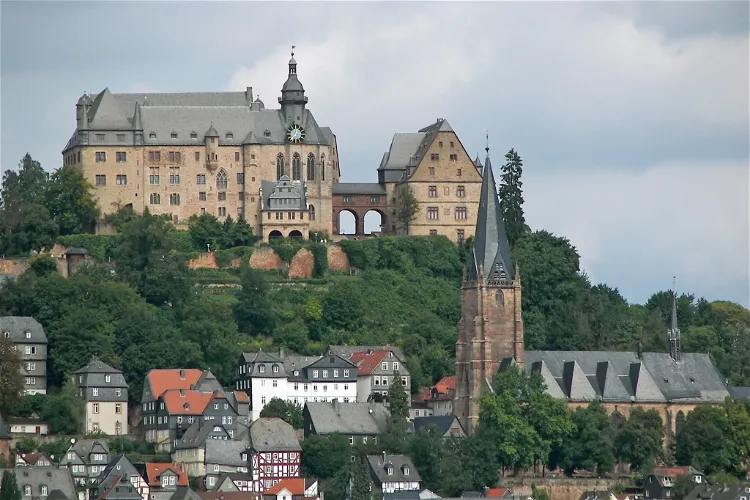
Marburger Schloss
MarburgMarbach Castle, located in the German city of Marburg, is a significant historical site. The city of Marburg originally formed around this fortress, which was constructed in stages starting from the 11th century. This castle has witnessed numerous historical events and changes, making it a fascinating destination for those interested in history and architecture.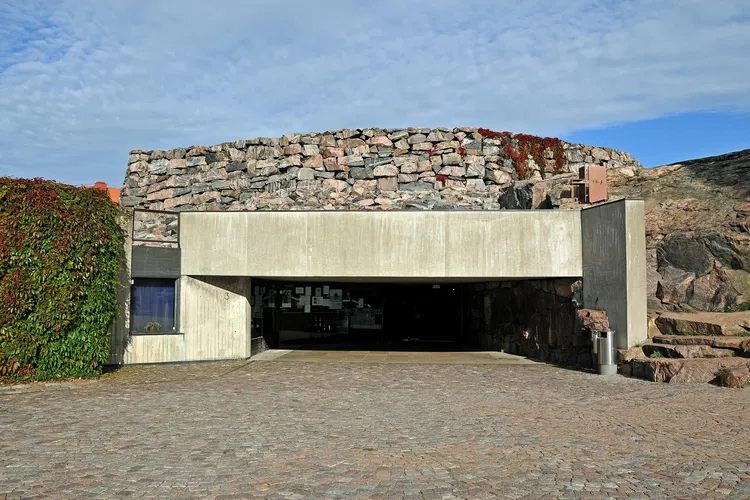
Temppeliaukio Church
HelsinkiThe Temppeliaukio Church, also known as the Church of the Rock or Rock Church, is a Lutheran church located in the Töölö neighbourhood of Helsinki, Finland. It was designed by the architect brothers Timo and Tuomo Suomalainen and was opened to the public in 1969. The church is unique in its design as it is built directly into solid rock, giving it its popular names.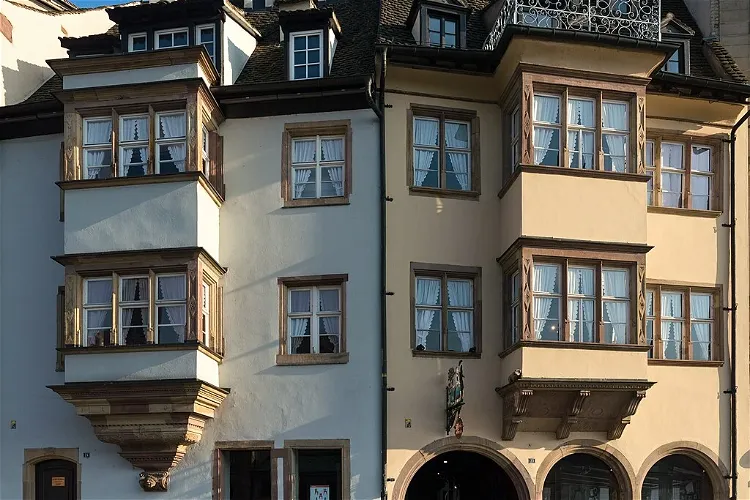
Alsatian Museum
StrasbourgThe Alsatian Museum, also known as Musée Alsacien, is a significant regional museum for Alsace. It was established in 1902 and is situated at 23, quai Saint-Nicolas in the old town of Strasbourg. The museum is a testament to the rich history and culture of the Alsace region, making it a worthwhile visit for those interested in understanding the region's past and its influences.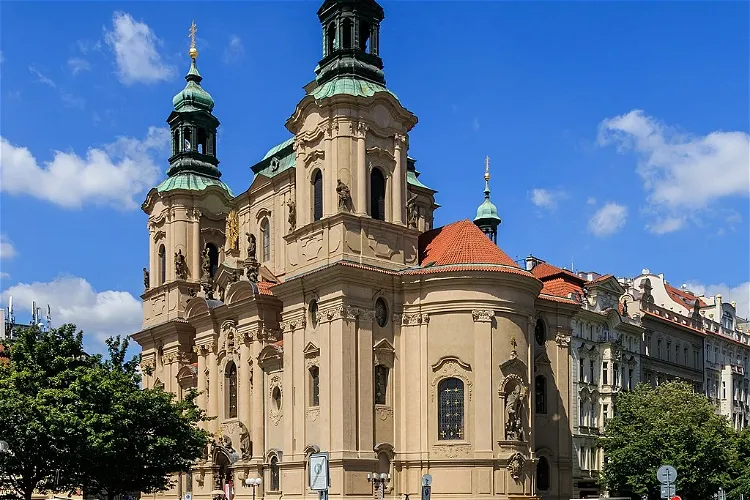
Saint Nicolas Church
PragueSt. Nicholas Church, situated in the old town area of Prague, is steeped in history. Its first mention dates back to a document from 1273, making it one of the oldest churches in the area. This historical significance adds a layer of depth to any visit, allowing tourists to step back in time and experience a piece of Prague's rich past.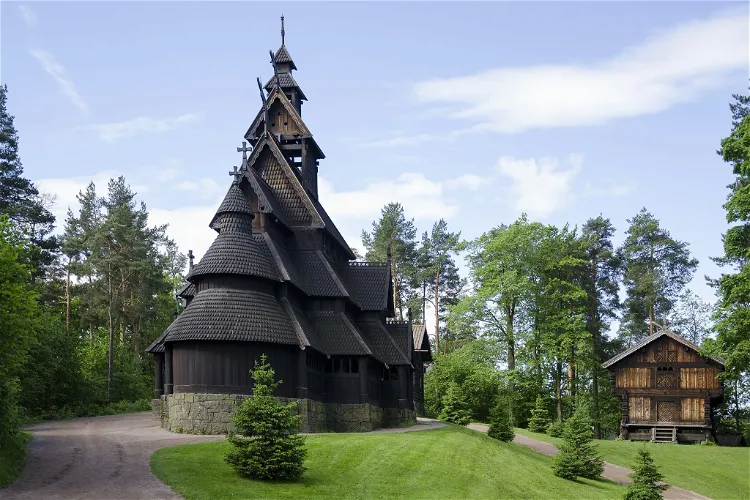
The Norwegian Museum of Cultural History
OsloThe Norwegian Museum of Cultural History, also known as Norsk Folkemuseum, is located in Bygdøy, Oslo, Norway. It is a cultural history museum that houses extensive collections of artifacts from all social groups and regions of the country. This provides a comprehensive insight into the diverse cultures and histories of Norway.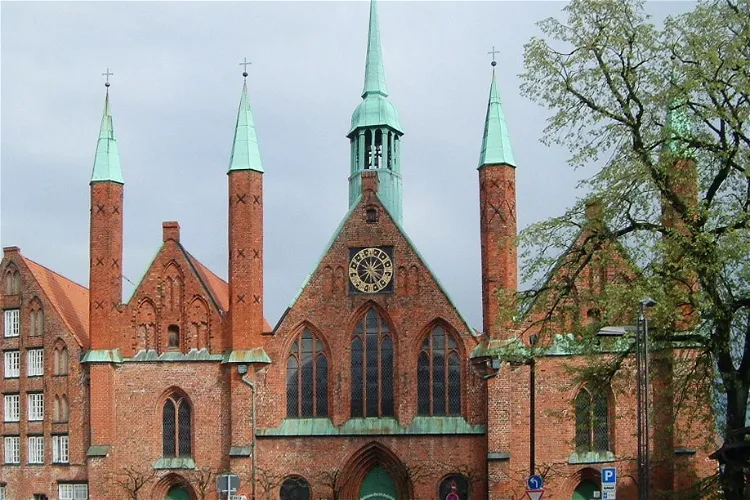
Hospital of the Holy Spirit
LübeckThe Hospital of the Holy Spirit, or Heiligen-Geist-Hospital, is a significant historical landmark in Lübeck. Constructed between 1227 and 1286, it stands as one of the best-preserved medieval hospices in Germany and is recognized as one of the oldest social institutions in Europe. Its rich history and architectural grandeur make it a fascinating destination for tourists interested in history, architecture, and social institutions.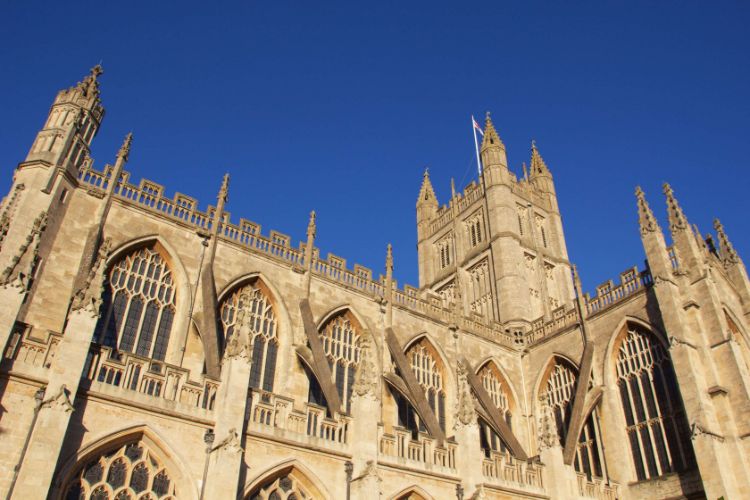
Bath Abbey
BathBath Abbey, also known as the Abbey Church of Peter & Paul, is an Anglican parish church located in Bath, Somerset, England. It was formerly a Benedictine monastery and was founded in the 7th century. The church underwent reorganization in the 10th century and was rebuilt in the 12th and 16th centuries. It is one of the largest examples of Perpendicular Gothic architecture in the West Country.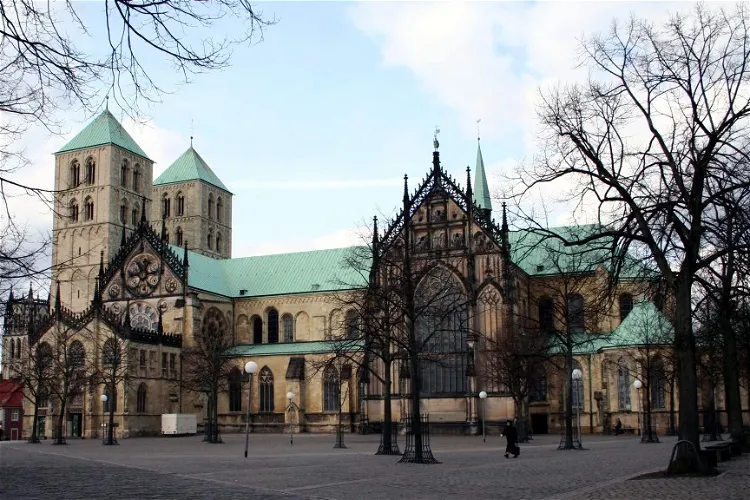
St. Paul's Cathedral, Münster
MünsterSt. Paul's Cathedral, also known as St.-Paulus-Dom, is a significant monument in the city of Münster, Germany. It stands as a testament to the city's rich history and architectural prowess. The cathedral's grandeur and prestige make it a notable point of interest for tourists visiting Münster.
DomQuartier Salzburg
SalzburgThe DomQuartier Salzburg, established in 2014, is a museum complex located in the city of Salzburg. It offers a unique blend of architectural structures and a display of both secular and sacred art collections centered around the Salzburg Cathedral and the Cathedral Square. The establishment of the DomQuartier has made several previously inaccessible areas open to the public.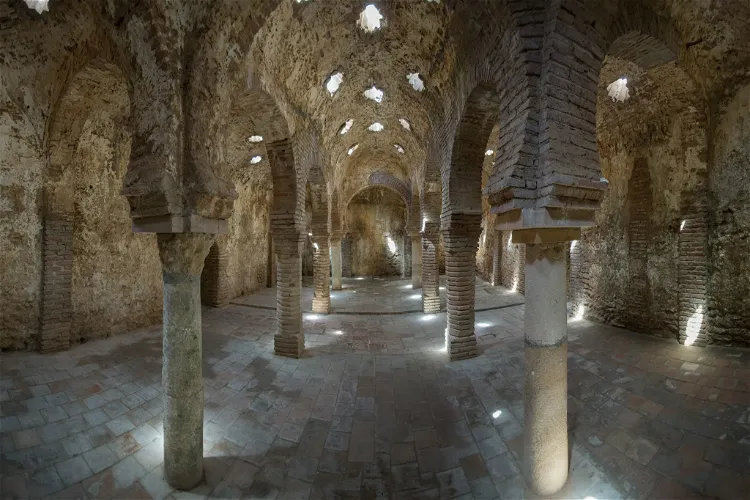
Arab Baths
RondaVisit the richly ornate spa complex that is really extraordinarily well preserved. Situated in a charming old quarter, too.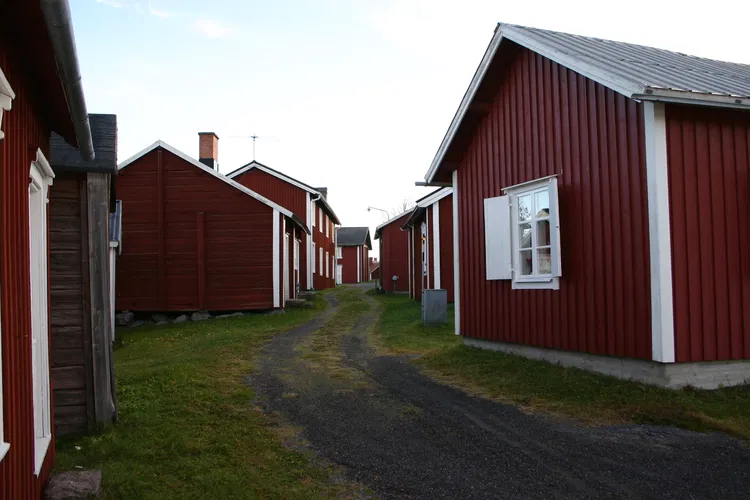
Gammelstad Church Town
LuleåCharming church village with hundreds of falu röd (typical red) wooden houses built around a church to accommodate pilgrims. The village was used to accommodate people visiting the church and allowed them to stay overnight and prepare for the long journey back. Miraculously, it was saved from fire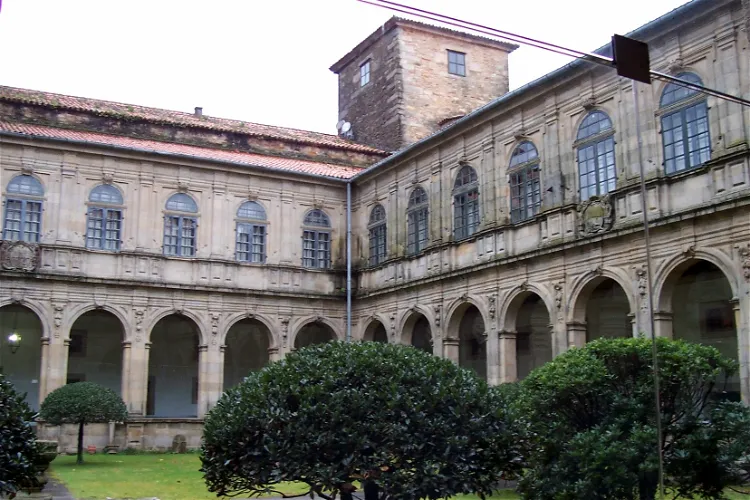
Museo do Pobo Galego
Santiago de CompostelaThe Museo do Pobo Galego, or Museum of the Galician People, is a private institution located in Santiago de Compostela. It was established in 1976 and opened to the public in 1977. The museum is housed in the former Dominican convent San Domingos de Bonaval, adding a layer of historical significance to the site.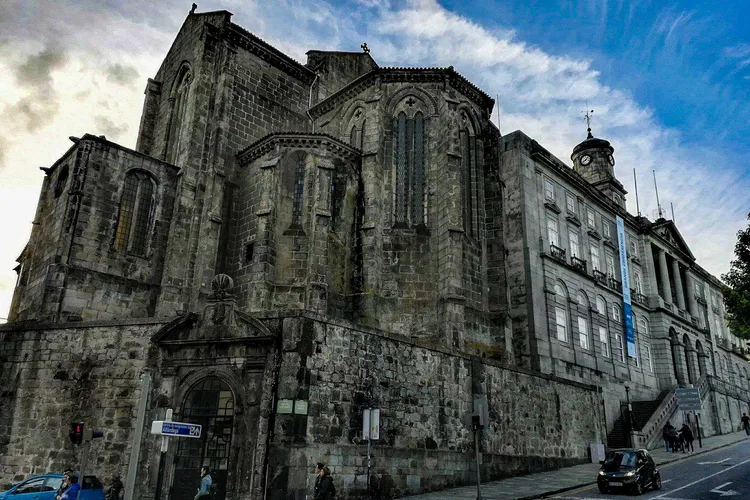
Church of São Francisco
PortoVisit this intriguing church built in the 14th century which mixes Gothic and Baroque influences into an interesting blend of styles. The interior boasts glamorous wood carvings that cover the stone structure of the church. The contrast between the plain façade and the richly decorated interior is s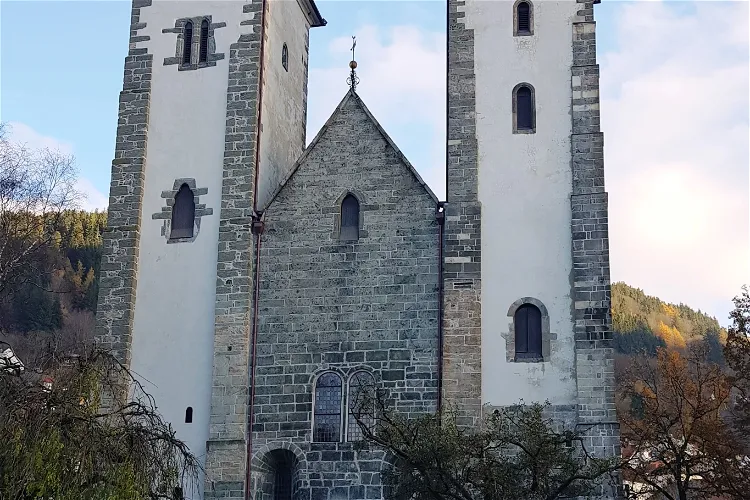
St. Mary's Church
BergenSt Mary's Church, also known as Mariakyrkja or Mariakirken, is a significant religious site located in the heart of Bergen, Norway. Situated in the Bryggen area, this parish church is part of the Church of Norway and is easily accessible due to its central location. It is one of the churches for the Bergen Cathedral parish, which is part of the Bergen domprosti (arch-deanery) in the Diocese of Bjørgvin.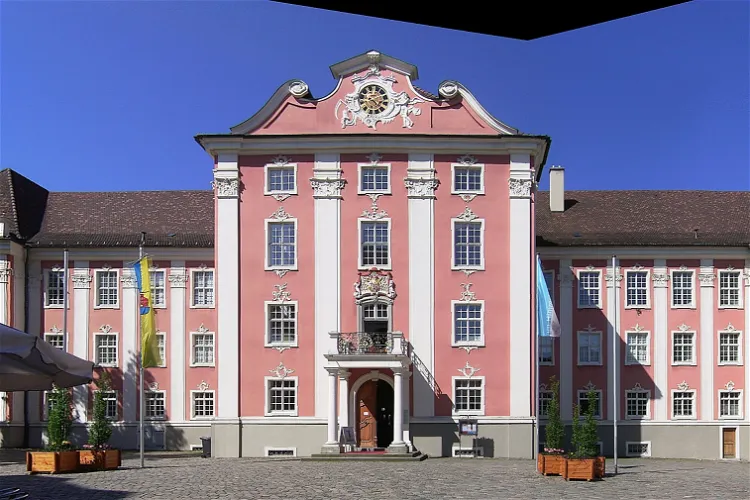
New Castle
MeersburgToday, the Neues Schloss Meersburg houses several museums, providing a diverse range of exhibits for tourists to explore. The Town Gallery (Städtische Galerie) and the Dornier Museum occupy the 2nd floor, while the Palace Museum of the Prince Bishops (Fürstbischöfliche Schlossmuseum) is located on the 3rd floor. The latter offers visitors the chance to view the residential and representation rooms of the prince bishops, refurnished with contemporary appointments from that era.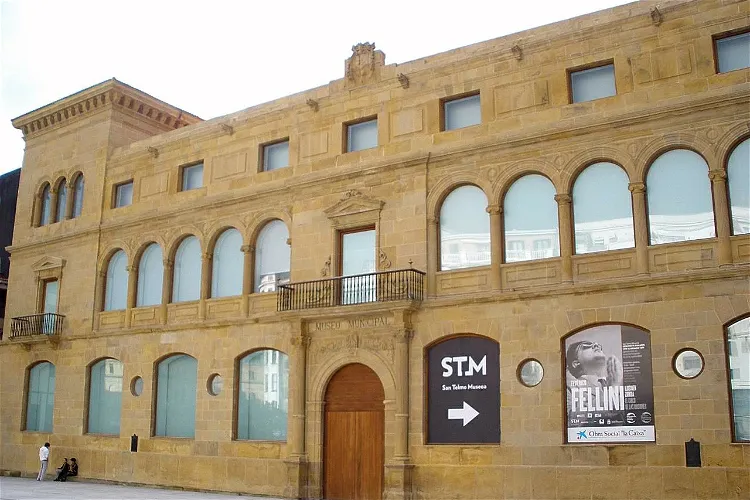
San Telmo Museum
San SebastiánThe San Telmo Museum is situated in a prime location in San Sebastián, Spain. It is nestled on the plaza de Zuloaga, adjacent to the scenic Mount Urgull. This location not only offers easy access to the museum but also provides visitors with stunning views of the surrounding landscape.
Museo dell'Opera del Duomo
FlorenceLocated just behind the cathedral, the Museo dell'Opera del Duomo was founded in 1891 to hold the works of art that were originally decorating the Baptistry of San Giovanni, the Duomo and Giotto's Bell Tower. There are over 750 medieval and Renaissance statues and reliefs situated over three floors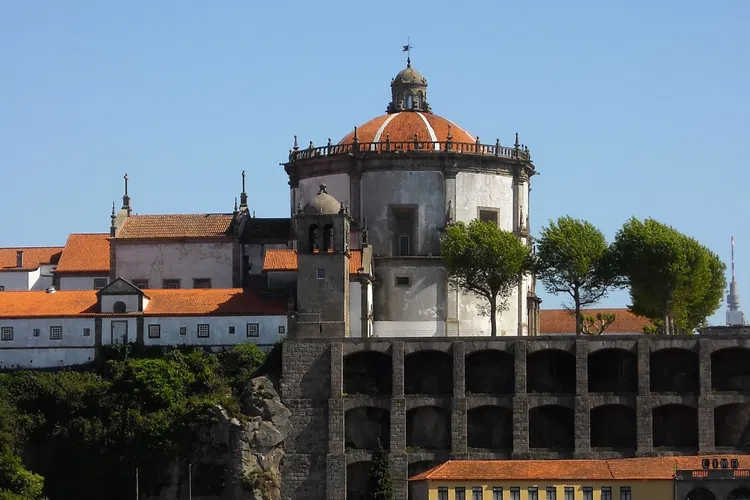
Monastery of Serra do Pilar
Vila Nova de GaiaThe Monastery of Serra do Pilar is a historical site located in Vila Nova de Gaia, Portugal. It is situated on the opposite side of the Douro River from Porto. This former monastery offers a unique perspective of the city and its surroundings.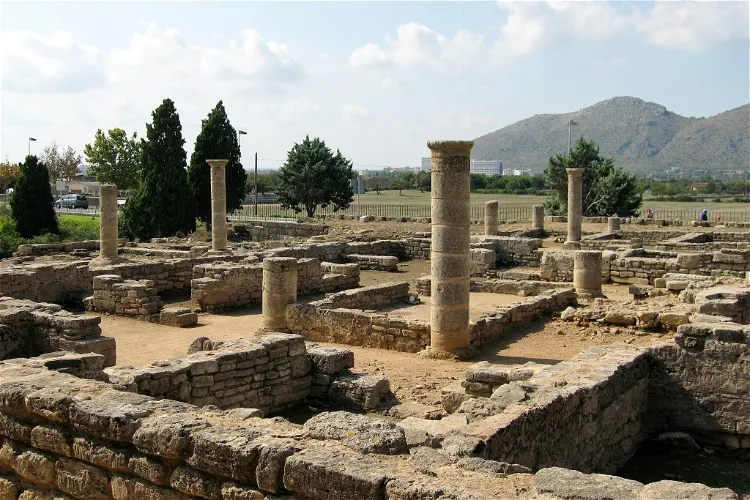
Roman City of Pollentia
AlcudiaPollentia, located in the municipality of Alcudia, is the most significant Roman archaeological site in Mallorca, Spain. This ancient city offers a unique glimpse into the Roman era, providing a rich historical context for visitors.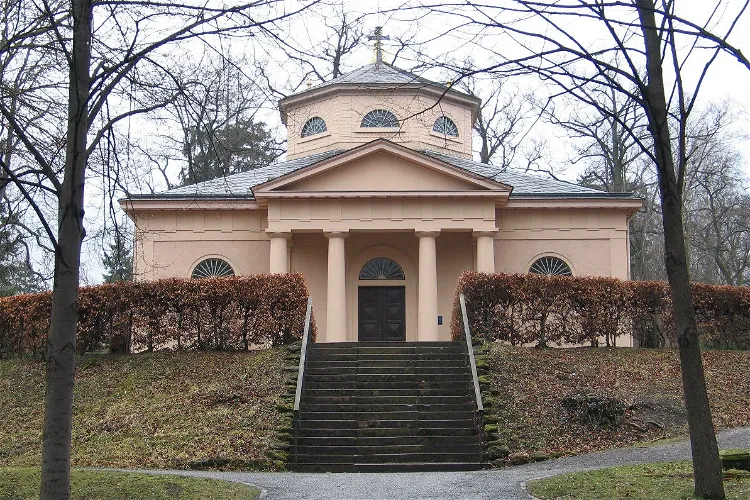
Classical Foundation Weimar
WeimarThe Klassik Stiftung Weimar, or Classical Foundation Weimar, is a major cultural institution in Germany. It boasts an impressive collection of over 20 museums, palaces, historic houses, and parks, along with a vast array of literary and art collections. This makes it a significant destination for those interested in exploring Germany's rich cultural history.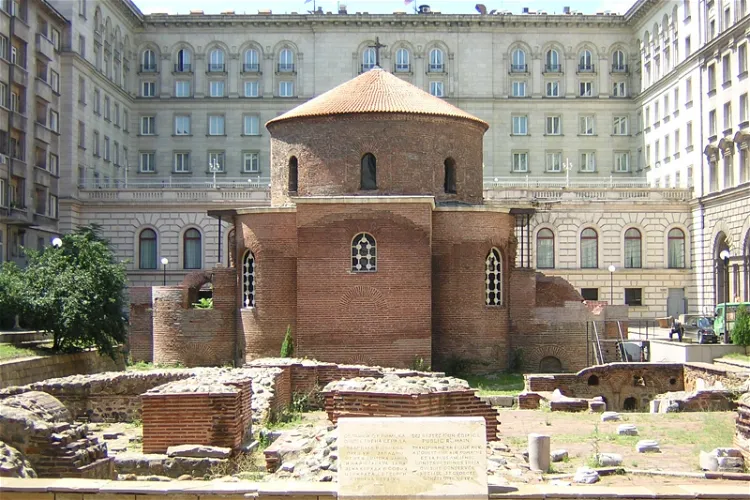
The Rotunda Church of St George
SofiaThe Rotunda of St. George, an early Christian church, is a significant historical site located in the heart of Sofia, Bulgaria. Constructed from red brick, the church is situated in the area known as Serdica, which is the historical center of the city. This location offers visitors a chance to explore the rich history of Sofia and its early Christian roots.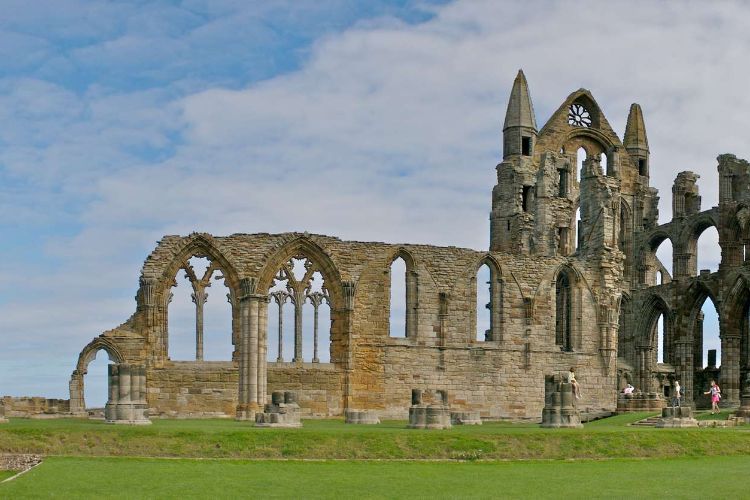
Whitby Abbey
WhitbyCholmley House, also known as Whitby Hall, is a historic banqueting house located adjacent to the ruins of Whitby Abbey in North Yorkshire, England. This significant structure was built in 1672 by Sir Hugh Cholmeley, a member of a family that had acquired the Abbey ruins and the surrounding land after its dissolution in 1539. The Cholmeley family resided in what had been the Abbey's gatehouse and guest lodgings until the construction of the house.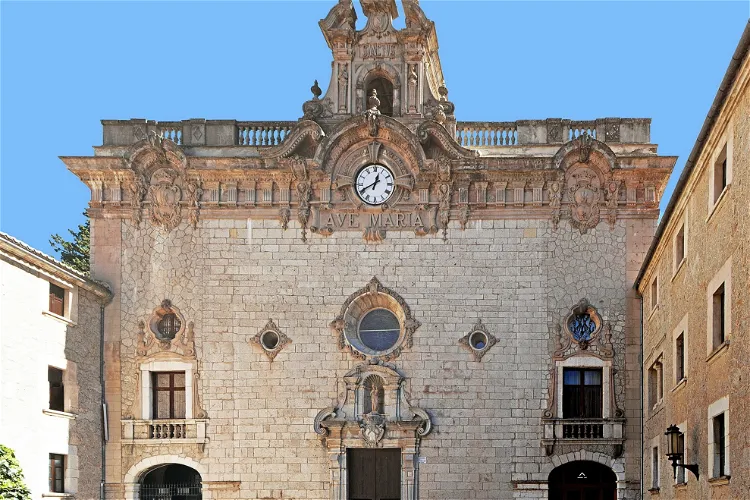
Lluc Sanctuary
EscorcaThe Lluc Sanctuary, also known as Santuari de Santa Maria de Lluc, is a significant religious site located in the Spanish municipality of Escorca. It is situated about 400 meters above sea level, nestled in the Tramontana mountain range on the island of Mallorca. This location offers visitors a unique blend of spiritual significance and natural beauty.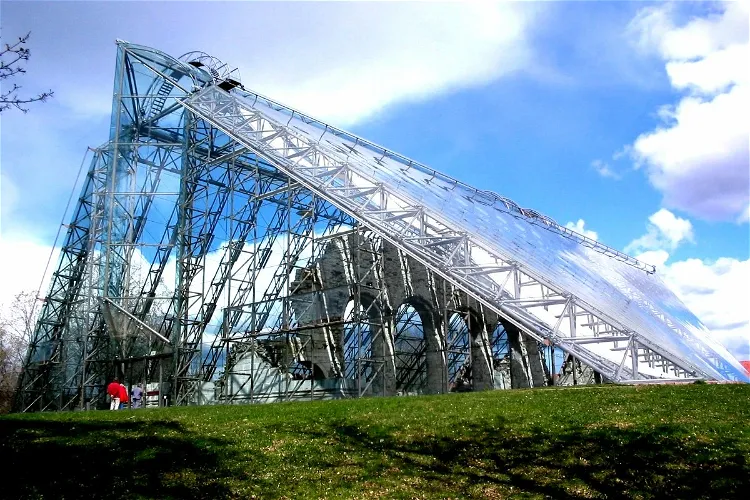
Hedmark Museum
HamarThe Anno Museum, located in the former county of Hedmark in southeastern Norway, is a regional group of cultural and natural history museums. Spread across 23 different locations, the museum offers a diverse range of exhibits and collections that reflect the rich history and natural beauty of the region.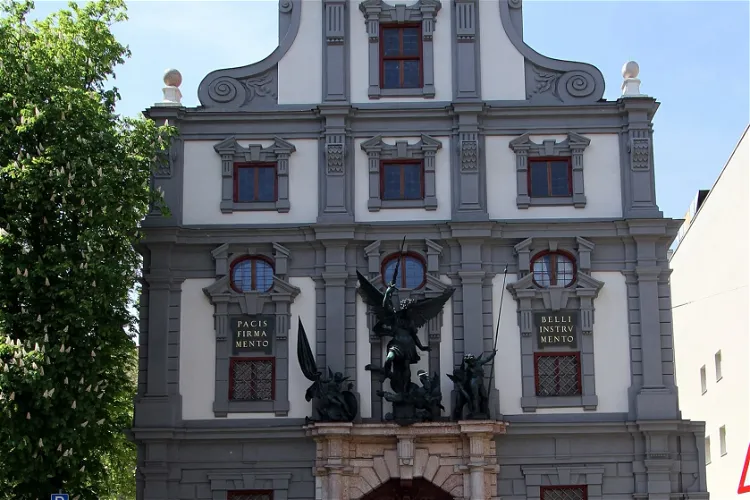
Armory house
AugsburgThe Armory, locally known as Das Zeughaus, is a significant historical building located in the old town of Augsburg. It was constructed between the years 1602 and 1607 by the renowned architect Elias Holl. This period piece of architecture offers a glimpse into the city's rich history and is a notable landmark in Augsburg.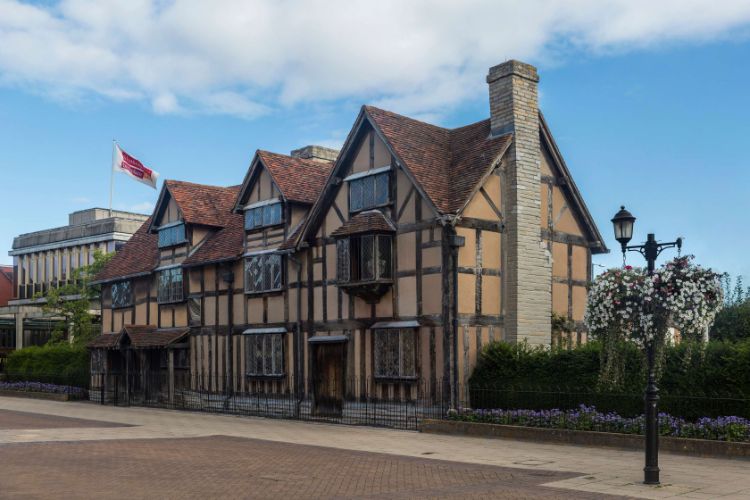
Shakespeare's Birthplace and the Shakespeare Centre
Stratford-upon-AvonThe White Lion Inn, a historical public house located in Henley Street, Stratford-upon-Avon, England, is an example of Elizabethan architecture. It first appears in historical records in 1591. The building was mentioned by both Harriet Beecher Stowe and Rupert Graves. The original building was demolished and rebuilt in 1753, making it one of the largest inns on the Holyhead Road.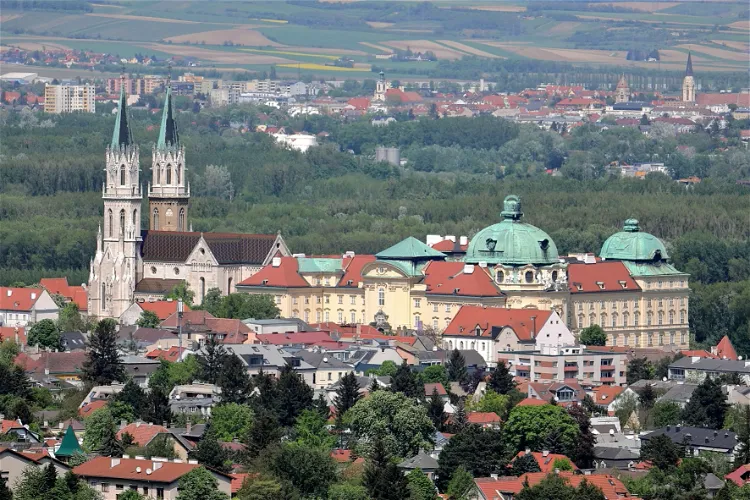
Klosterneuburg Monastery
KlosterneuburgThe Klosterneuburg Monastery, located northwest of Vienna in the town of Klosterneuburg, belongs to the congregation of the Austrian Augustinian Canons Regular. The complex has a rich history, dating back to its foundation by the Austrian Margrave Leopold III and his wife Agnes of Waiblingen in the early 12th century.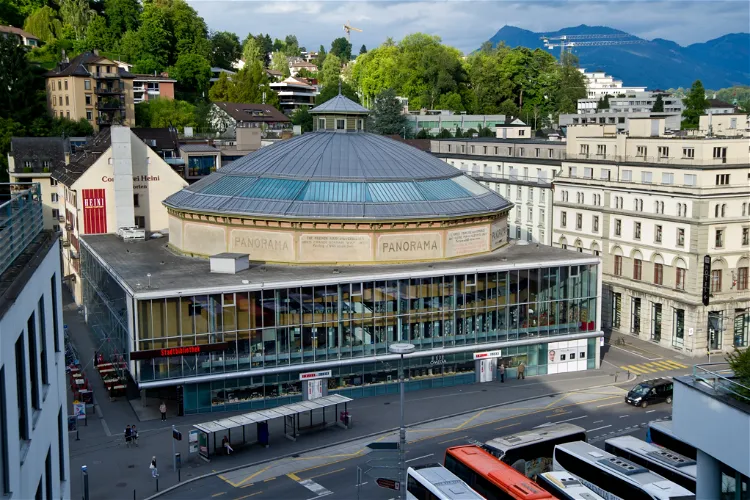
Bourbaki Panorama
LucerneThe Bourbaki Panorama in Lucerne is a unique cultural attraction that offers visitors a glimpse into the past. This panoramic circular painting, created by Edouard Castres, is not only a historical painting but also a museum and cultural center named after it. Recognized as a European cultural monument, the Bourbaki Panorama is a testament to the media history of the 19th century and a significant part of Lucerne's cultural heritage.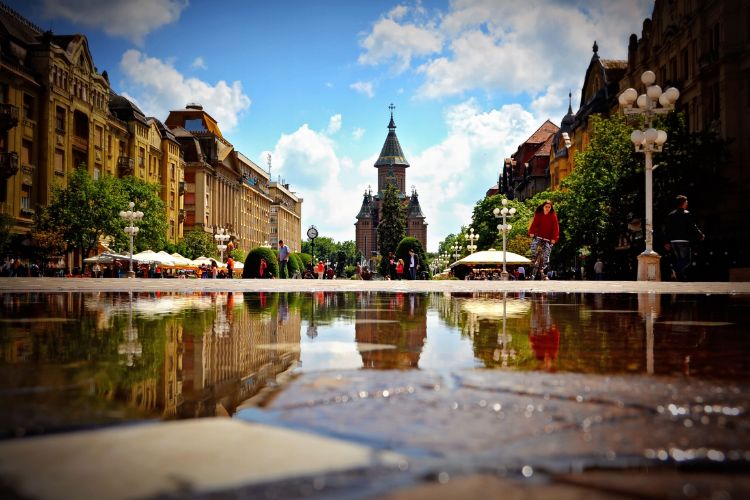
Timișoara Orthodox Cathedral
TimișoaraThe Timișoara Orthodox Cathedral is a Romanian Orthodox in Timișoara that is the seat of the Archbishop of Timișoara and Metropolis of Banat. The Cathedral holds and displays historic and artistic religious items, including a large collection of old Romanian icon paintings, a collection of early wri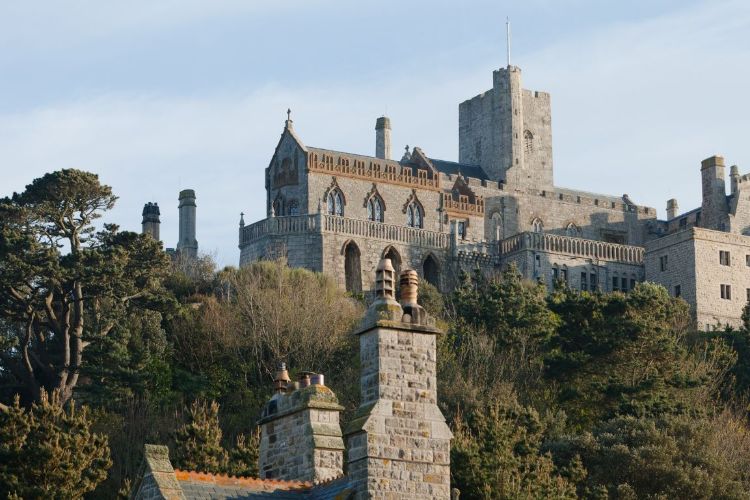
St Michael's Mount
MarazionSt Michael's Mount is a unique destination for tourists, offering a blend of natural beauty and historical significance. This pyramid-shaped granite island is located in Mount's Bay in Cornwall, approximately a kilometer from the town of Penzance, in the southwest of Great Britain. The island is accessible at low tide, providing a unique experience for visitors.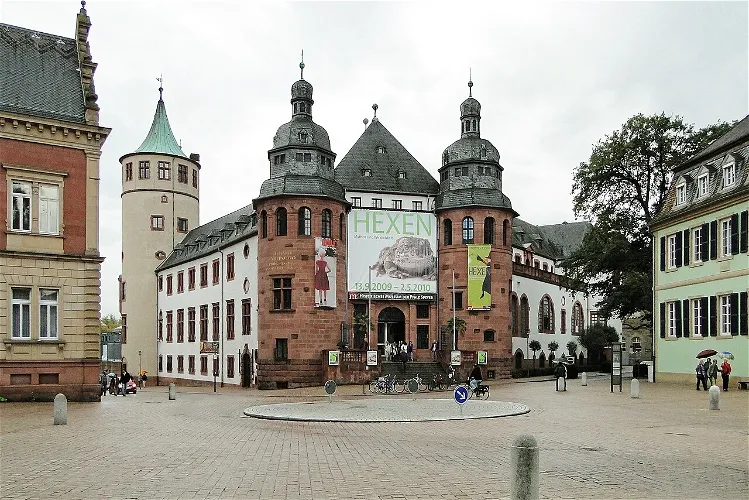
Historical Museum of the Palatinate
SpeyerThe Historical Museum of the Palatinate is conveniently located in the city of Speyer, just across the square from the iconic Speyer Cathedral. This makes it an easy addition to any itinerary that includes a visit to the cathedral. The museum's location in the heart of the city also means it is easily accessible by public transportation or on foot.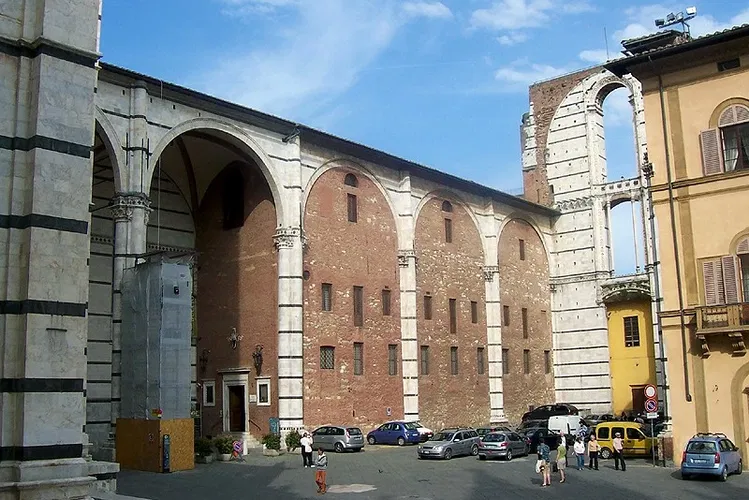
Museo dell'Opera del Duomo (Siena)
SienaThe Museo dell'Opera Metropolitana del Duomo is a museum located in Siena, Italy. It is dedicated to preserving the works of various artists who have contributed to the city's rich cultural and artistic heritage over the centuries. These works were created for the dome, baptistery, and oratory of San Bernardino, some of the city's most significant architectural landmarks.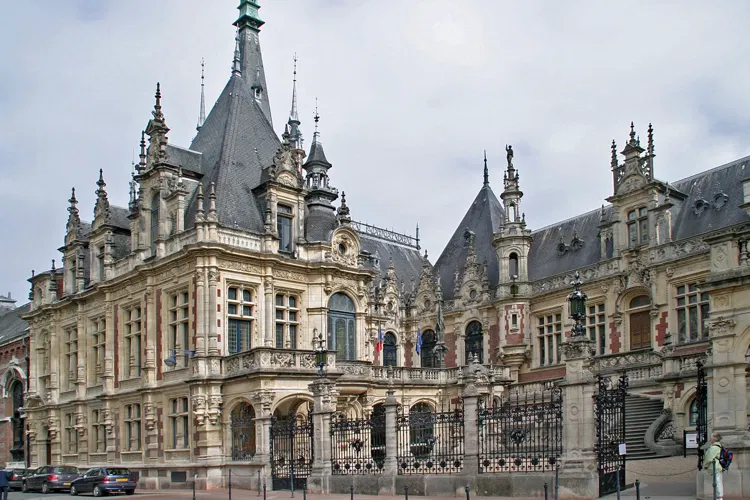
Benedictine Palace
FécampThe Benedictine Palace is not only a historical monument but also a functioning distillery with cellars. In addition, it houses a museum that showcases a variety of collections, including carved ivories, coins, locks, and ancient religious paintings. In 1988, a space dedicated to contemporary art exhibitions was added, further enriching the cultural offerings of the palace.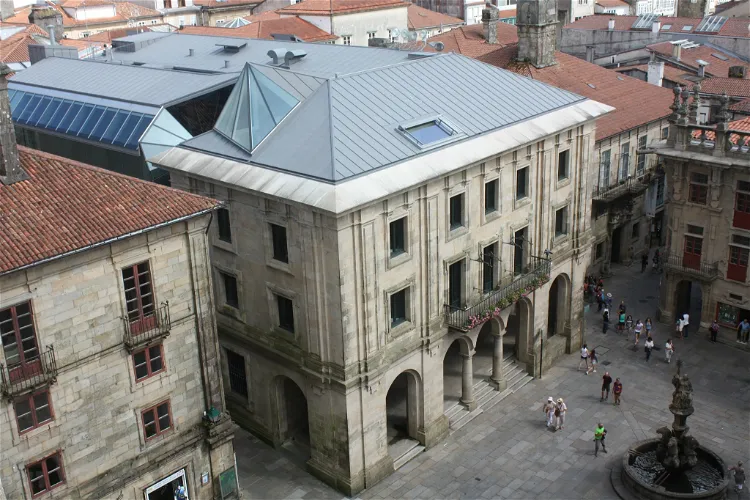
Museum of Pilgrimages and Santiago
SantiagoThe Museum of Pilgrimages and Santiago, established in 1951, is a cultural institution dedicated to the phenomenon of pilgrimage. It is situated in Santiago de Compostela, a city known for the Camino de Santiago, the cathedral, and the Jacobean phenomenon of the tomb of the apostle Santiago the Greater. The museum provides a deep insight into the cultural and historical aspects of these significant religious events and places.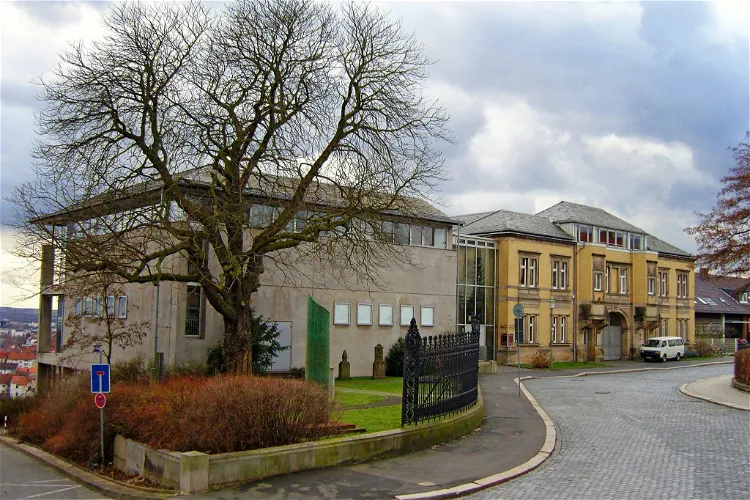
Museum für Sepulkralkultur
KasselThe Museum für Sepulkralkultur, located on Weinbergstraße in Kassel, is a cultural history museum that opened its doors in 1992. It is dedicated to the themes of death, burial, mourning, and remembrance, providing a unique perspective on these universal aspects of human life.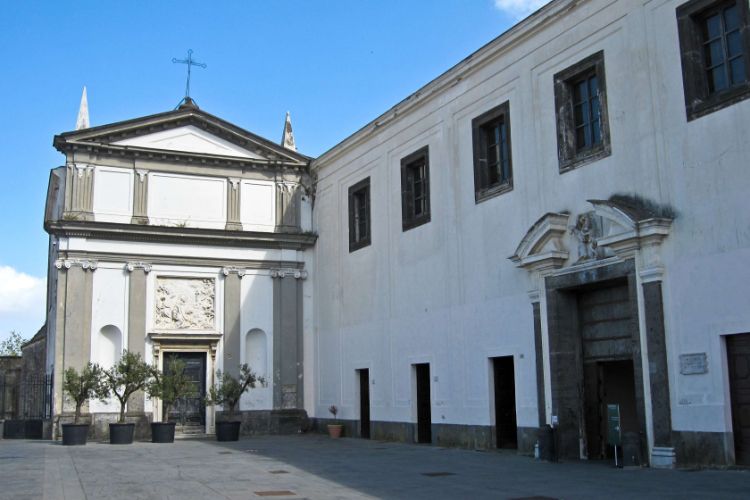
Certosa e Museo di San Martino Napoli
NaplesCertosa e Museo di San Martino Napoli (Charterhouse of St. Martin) is a museum in Naples and is a former monastery complex on top of the Vomero hill. The museum houses collections of Spanish and Bourbon era artifacts, as well as displays of the presepe (Nativity scene) that is considered to be one o
Fountains Abbey
RiponFountains Abbey, located in North Yorkshire, England, is a historical site that dates back to 1132. It was originally a Cistercian monastery, but now stands as a monument in ruins. Despite its current state, the abbey still holds significant historical value and offers a glimpse into the past.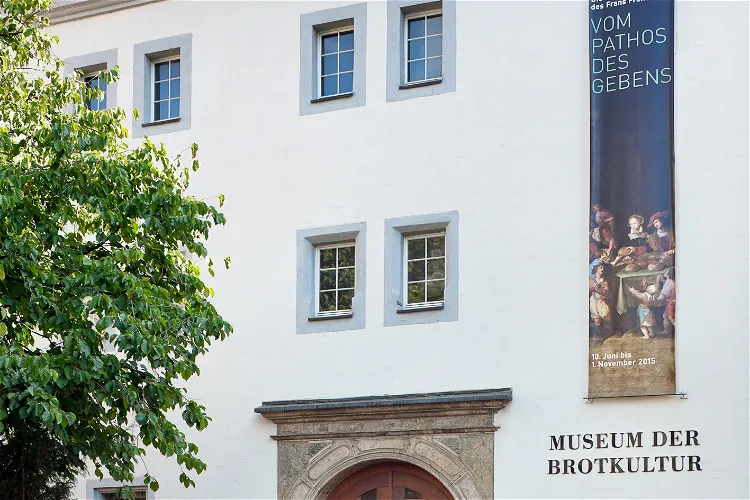
Museum Bread and Art
UlmThe Museum Brot und Kunst – Forum Welternährung in Ulm is a unique knowledge museum that showcases the importance of grain, bread, and culture in human development. It provides a comprehensive understanding of the natural, technical, and social historical aspects of bread production, as well as the symbolism of bread as a metaphor for life in Jewish-Christian thought.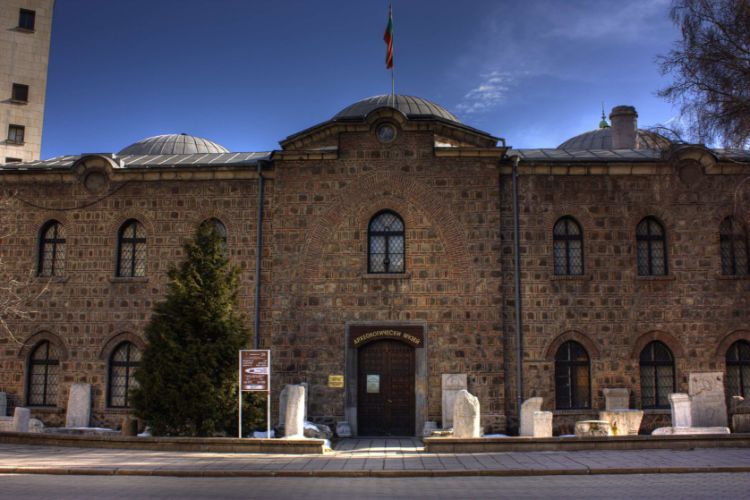
National Institute and Museum of Archaeology
SofiaThe National Institute and Museum of Archaeology (National Institute of Archaeology with Museum in Bulgarian Academy of Sciences) is devoted to the culture of tribes and peoples that have occupied present day Bulgaria from the remote past until the 18th century. The museum is an archaeological museu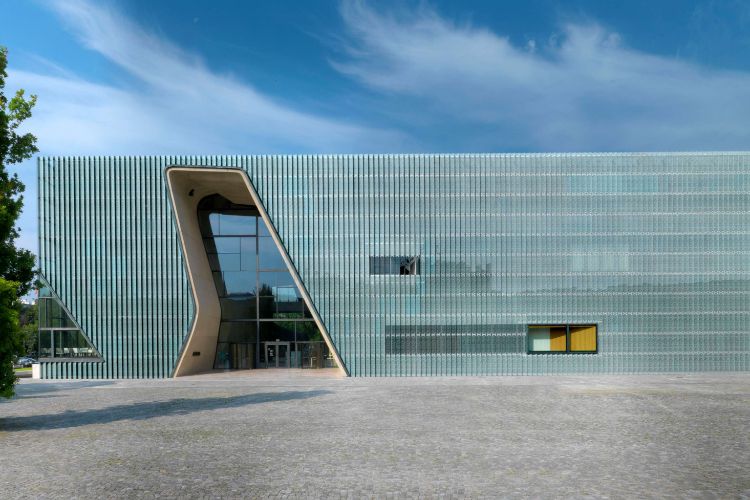
POLIN Museum of the History of Polish Jews
WarsawThe POLIN Museum of the History of Polish Jews is a museum in Warsaw that is dedicated to the history of Judaism in Poland. The museum is located on the site of the former Warsaw ghetto, opposite the memorial commemorating the 1943 uprising in the ghetto. The exhibition covers consists of eight gall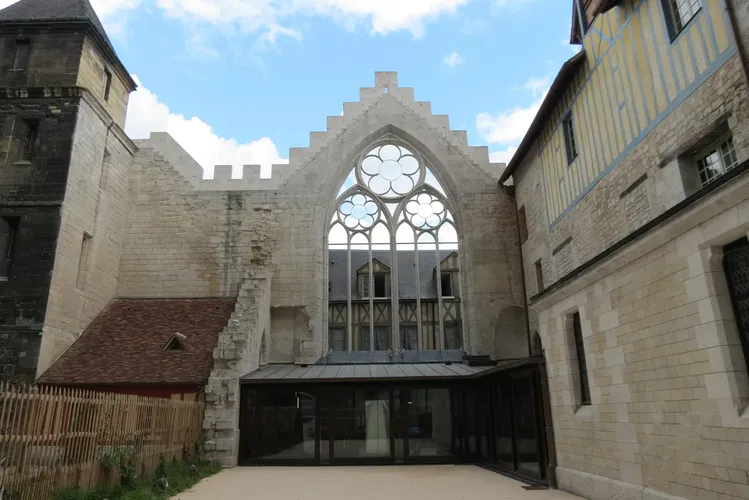
Joan of Arc Museum
RouenThe Historial Jeanne d'Arc is a museum located in the city of Rouen, dedicated to the life and legacy of Joan of Arc. The museum was officially opened to the public on March 20, 2015, and is housed within the buildings of the Archbishopric of Rouen. This location provides a historical context to the exhibits, as it is closely tied to Joan's story.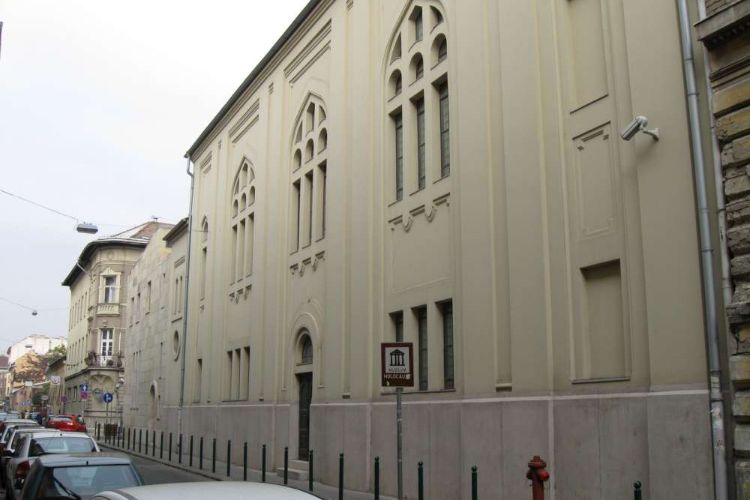
Holocaust Memorial Center
BudapestThe Holocaust Memorial Center is a renovated synagogue and museum in Budapest that dates back to the 20s and is devoted to Hungarian Jews that were killed in The Holocaust. Furthermore, the museum also mentions the discrimination and killings of Gypsies, homosexuals, and the disabled.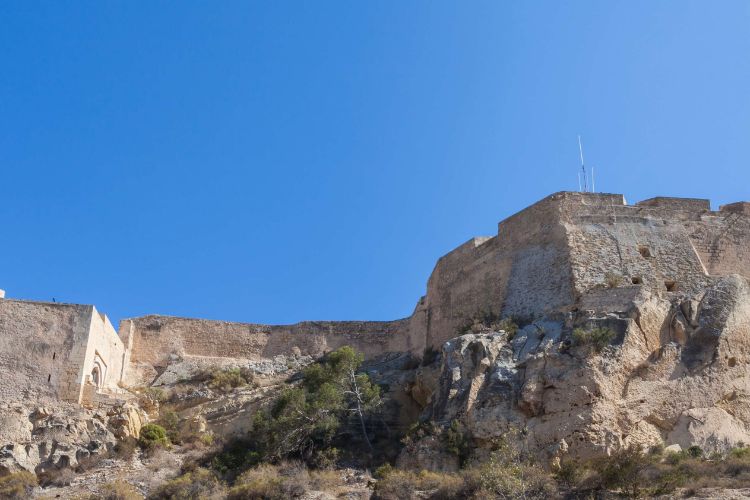
Castillo de Santa Bárbara - Museo de la Ciudad de Alicante
AlicanteCastillo de Santa Bárbara (The castle of Santa Bárbara) is a castle in Alicante, on Mount Benacantil, a rocky mass with a height of 167 meters that borders the sea and from which you can see the entire bay of Alicante and its terrestrial surroundings, giving it a big strategic advantage. The Museo d
Regional Ethnographic museum of Plovdiv
PlovdivThe Regional Ethnographic museum of Plovdiv houses over 40,000 objects mostly relating to the traditions of the population of Plovdiv and its cultural and economic environment. The collection of the Regional Ethnographic museum of Plovdiv includes objects made of copper, pottery, ancient weapons, wo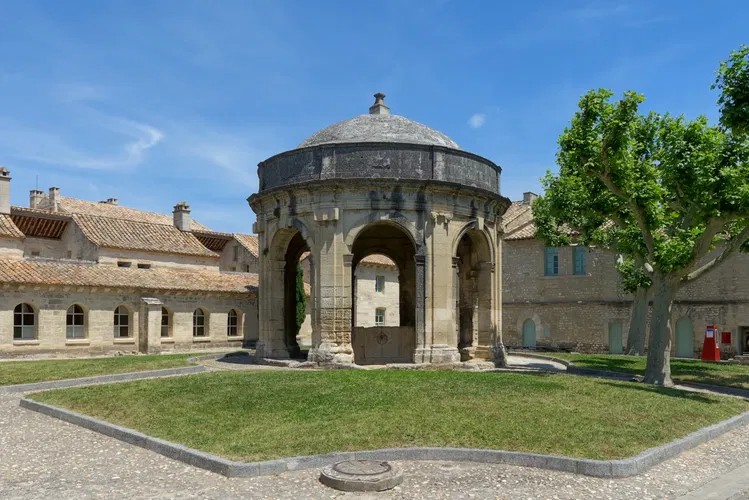
Val de Bénédiction Charterhouse
Villeneuve-lès-AvignonA beautiful monastery, and one of the largest in France. Today it provides shelter for young playwrights and artists rent-free for up to a year.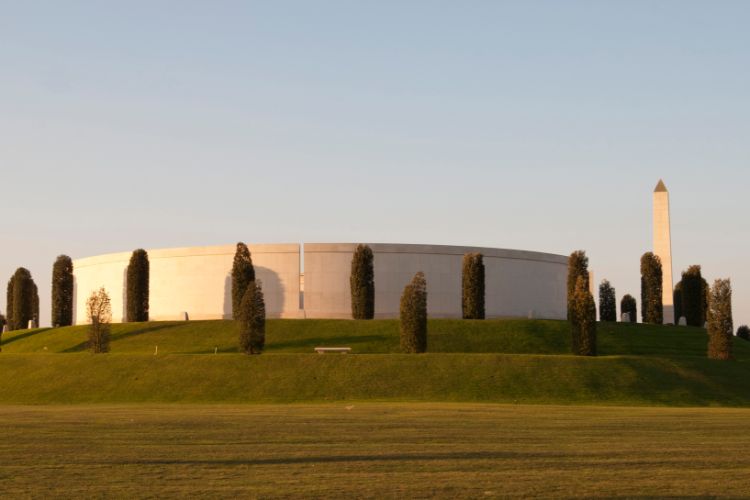
National Memorial Arboretum
AlrewasThe National Memorial Arboretum, located near Lichfield Staffordshire, is a British site of national remembrance. It is dedicated to honouring those who have fallen in service and recognising the sacrifices made by the British Armed Forces and the civilian community. This site serves as a place of reflection and remembrance, fostering pride in the contributions made by these individuals.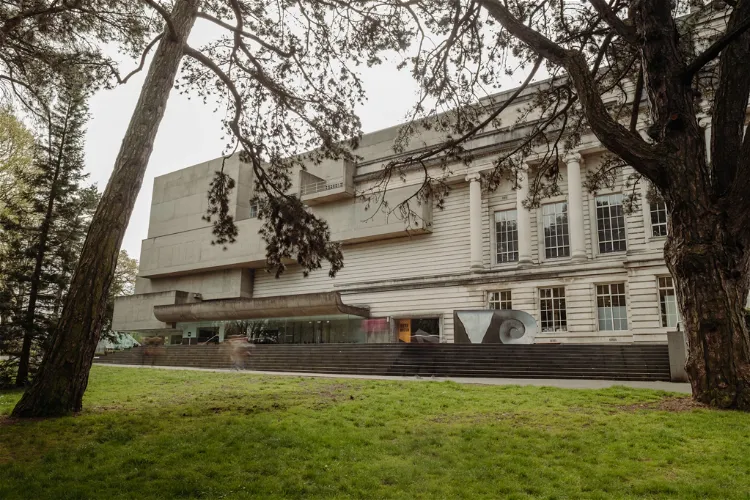
Ulster Museum
BelfastThe Botanic Gardens, a public garden in Belfast, Northern Ireland, spans 28 acres of south Belfast. This garden is a popular spot for office workers, students, and tourists alike. Its location on Stranmillis Road in Queen's Quarter, with Queen's University nearby, makes it easily accessible for visitors.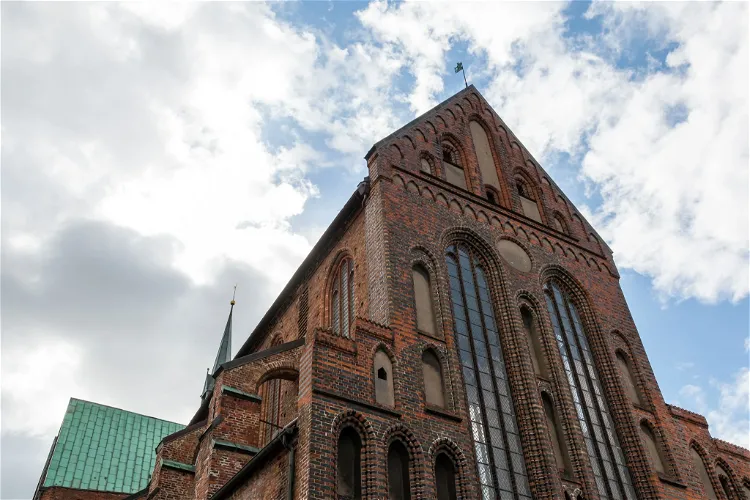
St. Catherine's Church
LübeckSt. Catherine Church in Lübeck is a significant historical site, originally serving as a Brick Gothic church that was part of a Franciscan monastery. The church was dedicated to Saint Catherine of Alexandria, a revered Christian saint and martyr. Its architectural style and historical significance make it a point of interest for visitors.- 110
Benedictine Monastery of San Nicolò l'Arena
CataniaInscribed in the UNESCO World Heritage List, this monastery is a must-see! Visit the church, ancient Roman house and the museum of art, too. 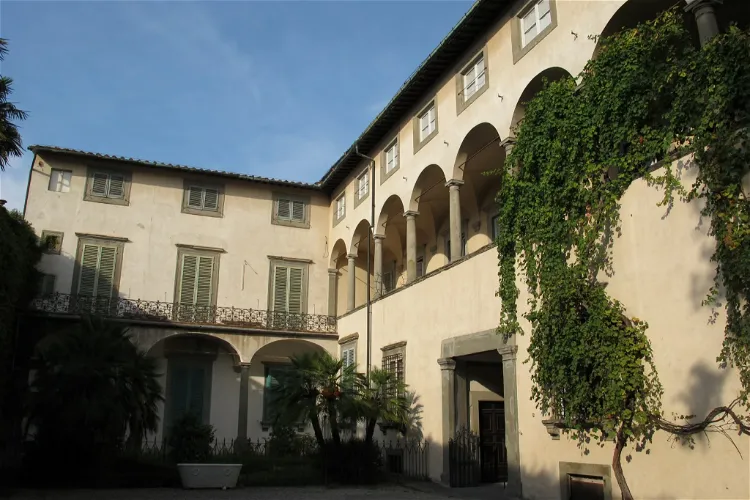
Museo Nazionale di Palazzo Mansi
LuccaThe Museo di Palazzo Mansi, situated in the heart of Lucca, is home to a significant national art gallery. This museum offers a unique opportunity to explore a wide range of artworks, making it a worthwhile destination for art enthusiasts.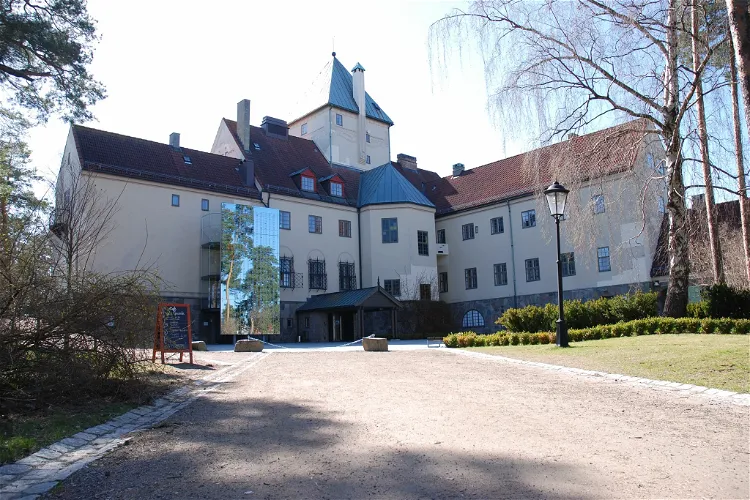
Villa Grande
OsloDuring the tumultuous times of World War II, Villa Grande served as the residence of Vidkun Quisling, a prominent figure of the era. Known as Gimle at the time, the villa was the center of Quisling's activities. This historical context adds a layer of intrigue and significance to the villa, making it a point of interest for those interested in World War II history.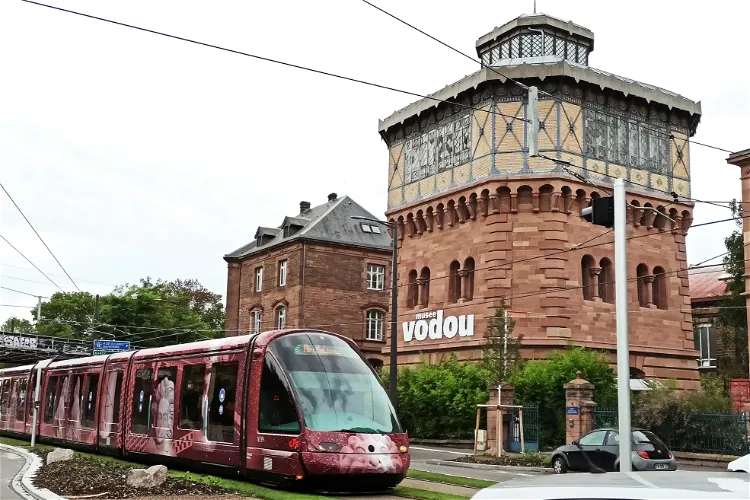
Castle Vodou Museum
StrasbourgThe Vodou Castle, also known as the Vodou Castle Museum, is a unique cultural institution located in Strasbourg, in the Bas-Rhin department of Alsace. This museum offers visitors a chance to explore the rich and diverse world of Vodou art and culture.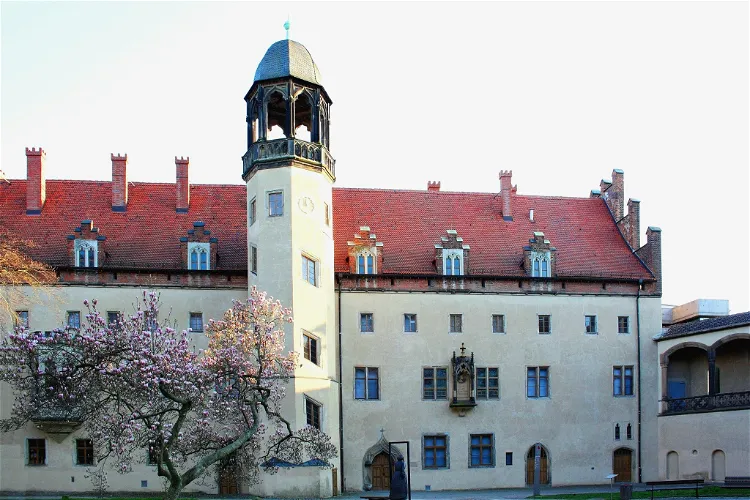
Luther Hall
WittenbergThe Luther House, or Lutherhaus in German, is a significant historical site in Wittenberg, Germany. It served as the home of Martin Luther, the Protestant reformer and founder of Lutheranism, for over 35 years. Today, it stands as a museum, offering visitors a glimpse into the life and work of this influential figure.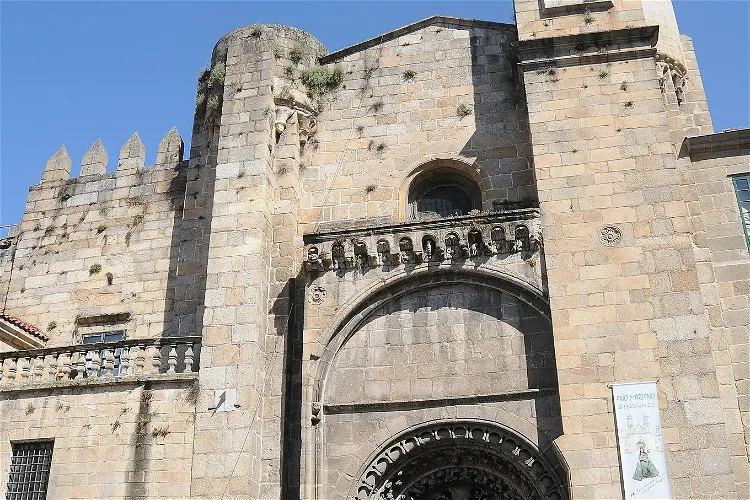
Ourense Cathedral
OurenseThe Ourense Cathedral has a history marked by destruction and rebirth. It was destroyed during Muslim incursions and later rebuilt during the 12th and 13th centuries, a period known for Romanesque architecture. The construction of the cathedral in its current form began in 1160 and was completed in the mid-13th century. This history of resilience and transformation is reflected in the cathedral's architecture, making it a fascinating site for those interested in historical architecture.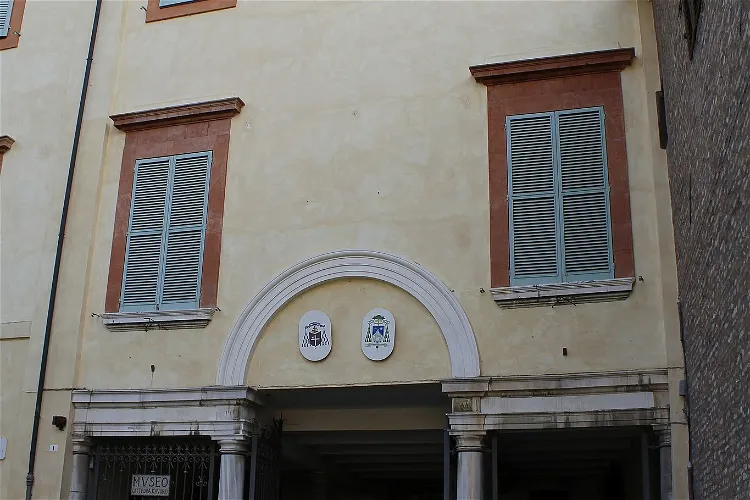
Archiepiscopal Museum
RavennaThe Archiepiscopal Museum of Ravenna is a significant destination for those interested in early Christian, Byzantine, and medieval archaeology. It is conveniently located in the Archbishop's Palace, situated in the historic center of Ravenna. This location not only provides easy access for visitors but also adds to the historical ambiance of the museum.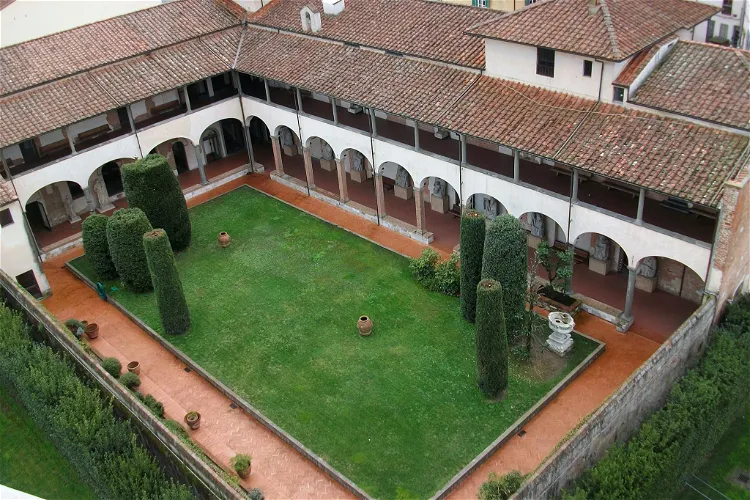
Opera del Duomo Museum
PisaThis museum holds an impressive collection of artifacts that once used to be the Cathedral Treasure, including medieval liturgical objects and sculptures. Local tip: the cloister of the museum offers a splendid view of the Leaning Tower.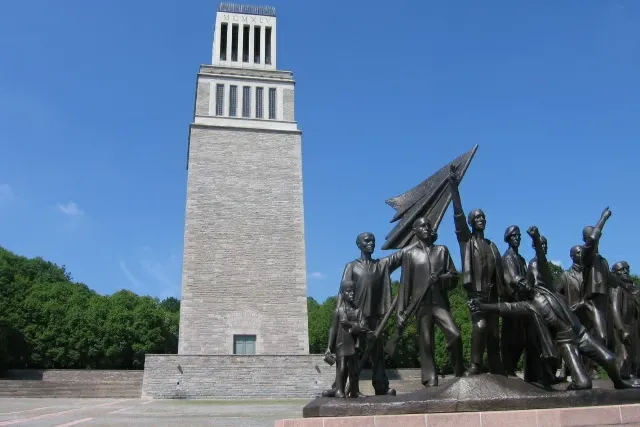
Buchenwald Memorial
WeimarDuring the operation of Buchenwald Concentration Camp, approximately 250,000 people from various European countries were detained and sent here. It is estimated that 56,000 people, including 11,000 Jews, were killed. This grim statistic underscores the scale of the human tragedy that unfolded at this site.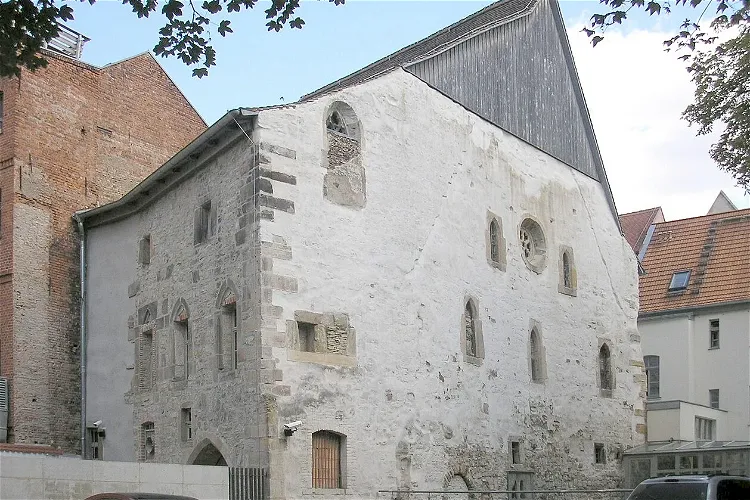
Old Synagogue
ErfurtThe Old Synagogue in Erfurt, with its age of over 900 years, holds the distinction of being the oldest preserved synagogue in Europe. This former synagogue is a testament to the rich Jewish history of the region and offers a unique glimpse into the past. Its location in the heart of Erfurt's old town adds to its historical charm and significance.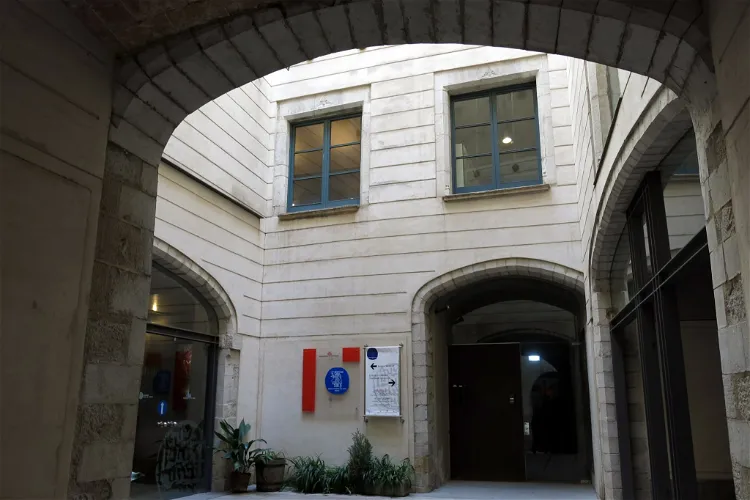
Museum of Jewish History
GeronaThe Museum of Jewish History in Gerona is situated in the Bonastruc ça Porta center, right in the heart of the Jewish quarter of Gerona. This location is steeped in history, providing an authentic backdrop to the museum's exhibits and collections.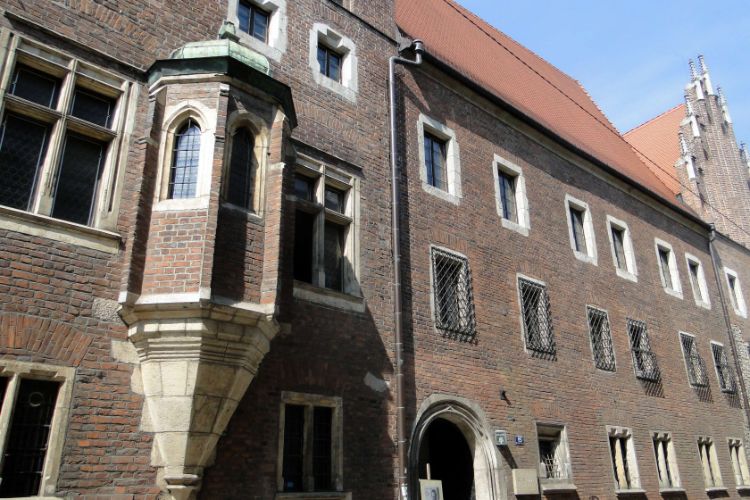
Jagiellonian University Museum
KrakówThe Collegium Maius in Krakow is the Jagiellonian University's oldest building, that dates back to the 14th century. The Collegium Maius houses the Jagiellonian University Museum. The Collegium Maius was rebuilt in the late 15th century as a late-Gothic structure, where professors lived and worked a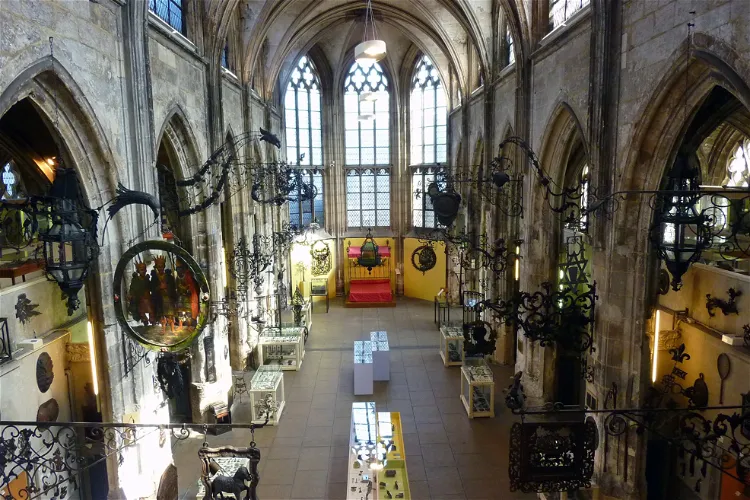
Le Secq des Tournelles Museum
RouenLe Secq des Tournelles Museum is a unique destination in Rouen, France. It is a museum dedicated to ironwork and is housed in a former church. This gives the museum a unique atmosphere, combining the historical and religious significance of the building with the artistic and practical aspects of the ironwork on display.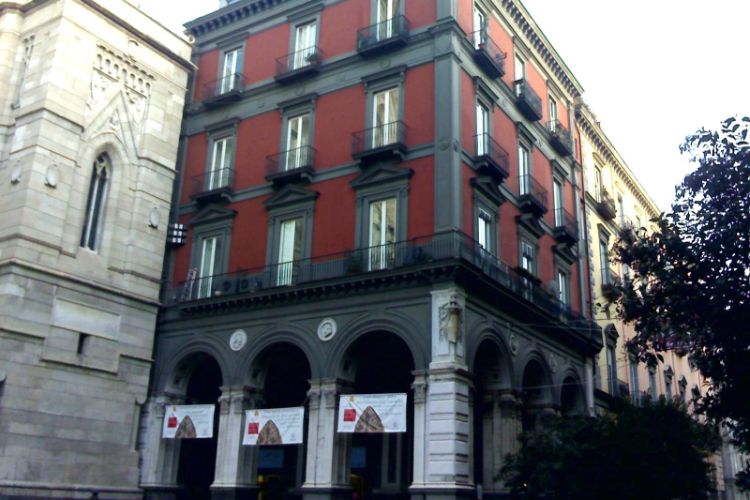
Museum of the Treasure of San Gennaro
NaplesMuseum of the Treasure of San Gennaro (Museo del Tesoro di San Gennaro) holds and displays the Treasure of San Gennaro, which is composed of art works and donations collected in 7 centuries of Popes, Kings, Emperors, famous and ordinary people. It mainly consists of jewelry, statues, busts, fabrics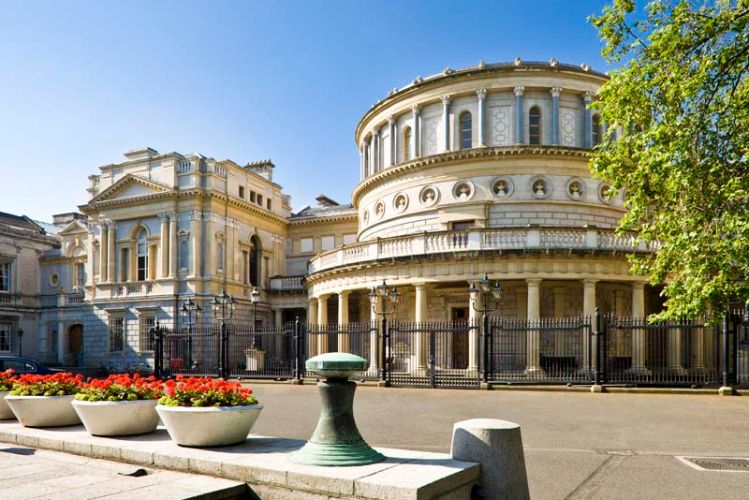
National Museum of Ireland - Archaeology
DublinOpened in 1890, the National Museum of Ireland - Archaeology displays artefacts dating from 7000 BC to the 20th century. These collections include The Treasury, featuring examples of Celtic and Medieval art. Ór-Ireland’s Gold features a collection of prehistoric gold artefacts in Europe, while Prehi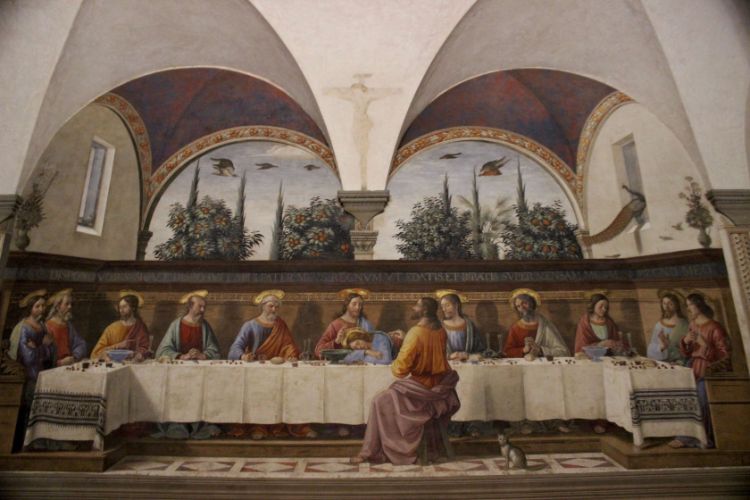
Museo di San Marco
FlorenceMuseo di San Marco is an art museum in Florence that is housed in a medieval Dominican convent designed in the 15th century by a notable Italian architect Michelozzo, one of the pioneers of Renaissance architecture in Florence. The extensive collection of artworks contains paintings and frescoes by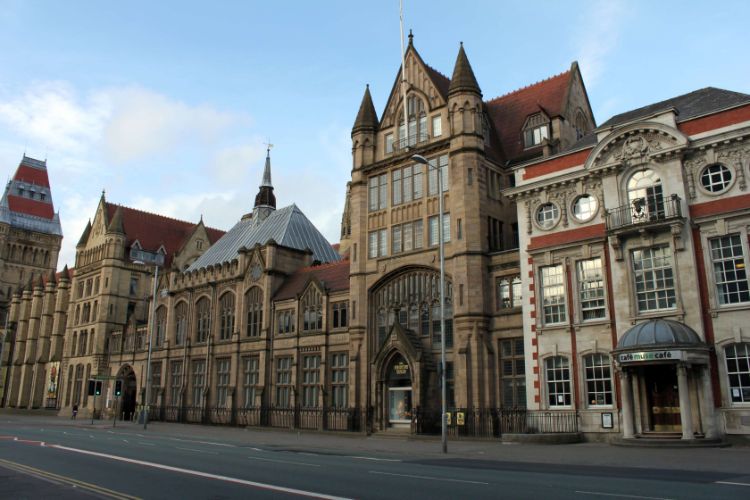
Manchester Museum
ManchesterThe Manchester Museum, located within the University of Manchester, is a renowned institution that houses archaeological, anthropological, and natural history exhibits. It provides a unique opportunity for visitors to explore various aspects of human history, culture, and the natural world in one place.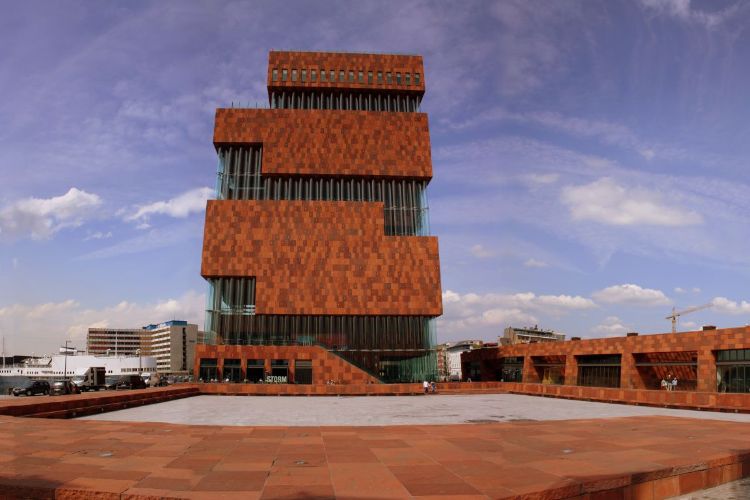
Museum Aan de Stroom
AntwerpThe MAS – Museum Aan de Stroom is housed in a tall building with a spiral tower of 62 meters high and offers a beautiful panorama of Antwerp. The museum brings art and heritage of the city, the ‘stroom’, the harbor and the world together. The MAS unites the following various collections: the former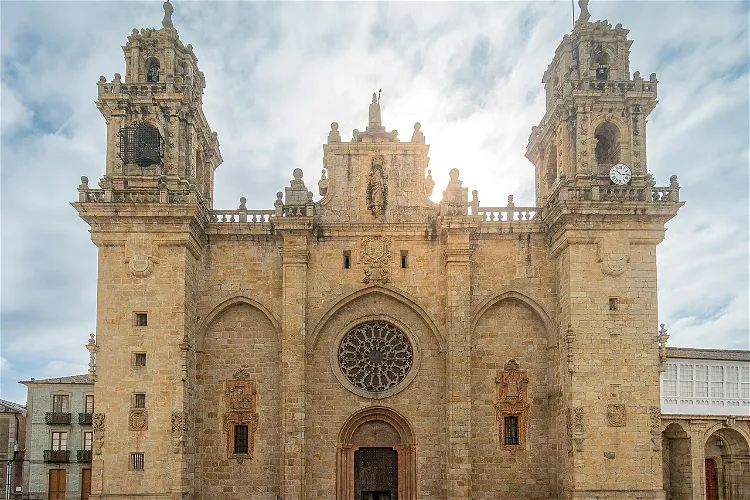
Mondoñedo Cathedral
MondoñedoMondoñedo Cathedral, also known as the Basilica of the Assumption of Our Lady, is one of the episcopal seats of the Diocese of Mondoñedo-Ferrol in Galicia, Spain. It is often referred to as the 'Kneeling Cathedral' due to its perfect proportions and modest height. The cathedral was declared a National Monument on May 23, 1902, and was named a basilica by Pope John XXIII in 1959.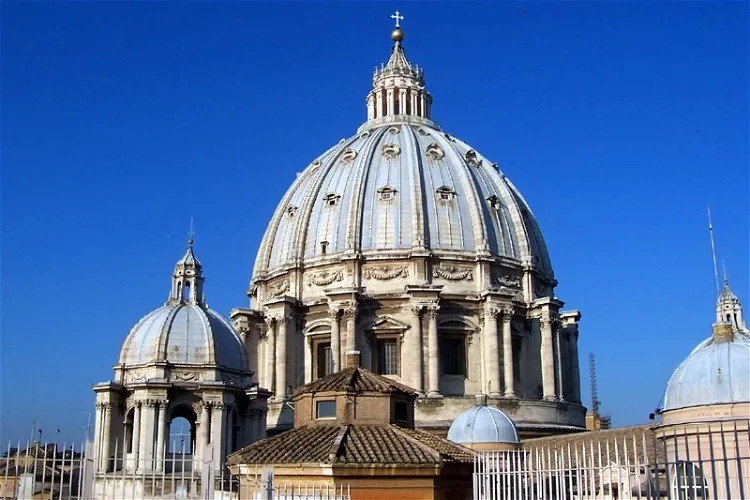
Abbey Library
Sankt GallenThe Abbey Library of Saint Gall, established in the 8th century, is one of the oldest and most significant monastic libraries in the world. It was rebuilt in the 18th century in the Baroque Rococo style, adding a touch of elegance and grandeur to its historical significance. This library is a part of the Abbey of Saint Gall, a UNESCO World Heritage site, making it a place of interest for tourists who appreciate history, architecture, and culture.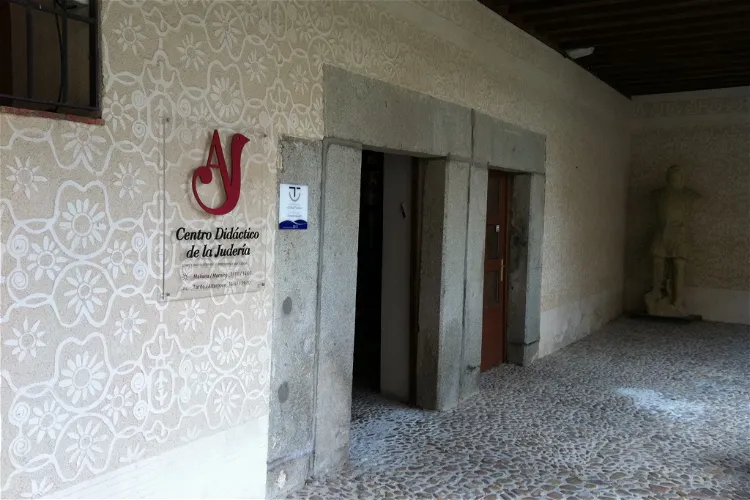
Didactic Center of the Jewish Quarter
SegoviaThe Didactic Center of the Jewish Quarter in Segovia is a Jewish educational center that was opened in 2004. It is located in the Jewish Quarter of the city of Segovia, Spain. The center is housed in the former home of Abraham Senior, a major rabbi and accountant of Castile.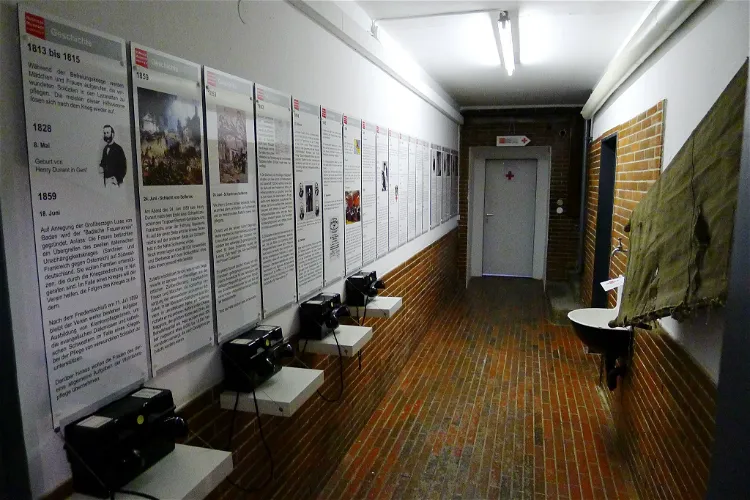
Rotkreuz-Museum vogelsang ip
SchleidenThe Red Cross Museum vogelsang ip, located in the former NS-Ordensburg Vogelsang, is one of the largest Red Cross museums in Europe. It spans over 600 m² of usable space and 550 m² of exhibition space across two floors. The museum provides an overview of the worldwide humanitarian aid of the Red Cross, showcasing the organization's significant contributions to global relief efforts.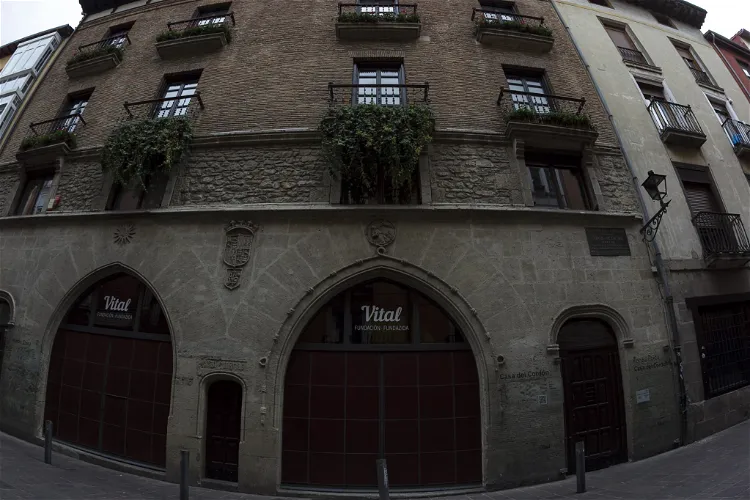
House of Cordón
Vitoria-GasteizThe Casa del Cordón is a significant historical building located in the Cuchillería street of the Old Quarter in Vitoria-Gasteiz, in the province of Alava, Basque Country, Spain. This monumental house or palace is a notable example of civil Gothic architecture and has been a residence for illustrious figures of its time.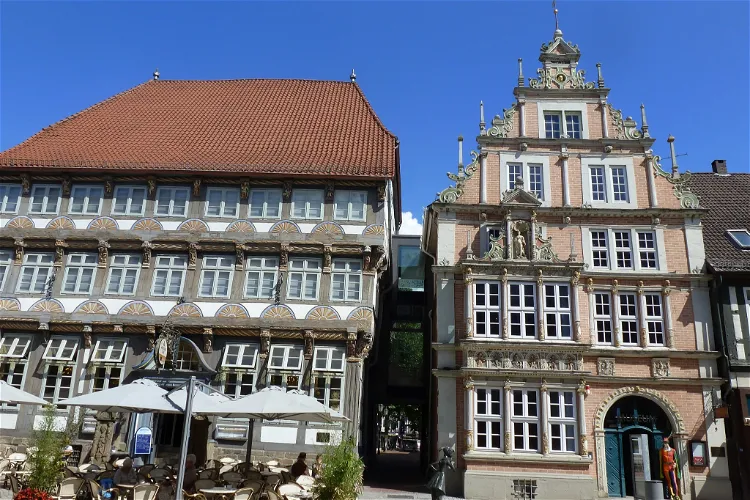
Museum Hameln
HamelinThe Museum Hameln is situated in two significant buildings from the Weser Renaissance period in the historic old town of Hamelin, the Leisthaus and the neighbouring Stiftsherrenhaus. These buildings are not only important for their architectural value but also for the rich history they hold within their walls. Visitors can explore the museum's extensive collection that tells the story of the city and its surrounding region.
National Museum of Villa Guinigi
LuccaThe Museo Nazionale di Villa Guinigi is housed in a villa, one of the oldest and most prestigious buildings in the city. This villa was commissioned by Paolo Guinigi, who was the lord of Lucca from 1400 to 1430. The construction began in 1413 by craftsmen from northern Italy, and the villa was intended to be Guinigi's 'residence of delights'.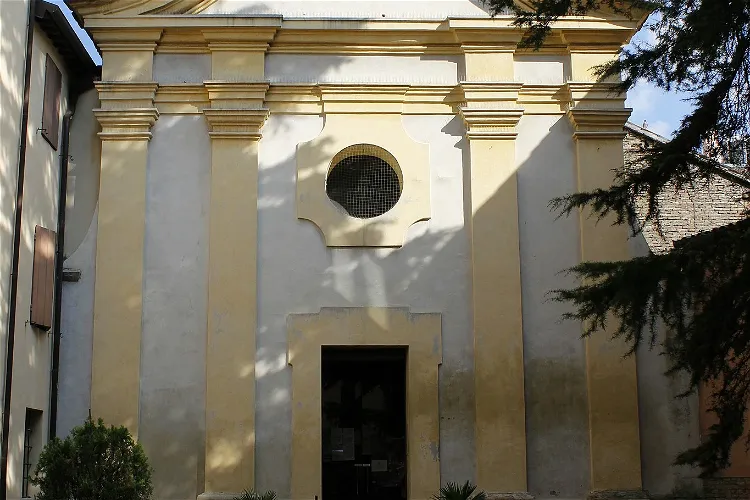
Domus of the Stone Carpets
RavennaThe Domus of the Stone Carpets is an archaeological site in the city of Ravenna, Italy. It is located in an underground environment, approximately three meters below the Church of Sant'Eufemia. This unique location adds to the intrigue and historical significance of the site, making it a fascinating destination for tourists interested in archaeology and history.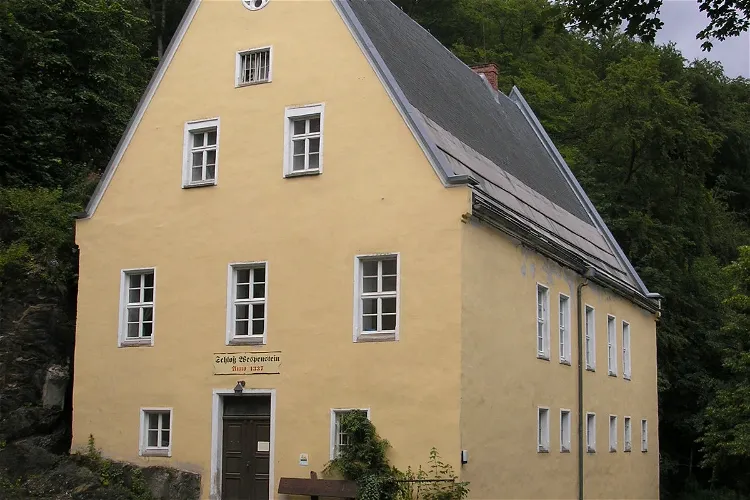
Schloss Wespenstein
GräfenthalSchloss Wespenstein is a historic castle located in the city of Gräfenthal in Thuringia, right on the border with Bavaria. The castle played a significant role in securing the pass section of a medieval army and trade route that stretched from Leipzig via Saalfeld to Nuremberg over the ridge of the Thuringian Slate Mountains. This strategic location underscores the historical importance of the castle.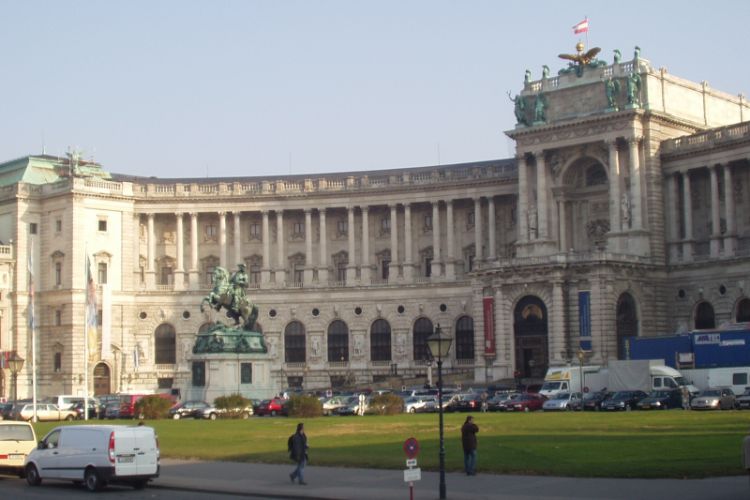
Austrian National Library
ViennaThe Austrian National Library is considered one of the most beautiful libraries in the world, containing 7.4 million items. It is divided into a library and a museum. The library includes all kinds of books from research, history, religion to modern literature. With the oldest book being the Holy Go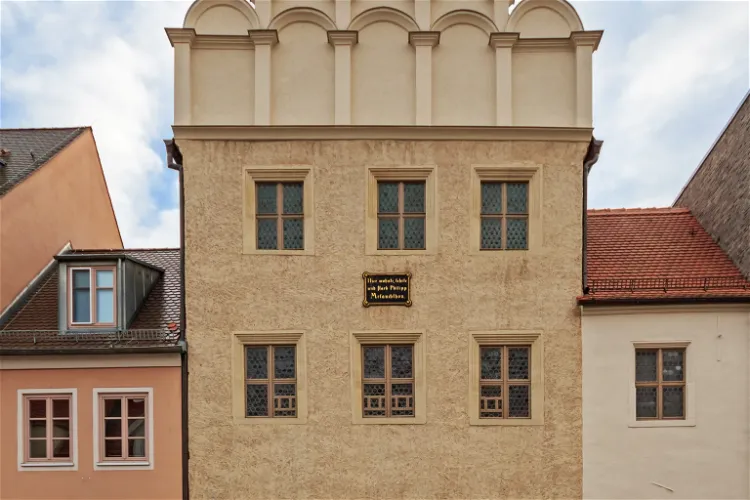
Melanchthon’s House
WittenbergThe Melanchthonhaus in Lutherstadt Wittenberg is a remarkable Renaissance building, known for its late Gothic framed windows and a round-arched tiered gable. Its architectural beauty makes it one of the most attractive townhouses in the city, offering a glimpse into the architectural style of the Renaissance period.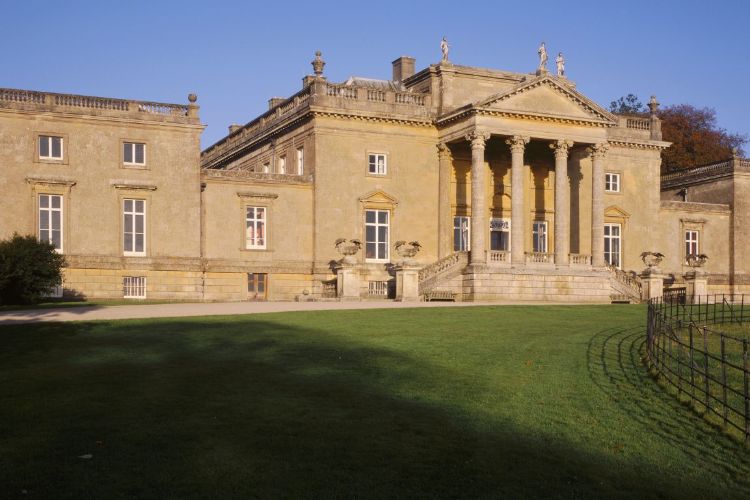
Stourhead
WarminsterStourhead House is a sprawling 1.06 hectare estate located near the source of the Stour River, in Wiltshire County, England. The estate is home to a Palladian-style mansion, the quaint village of Stourton, beautifully manicured gardens, expansive farmland, and a lush forest. This diverse range of attractions offers visitors a unique opportunity to explore and appreciate the rich history and natural beauty of the area.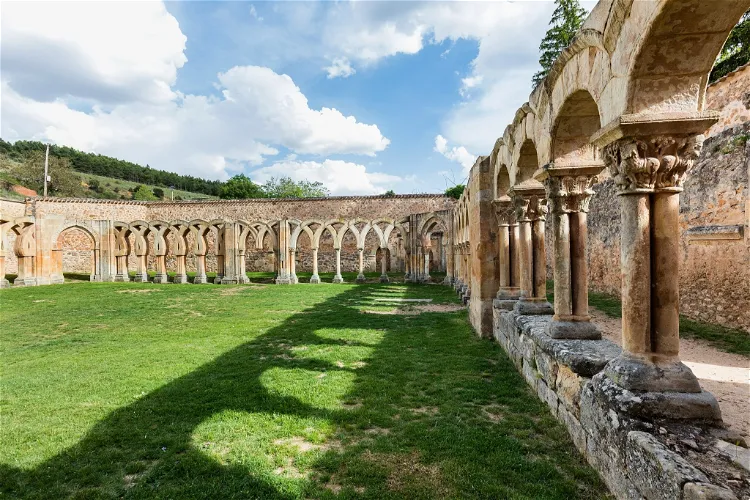
Monastery of San Juan de Duero
SoriaSan Juan de Duero, also known as Arcos de San Juan de Duero, is a significant site of Castilian Romanesque architecture. It is situated on the outskirts of the city of Soria, in the region of Castilla y León, Spain. This historical site serves as the Medieval Section of the Numantine Museum, offering visitors a glimpse into the architectural style and history of the period.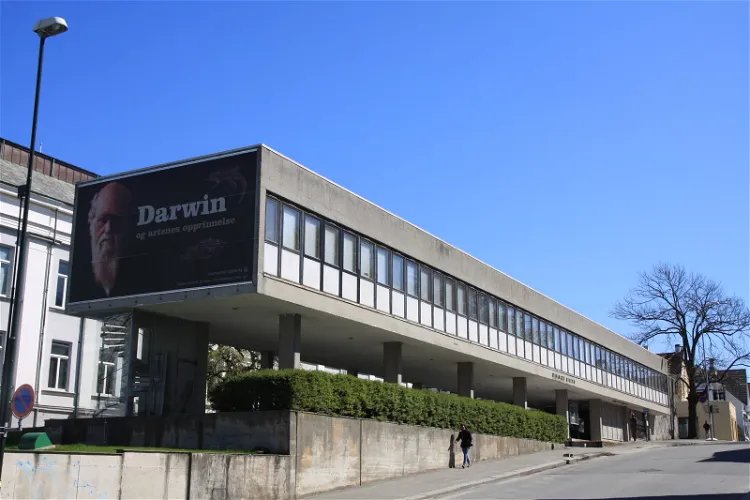
Stavanger Museum
StavangerStavanger Museum, established in 1877, is a museum of natural and cultural history located in the city of Stavanger, Norway. It offers a rich collection of exhibits that reflect the natural and cultural history of the region.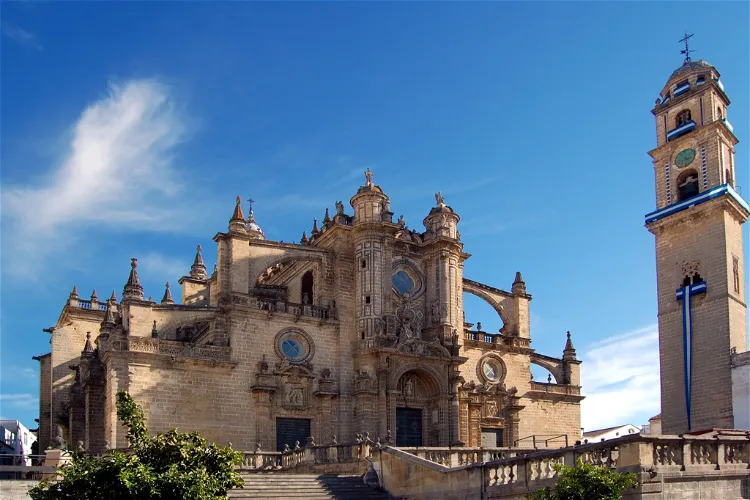
Cathedral of Jerez de la Frontera
Jerez de la FronteraThe Cathedral of the Holy Savior, a Catholic cathedral, is situated in the city of Jerez de la Frontera, within the autonomous community of Andalusia in Spain. This cathedral serves as a significant religious and cultural landmark in the region.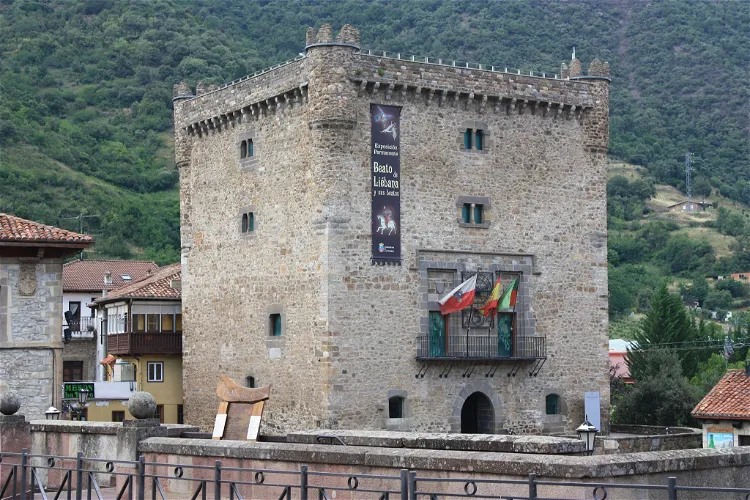
Tower of Infantado
PotesToday, the Tower of Infantado serves as an exhibition center, showcasing various displays that reflect its rich history. Recognized as a Site of Cultural Interest since 1985, it offers visitors a unique insight into the region's past.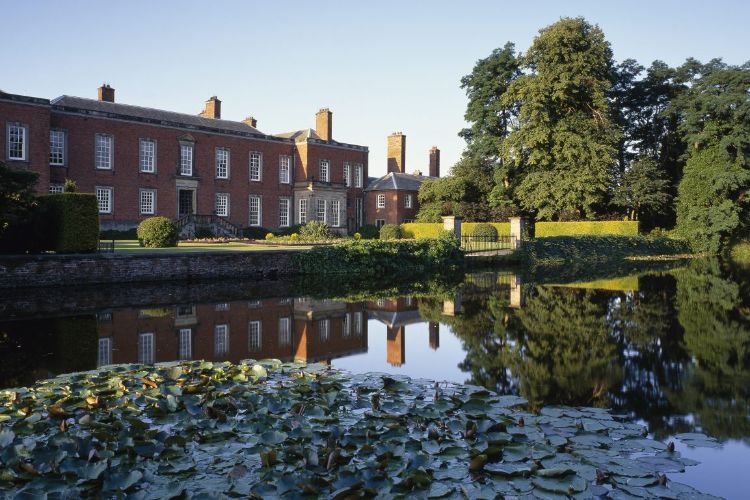
Dunham Massey
AltrinchamDunham Massey is a museum in Altrincham. The museum features exhibits related to: science and technology, design, religion, social history, architecture, costume and textiles, personalities, decorative and applied art and fine art.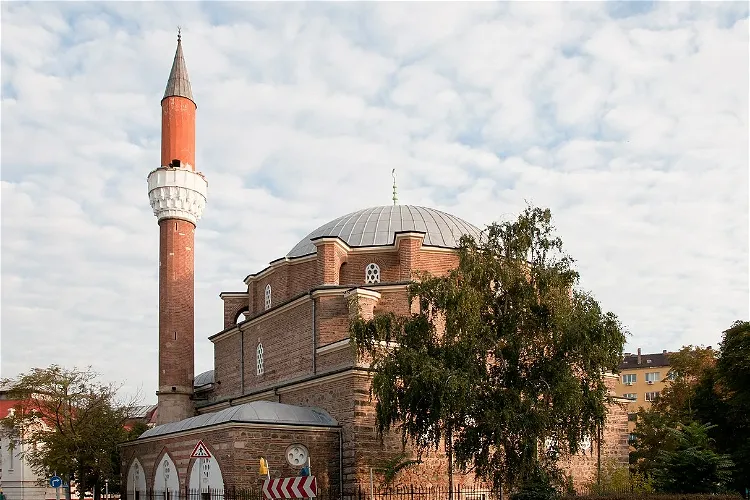
Banya Bashi Mosque
SofiaThe Banya Bashi Mosque, also known as Seyfullah Efendi Mosque, is a significant historical and religious site in Sofia, the capital of Bulgaria. It is the only active mosque in the city and is considered one of the oldest mosques in Europe. This mosque, built during the Ottoman Empire, continues to serve as a place of worship and is a testament to the city's rich history and cultural diversity.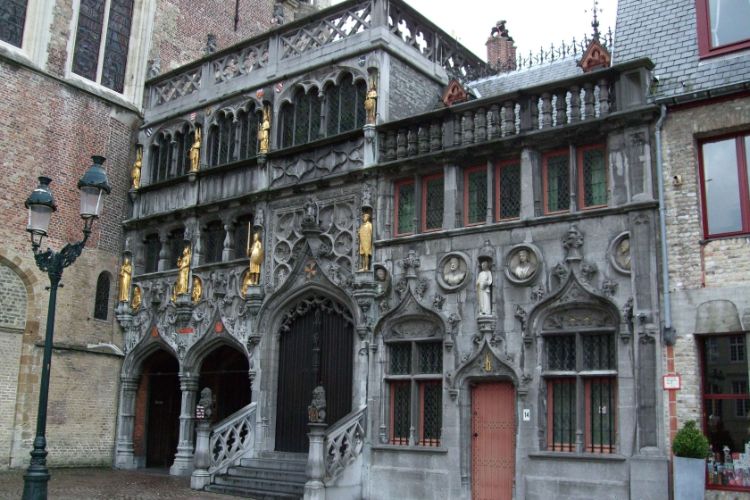
Basilica of the Holy Blood
BrugesThe Museum of the Holy Blood tells the story of the relic of the Holy Blood that Count Thierry of Alsace is said to have brought with him from the Holy Land (1150). Showpiece of the museum is the reliquary of the Holy Blood, made by the Bruges goldsmith Jan Crabbe (1617), with thirty kilos of gold a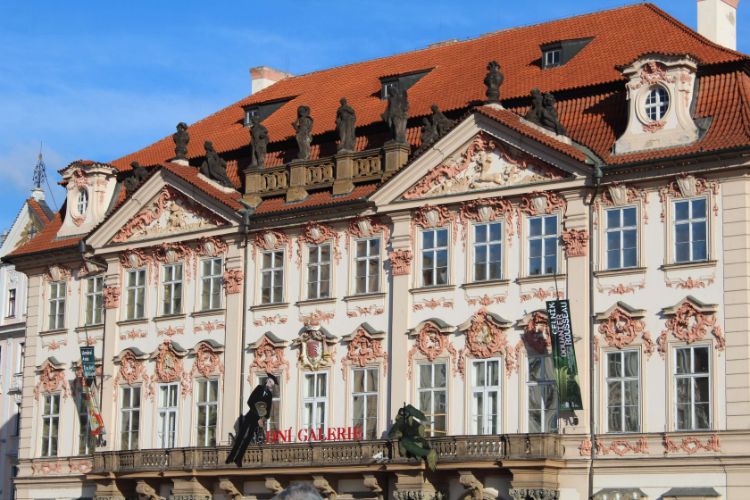
Kinský Palace - National Gallery in Prague
PragueThe Kinský Palace is a former palace that is now part of the National Gallery Prague. The palace's name refers to its former ownership by the Kinský noble family. This Rococo building features rich stucco and sculptural decoration. Next to many temporary exhibitions, it hosts an extensive exhibition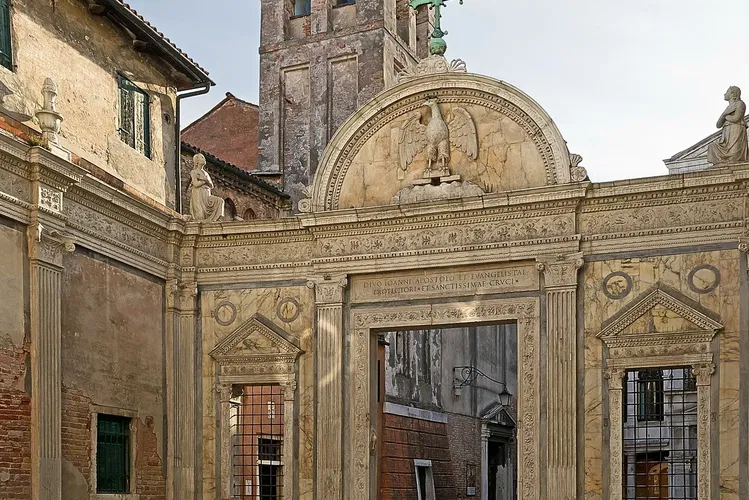
Scuola Grande di San Giovanni Evangelista
VeniceThe Scuola Grande di San Giovanni Evangelista is a fine example of Venetian early Renaissance architecture. The buildings were reconstructed around 1480, and their design reflects the aesthetic principles of the period. Visitors can appreciate the architectural details, such as the fluted pilasters and the entrance portal, which is thought to have been designed by Mauro Codussi or Pietro Lombardo.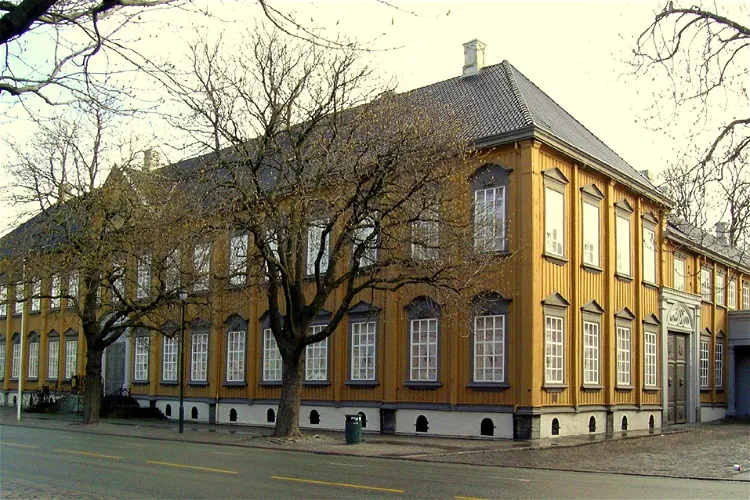
Stiftsgården
TrondheimStiftsgården is a significant landmark in Trondheim, Norway. This large wooden palace, located in the city center, serves as the official residence of the king when he is in town. Its central location and historical significance make it a point of interest for tourists visiting the city.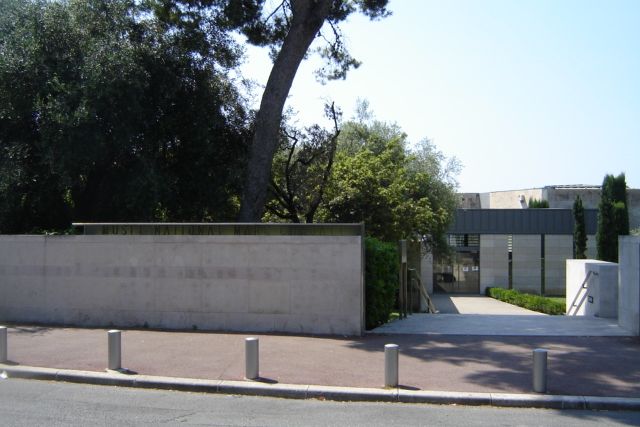
Musée national Marc Chagall
NiceMusée national Marc Chagall (The Marc-Chagall Museum, national museum of the Marc-Chagall biblical message) is a national museum in Nice that is dedicated to the work of the painter Marc Chagall. Chagnall was a Russian-French artist of Belarusian Jewish origin. He was an early modernist and was ass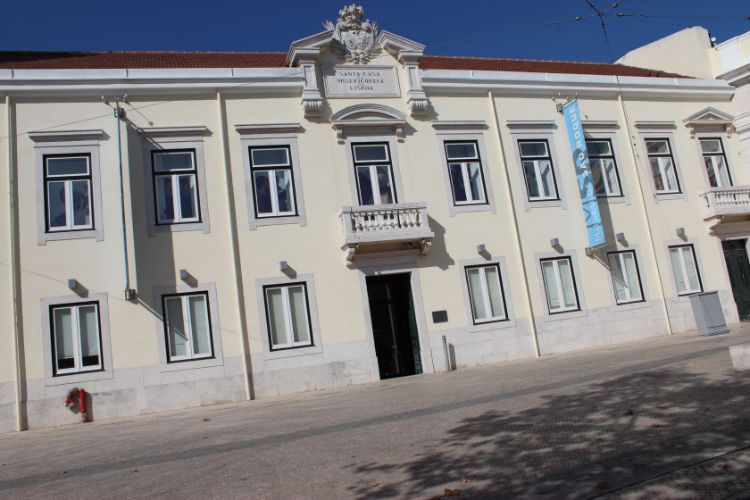
Church of Saint Roch
LisbonThe Church of Saint Roch is one of the earliest Jesuit churches in the world. Even though the exterior of this church is quite simple, its interior is elaborately decorated - it is a fusion of Mannerist and Baroque styles. The Church of Saint Roch boasts eight splendid chapels and three altars. One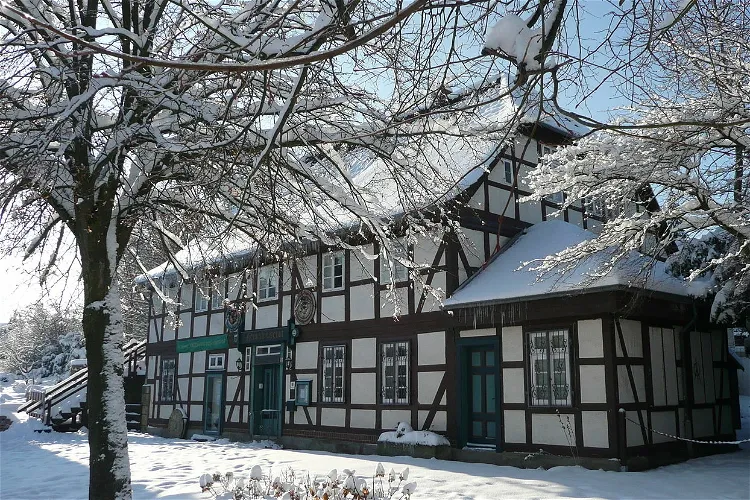
Heimatmuseum Wennigsen
Wennigsen (Deister)The Heimatmuseum Wennigsen is a significant monument situated in the municipality of Wennigsen (Deister). The museum is housed in a half-timbered house that was constructed around the year 1700. This building has a rich history, having once served as a mill. This historical context adds a unique charm to the museum, making it a fascinating place to visit for those interested in architecture and history.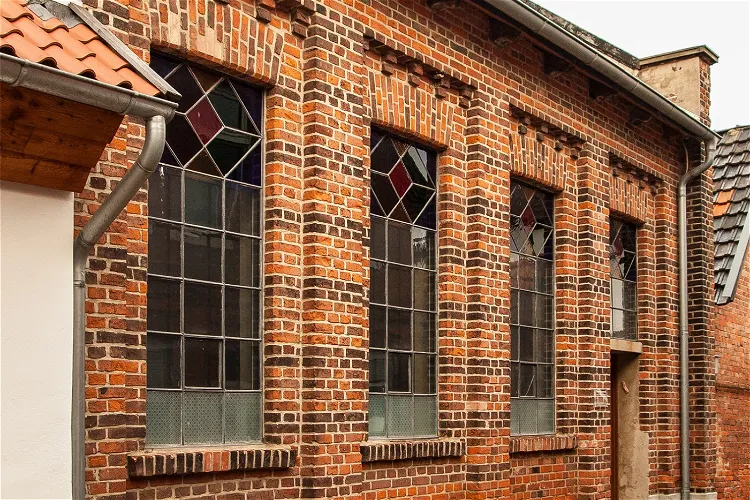
Alte Synagoge Petershagen
PetershagenThe Alte Synagoge Petershagen is a significant historical site located at Goebenstraße in Petershagen, in the district of Minden-Lübbecke, North Rhine-Westphalia. This protected monument offers a glimpse into the rich Jewish history of the region and stands as a testament to the resilience of the Jewish community.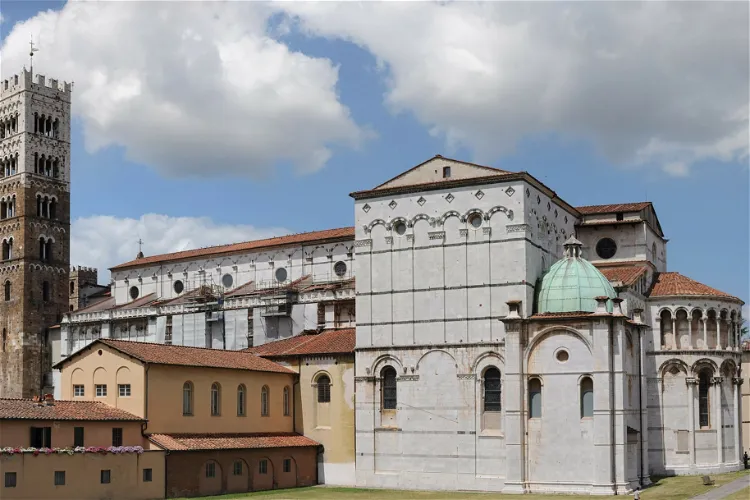
Complesso Museale e Archeologico della Cattedrale di Lucca
LuccaVisit the museum which preserves artworks from the Cathedral of St. Martin. Admire the valuable religious artefacts.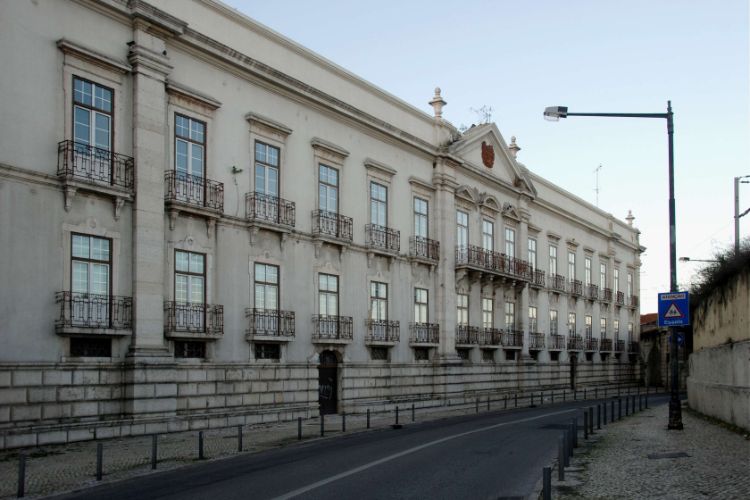
National Tile Museum
LisbonThe National Tile Museum in Lisbon presents the history of craft-making of decorative ceramic tiles, azulejos, popular in Spain and Portugal. The collection showcases evolution of this craft since the 15th century up to present days. Opened in 1965, it is housed in an ancient monastery, formerly kno
Duomo Museum
MilanThe Duomo Museum in Milan (Museum of the Duomo of Milan) is a museum that originates from the cathedral, from which all the works on display have been taken. The museum is housed inside the Royal Palace. A tour through the museum also includes the Church of San Gottardo in Corte. The tour through th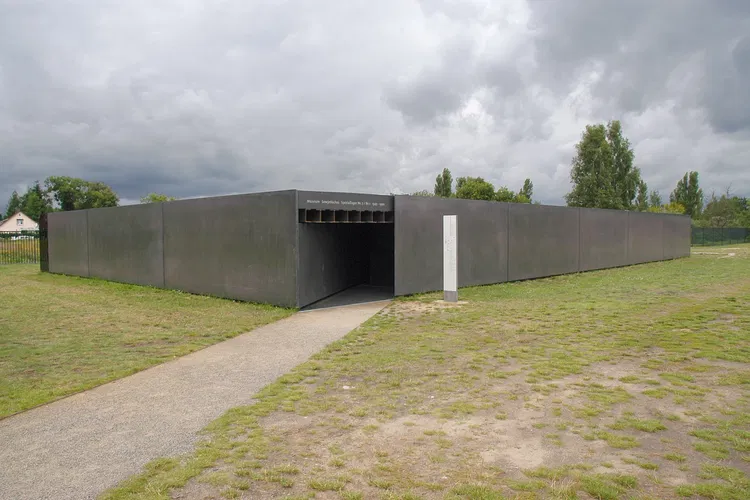
NKVD special camp Nr. 7
OranienburgPresently, the Sachsenhausen Memorial and Museum stands on the site of the former Sachsenhausen Special Camp. The institution serves as a place of remembrance and learning, as well as a modern museum of contemporary history. It follows a decentralized approach, aiming to make history tangible to visitors at the authentic locations where it unfolded.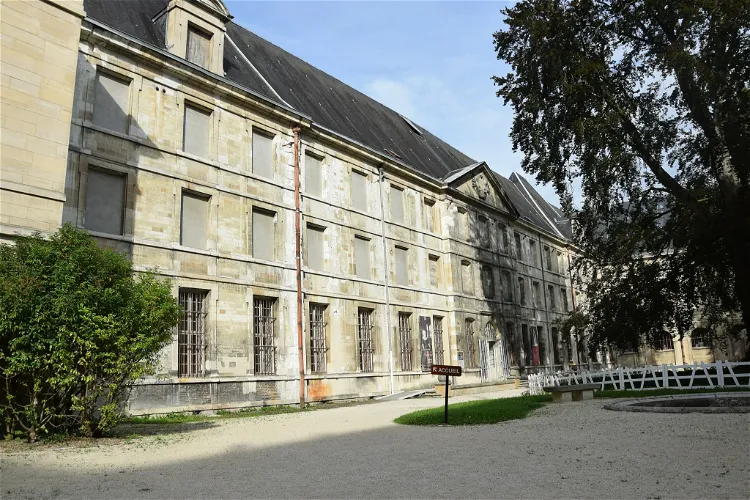
Museum of Fine Arts and Archeology
TroyesThe Abbey of Saint-Loup was not only a religious center but also a hub of intellectual activity. It developed a renowned library and a scriptorium, contributing significantly to the literary culture of the time. The famous poet Chrétien de Troyes is believed to have been a distinguished guest of this abbey, further enhancing its cultural significance.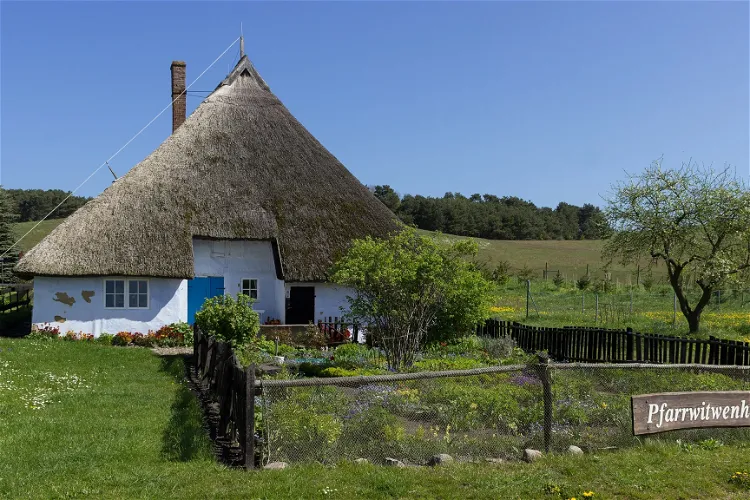
Pfarrwitwenhaus
MönchgutThe Pfarrwitwenhaus Groß Zicker is a significant historical site located in Groß Zicker, a village that is part of the Mönchgut municipality in the southeast of the island of Rügen. Constructed in 1719/20, it stands as one of the oldest residential buildings on Rügen, offering a glimpse into the architectural style and living conditions of the past.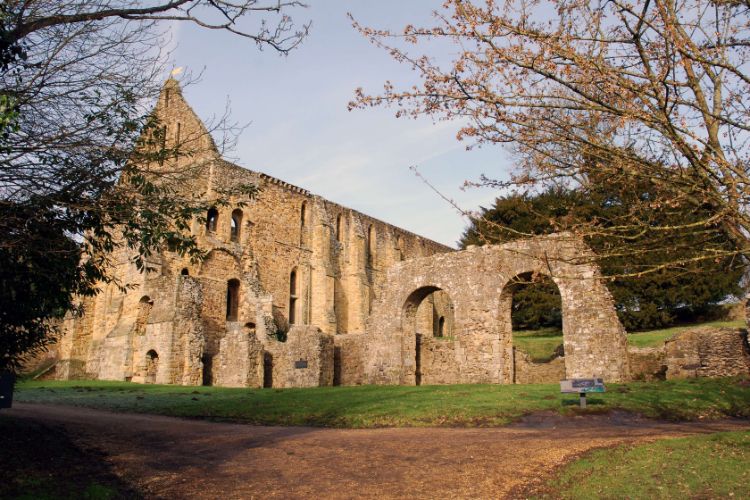
Battle Abbey
BattleBattle Abbey, also known as Saint-Martin Abbey, is a historical site located in the small town of Battle, East Sussex, England. The abbey complex, although partially in ruins, still stands as a testament to the rich history of the region. It offers a unique glimpse into the past, with its structures dating back to the 11th century.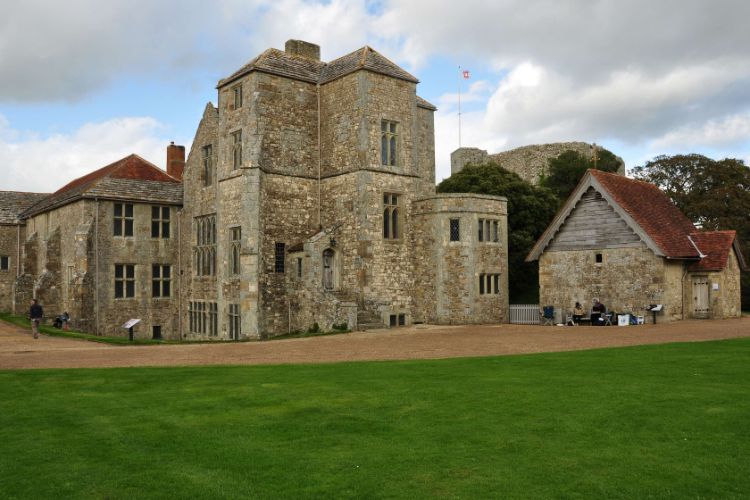
Carisbrooke Castle Museum
NewportCarisbrooke Castle Museum is a museum in Newport, Isle of Wight. The museum features exhibits related to Coins and Medals, Decorative and Applied Art, Archives, Fine Art, Maritime, Social History, Science and Technology, Personalities and Costume and Textiles. Key themes, people and exhibits in the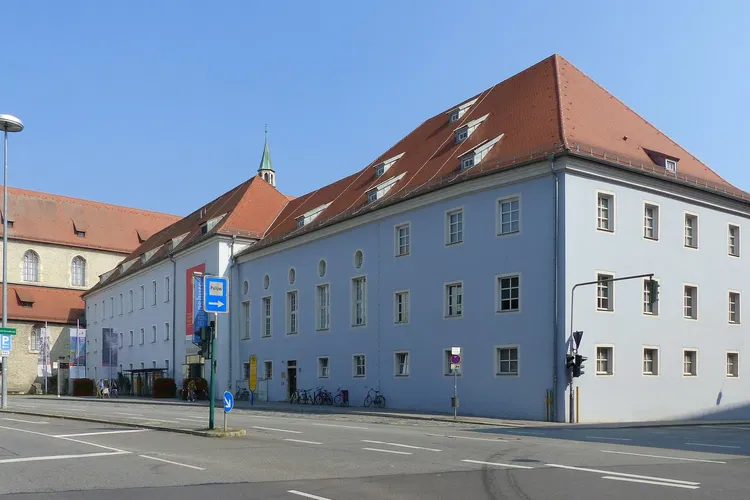
Regensburg Museum of History
RegensburgThe Historisches Museum in Regensburg, Bavaria, offers a comprehensive look into the history, art, and culture of Regensburg and Eastern Bavaria. Spanning from the Stone Age to the present day, the museum provides a unique opportunity to delve into the region's rich past. Visitors can explore a variety of exhibits that showcase the evolution of the area over thousands of years.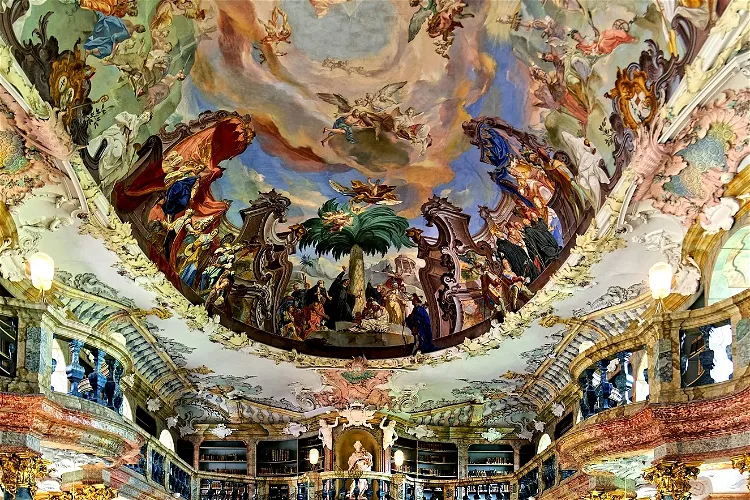
Wiblingen Abbey
UlmWiblingen Abbey, located in Ulm, was once a German Benedictine abbey. Today, the abbey church, which has been converted into a basilica, is one of the preserved structures of the abbey. The abbey was also used as military barracks in the past. This historical site offers a glimpse into the rich history of the region.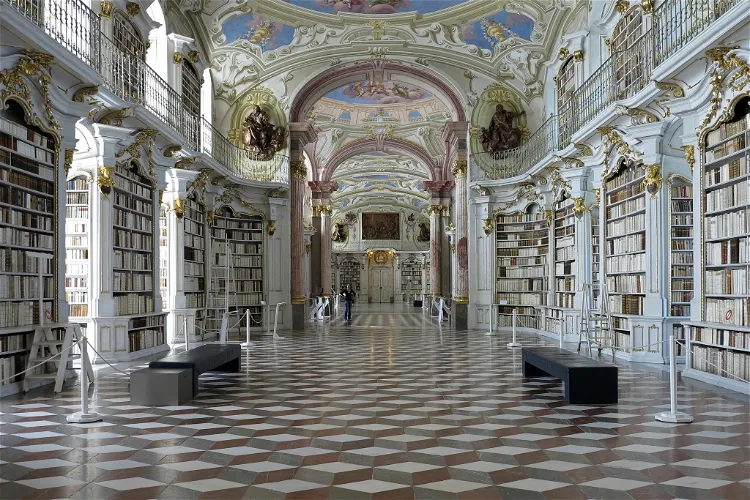
Admont Abbey Library
AdmontThe Admont Abbey Library, completed in 1776, is a baroque monastic library tract located in Admont, Upper Styria. This architectural marvel has been referred to as the eighth wonder of the world in the past, showcasing the grandeur and historical significance of the place.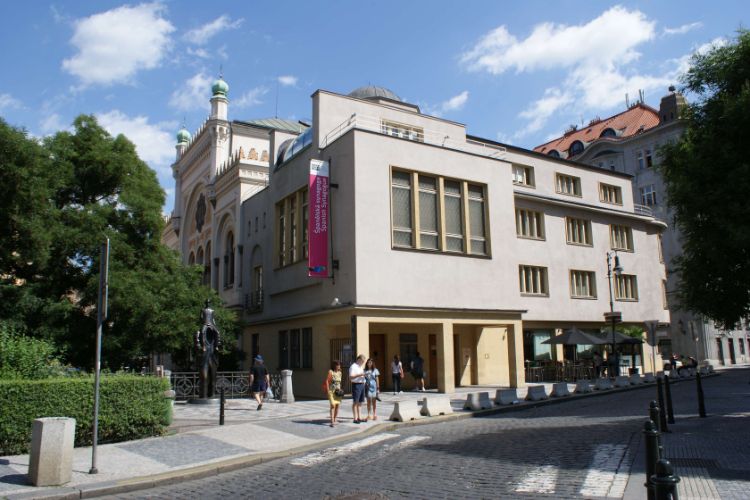
Jewish Museum in Prague
PragueThe Jewish Museum in Prague was established in 1906 and is a foundation that gathers and administrates all the Jewish sights such as synagogues, the Old Jewish Cemetery and more. Its primary aim is to document history and customs of Czech and Moravian Jewish community. The museum itself is housed in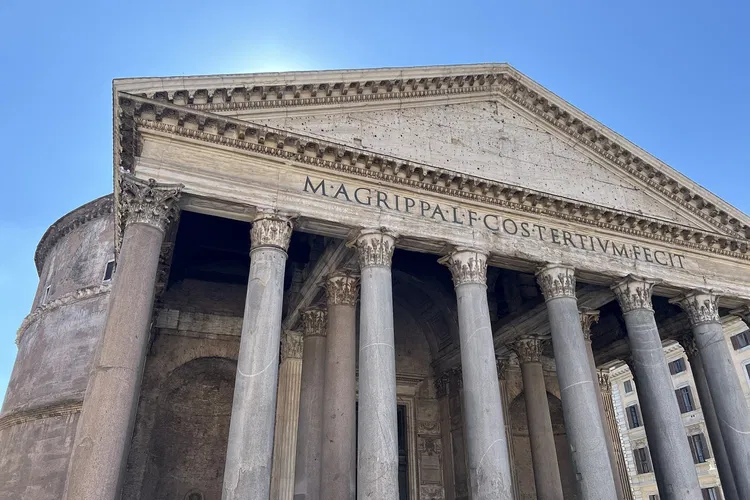
Pantheon
RomeThe Pantheon is an ancient temple in Rome, rebuilt in the 2nd century AD. It is one of the best-preserved Roman buildings in the world, thanks to its transformation into a church in the 7th century and its continuous use and maintenance since then. This makes it a unique historical site that offers a glimpse into the architectural prowess of the ancient Romans.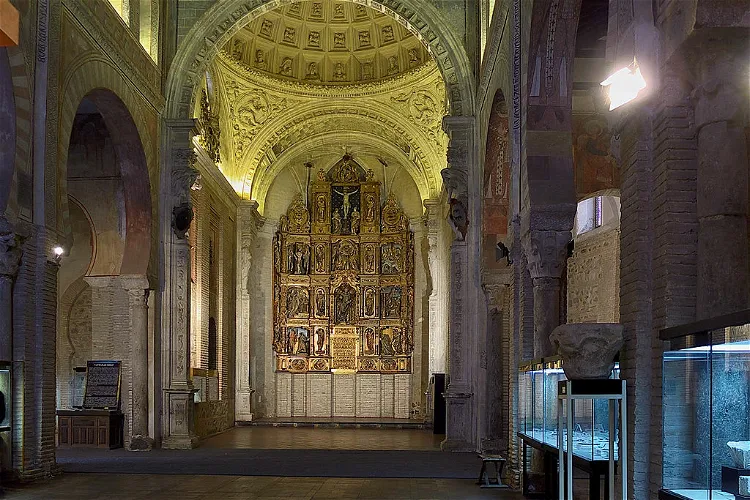
Church of San Román
ToledoThe Iglesia de San Román is a significant historical site in Toledo, Spain. Constructed in the 13th century, the church is a prime example of the Mudéjar architectural style, a unique blend of Christian and Islamic influences that is characteristic of the period. The church's design and construction reflect the cultural and religious diversity of Toledo during the Middle Ages.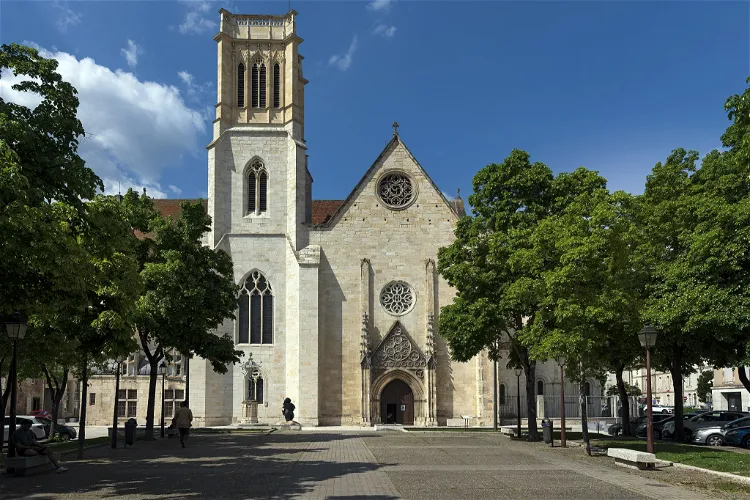
Agen Cathedral
AgenAgen Cathedral, located in Agen, Lot-et-Garonne, Aquitaine, France, is a Roman Catholic cathedral dedicated to Saint Caprasius. This historic site is a significant part of the city's cultural and religious heritage, offering visitors a glimpse into the region's rich history.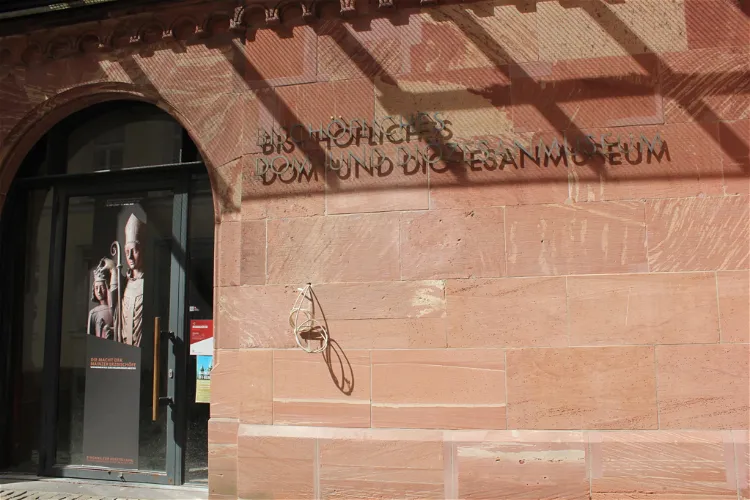
Dom- und Diözesanmuseum (Mainz)
MainzThe Episcopal Museum of the Cathedral and Diocese of Mainz, also known as Dom- und Diözesanmuseum, is situated in the cloister of the Saint Martin Cathedral. This location is in the heart of the old town of Mainz, providing visitors with a historical setting that complements the museum's collections. The museum building, made of sandstone, is located at the foot of the cathedral, adding to the overall historical ambiance.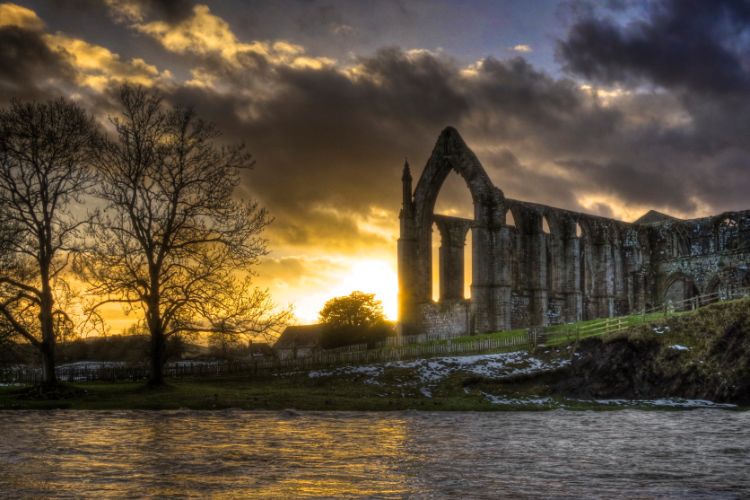
Bolton Abbey
Bolton AbbeyBolton Abbey is in the heart of the Yorkshire Dales on the banks of the River Wharfe. With just under 30,000 acres of beautiful countryside, over 80 miles of footpaths and ample space to run around and enjoy the fresh air, there is something for all ages. Explore the ruins of the Priory and discover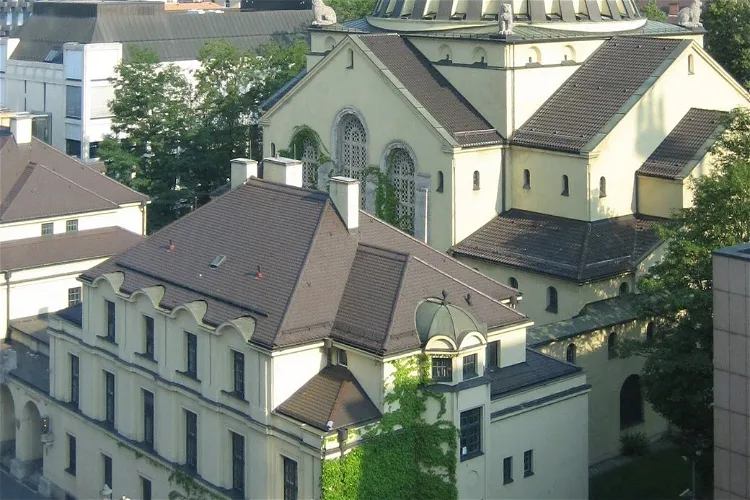
Jewish Museum Augsburg Swabia
AugsburgThe Jewish Museum Augsburg Swabia documents the culture and history of the Jews in Augsburg and Swabia from the Middle Ages to the present. The permanent exhibition, opened in November 2006, presents Jewish history as a dynamic interplay of settlement and expulsion, and of self-assertion and adaptation. It highlights the relationship between the Jewish minority and the Christian majority, emphasizing Jewish history as an integral part of the broader Augsburg and Swabian history.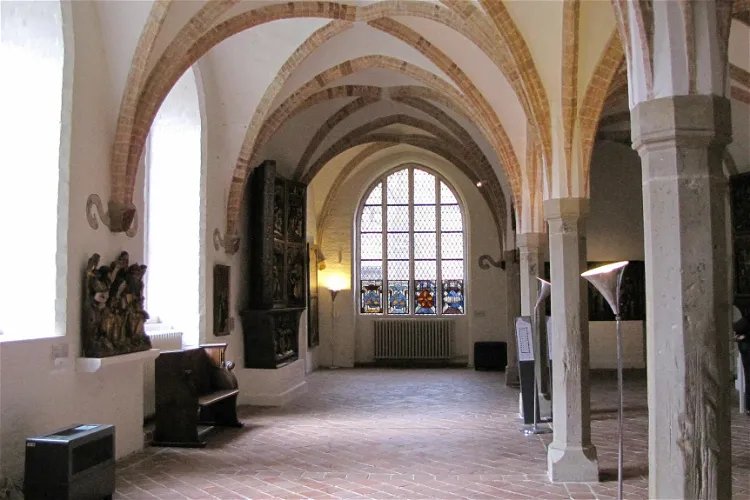
St. Anne's Museum Quarter, Lübeck
LübeckThe St. Anne's Museum Quarter in Lübeck, Germany is a significant historical site, located in a former abbey of the Order of Saint Augustine. This red brick abbey, which is situated next to the Church of St. Giles, was built just before the Protestant Reformation, between 1502 and 1515, in late Gothic style. The abbey was dedicated to St. Anne, the mother of the Virgin Mary.
St Andrews Cathedral And St Rule's Tower
Saint AndrewsSt Andrews Cathedral has a rich history that dates back to the year 742. It was during this time that the relics of the apostle Saint Andrew, who is now the patron saint of Scotland, arrived in the area. This event marked the beginning of the cathedral's existence and its significance in Scottish history.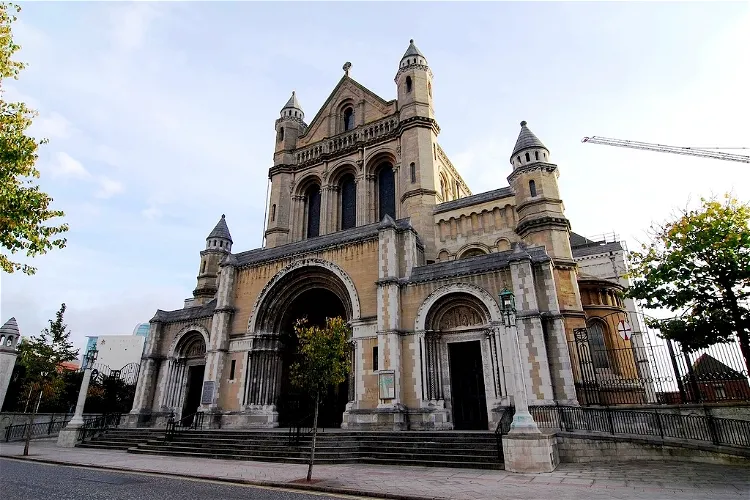
Belfast Cathedral
BelfastSt. Anne's Cathedral, also known as Belfast Cathedral, is a significant religious site located in Donegall St., Belfast, Antrim, in Northern Ireland. This cathedral is unique in serving two separate dioceses: Connor and Down and Dromore. Despite not being the seat of either, it is situated within the first diocese. The cathedral is a notable landmark in Belfast and a place of worship for the Church of Ireland.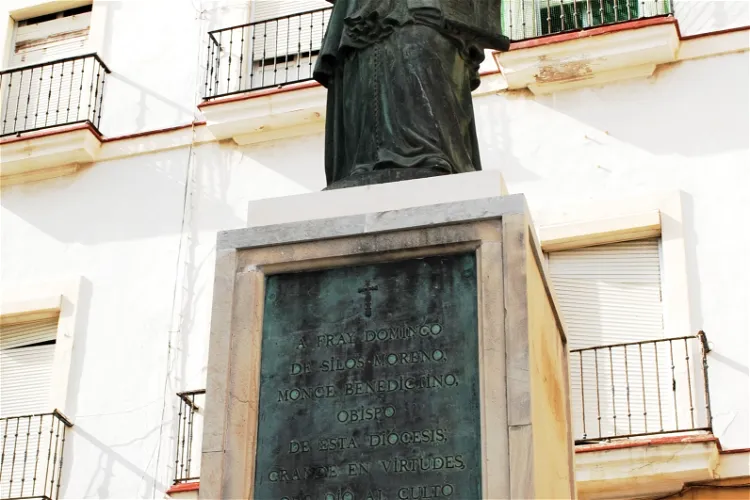
Women's Hospital
CádizThe Hospital de Nuestra Se ora del Carmen, situated in the city of Cádiz, Spain, is a noteworthy example of Baroque architecture from the mid-18th century. The building was designed by Pedro Luis Gutiérrez de San Martín, a master architect from Seville. This historical site offers a glimpse into the architectural style and cultural heritage of the period.
Sudeley Castle
WinchcombeSet against the backdrop of the beautiful Cotswold Hills, Sudeley Castle is steeped in history. With royal connections spanning a thousand years, it has played an important role in the turbulent and changing times of England's past. The Castle was once home to Queen Katherine Parr, the last and onl
Byzantine and Christian Museum
AthensThe Byzantine and Christian Museum is a museum in Athens that is located in the former Villa Ilissia that displays Christian art dating back to the third century. There are about 25,000 items, including sculptures, paintings, mosaics, frescoes and icons.- Online discount!
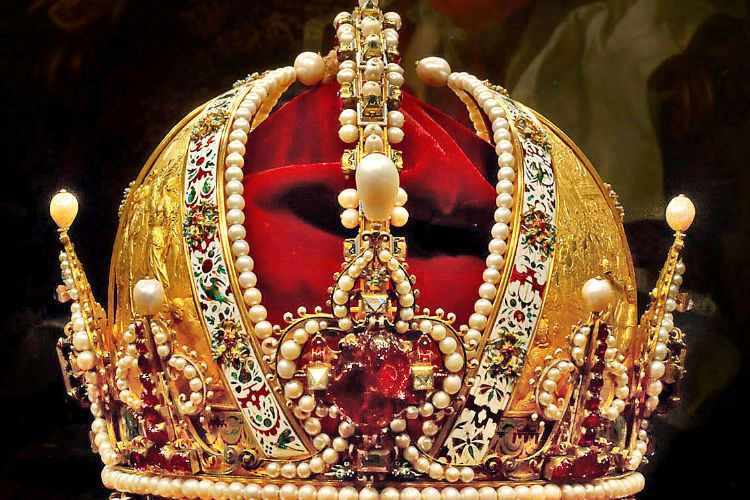
Imperial Treasury Vienna
ViennaAwaiting you at the Imperial Treasury Vienna in the Hofburg Palace is the Austrian Imperial Crown and the insignia of the Holy Roman Empire with the Imperial Crown and the Holy Lance. Other highlights include the treasure of the Order of the Golden Fleece and parts of the immensely opulent treasure 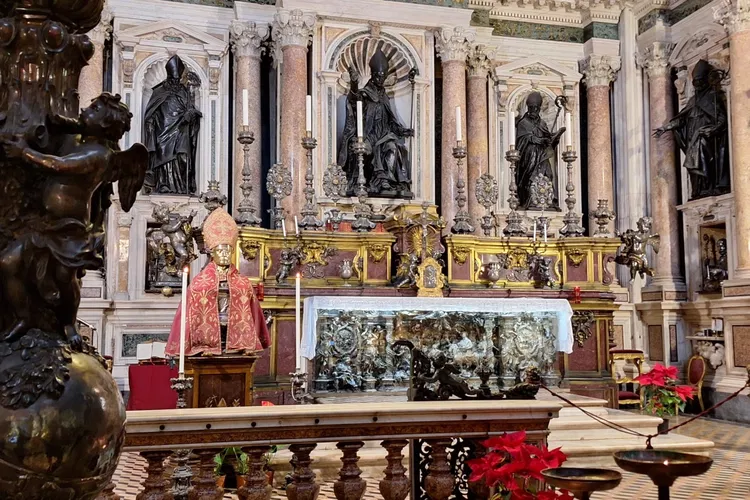
Cathedral of Naples, Chapel of St. Januarius
NaplesThe Royal Chapel of the Treasure of St. Januarius, also known as the Reale cappella del Tesoro di San Gennaro, is a significant part of the Cathedral of Naples in Italy. This chapel is dedicated to St. Januarius, who is the patron saint of the city. It is the most lavishly decorated chapel in the cathedral, showcasing contributions from the premier Baroque artists in Naples.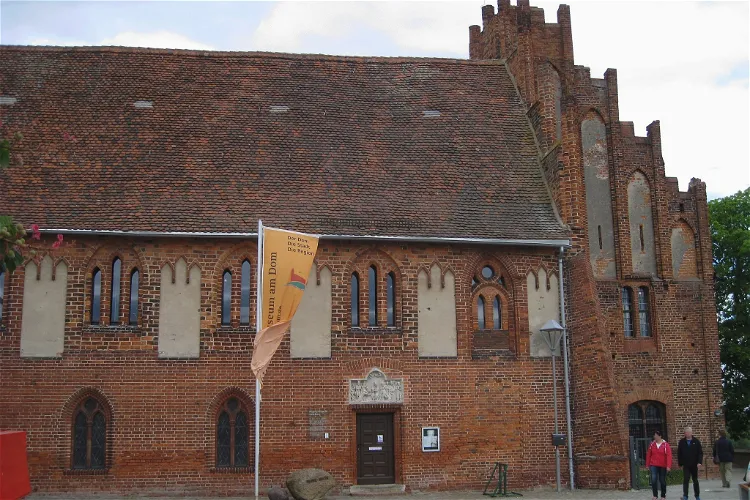
Prignitz-Museum
HavelbergThe Prignitz-Museum in Havelberg welcomes more than 10,000 visitors annually and is open throughout the year. This makes it a popular destination for tourists and locals alike. The museum's year-round availability allows visitors to plan their visit at a time that suits them best, making it a convenient option for those exploring the region.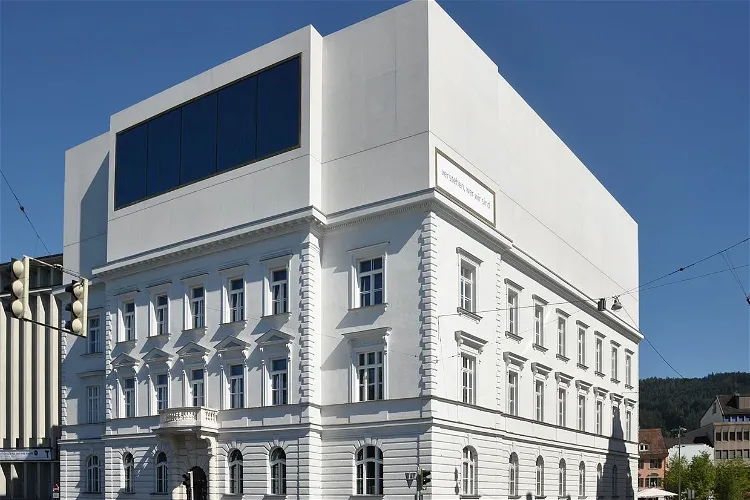
vorarlberg museum
BregenzThe vorarlberg museum, located in Bregenz, serves as the state art and cultural museum of the Austrian federal state of Vorarlberg. Established in 1857, the museum has been a hub for the collection and preservation of the state's art and cultural material for over a century.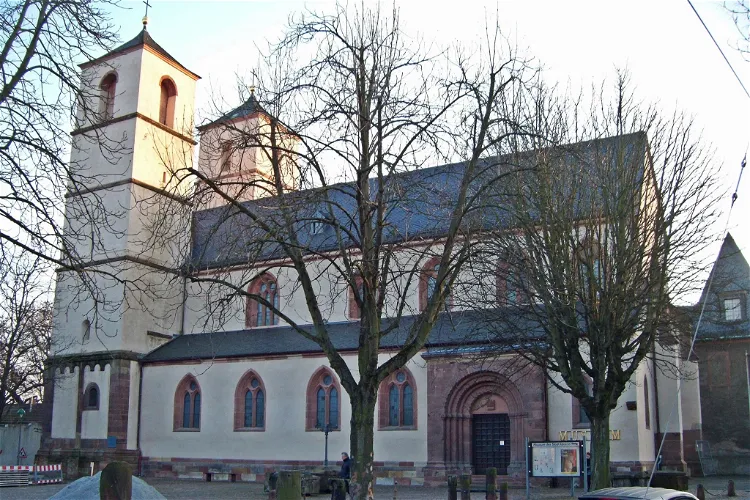
Worms City Museum
WormsThe Worms City Museum is housed in the building of the former Andreasstift. This historic building complex, which includes a courtyard, is a protected monument. The museum is managed by the city of Worms in Rhineland-Palatinate.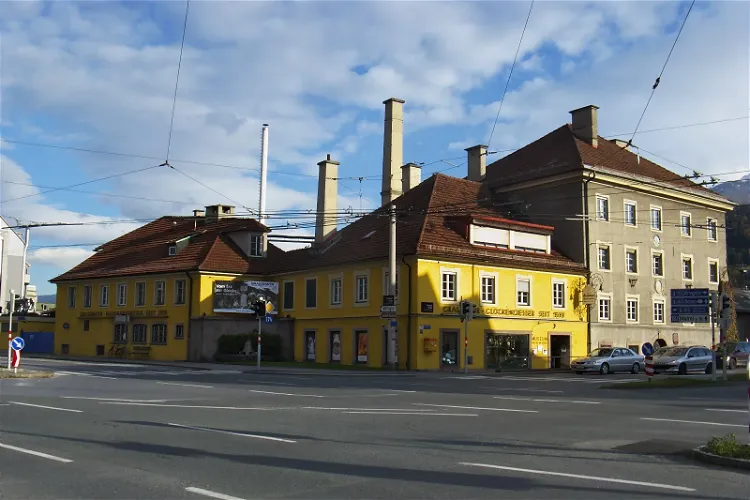
Grassmayr Bell Foundry
InnsbruckThe Grassmayr Bell Foundry, located in Innsbruck, Austria, is a significant historical site with over 400 years of history. Founded by Bartlmä Grassmayr, it is the oldest family business in Austria. The foundry has produced bells for eight different religions and has a global reach, exporting to over 100 countries worldwide.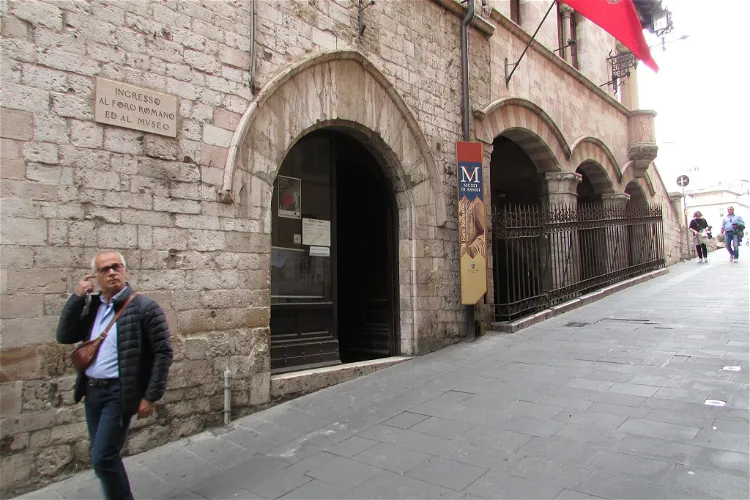
Foro Romano e Collezione Archeologica
AssisiThe Civic Museum and Roman Forum of Assisi offers a unique opportunity to explore the remnants of the ancient Roman forum of the town. In addition to this, the museum houses a collection of archaeological objects that are relevant to the history of the region. These artifacts provide a glimpse into the past, shedding light on the cultural and historical significance of Assisi during the Roman era.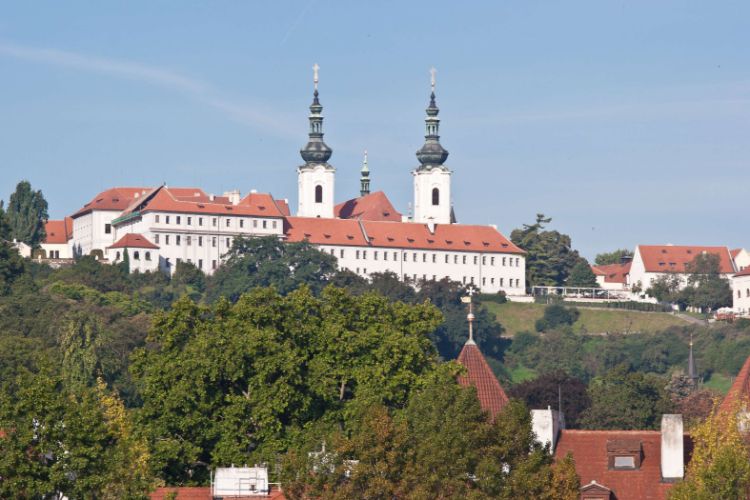
Strahov Monastery
PragueSet up in the 12th century, the Strahov Monastery is nowadays used by Strahov library and Strahov Picture Gallery. The gallery has more than 1,500 pieces of art on display, including collections of Rudolfine, Flemish and Italian paintings. The library has a beautiful interior with colourful frescoes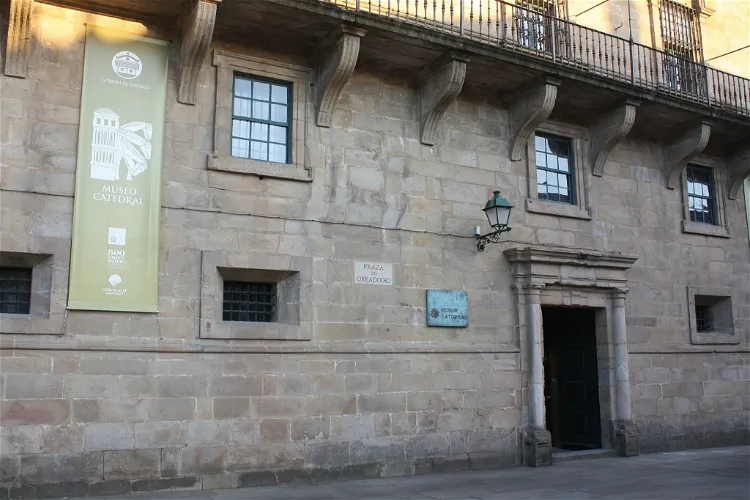
Santiago Cathedral Museum
Santiago de CompostelaThe Santiago de Compostela Cathedral Museum is a significant institution that houses a wide range of artistic and archaeological works. These works are owned by the Santiago de Compostela Cathedral and cover a broad timeline from the Roman era to the present day. This extensive collection provides a unique opportunity for visitors to explore the rich history and culture of the region through the various exhibits.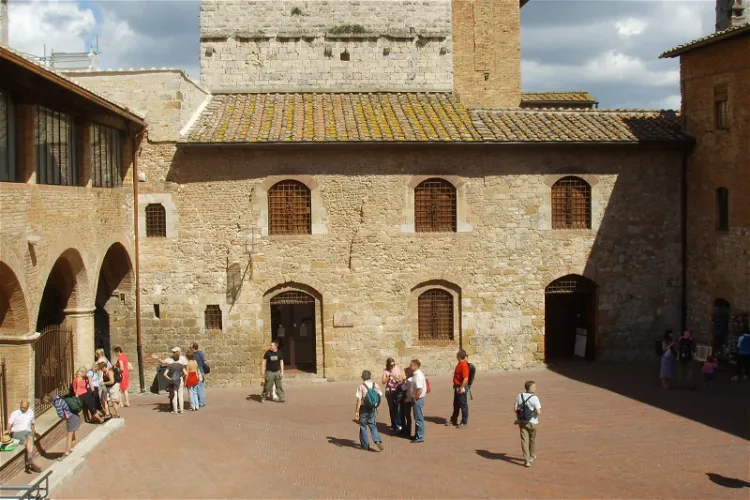
Museum of Sacred Art San Gimignano
San GimignanoThe Museum of Sacred Art of San Gimignano is situated in the historic building of the ancient dormitory of the Chaplains. This location, in Piazza Pecori 1 in San Gimignano, adds a layer of historical significance to the museum, making it a fascinating destination for those interested in both art and history.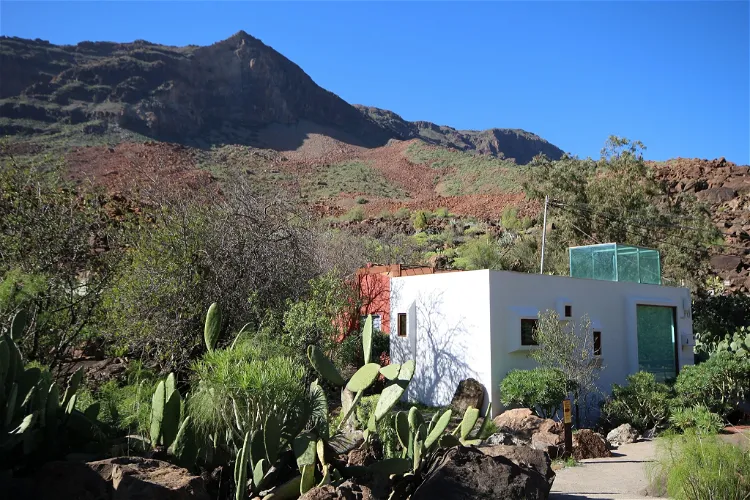
Necropolis of Arteara
San Bartolomé de TirajanaThe Necropolis of Arteara, located on the island of Gran Canaria in the Canary Islands, Spain, is an archaeological site of significant historical importance. It is the largest cemetery of the island's aborigines, providing a unique insight into the burial practices and customs of the early inhabitants of the island. The site is situated in the south of the island, on the right bank of the Fataga ravine next to the town of Arteara, in the municipality of San Bartolomé de Tirajana.
Jewish Museum of Venice
VeniceThe Jewish Museum of Venice is a unique complex that includes exhibition spaces and synagogues both inside and outside the Museum itself. This unique structure allows visitors to experience a comprehensive view of Jewish history and culture in Venice. The museum is located in the heart of the Cannaregio district, providing easy access for tourists.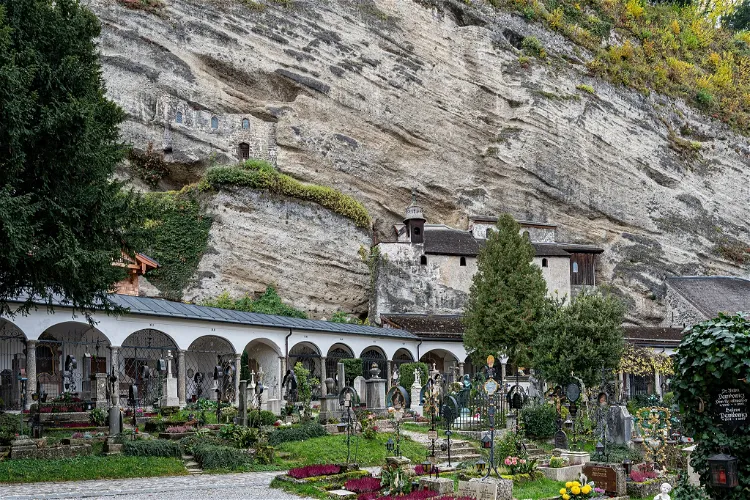
Katakomben Salzburg
SalzburgThe catacombs of Salzburg, situated on the edge of the Petersfriedhof, are a significant historical site. They were carved into the Festungsberg, a mountain in Salzburg, and are believed to be of late antique-early Christian origin. Despite their name, these catacombs were not used as burial sites but likely served as early Christian meeting places.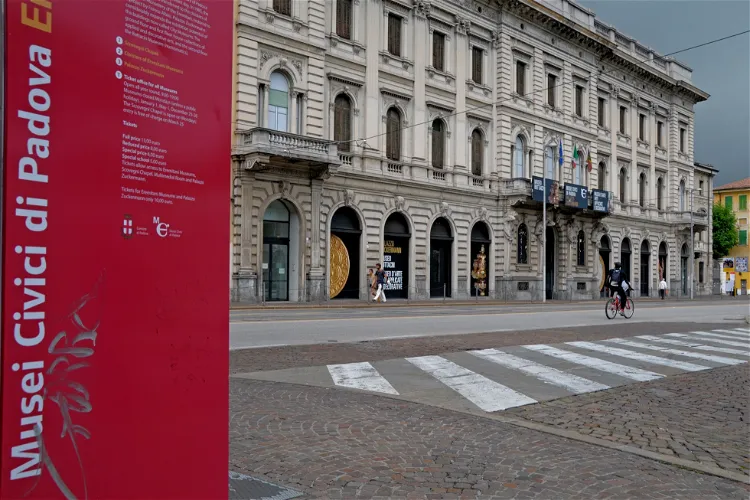
Civic Museum (Museo Civico di Padova)
PaduaThe Civic Museums of Padua, also known as the Civic Museums at the Eremitani, are a museum complex located in Piazza Eremitani in the city of Padua. This complex is a significant cultural hub in the city, housing a variety of collections and exhibitions that span across different periods and disciplines. The museums are situated in a historic location, adding to the overall cultural experience for visitors.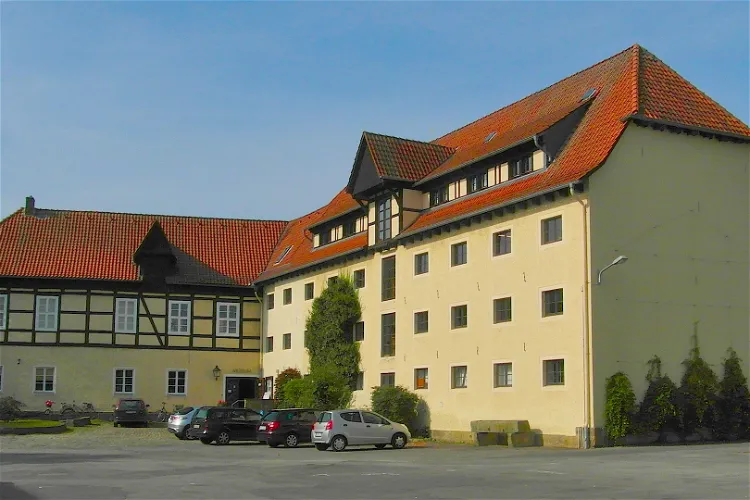
Ilsenburg Abbey
IlsenburgIlsenburg Abbey, located near Wernigerode in Saxony-Anhalt, Germany, was a monastery of the Benedictine Order. This historical site offers a glimpse into the religious and architectural history of the region.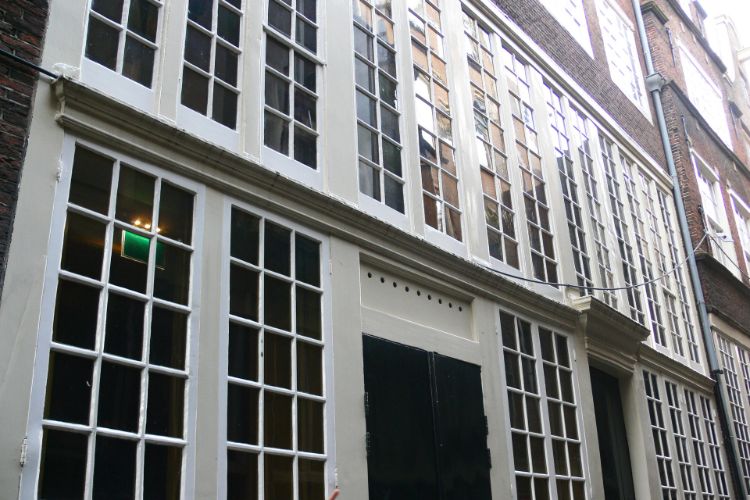
Museum Our Lord in the Attic
AmsterdamMuseum Ons' Lieve Heer op Solder is a former clandestine church. The building looks like an ordinary canal house. It is one of the oldest museums in the Netherlands. The 17th century church with an altar, corridors and approximately 150 seats is situated in the attic. After the Protestant Reformatio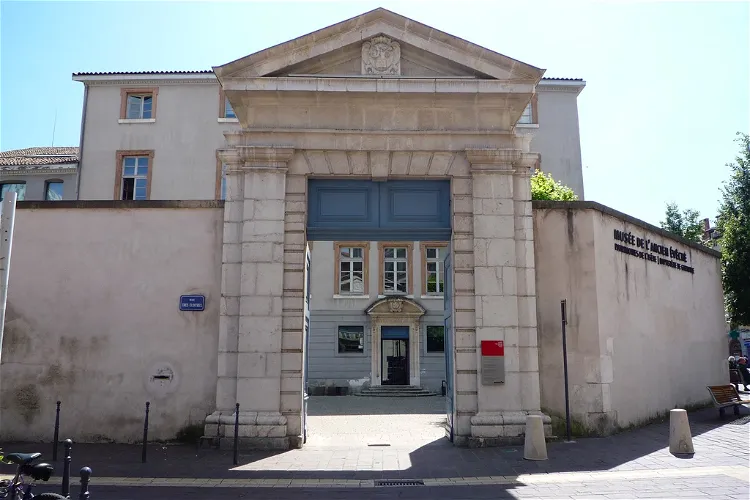
Museum of the Former Bishopric
GrenobleThe Museum of the Former Bishopric, located in Grenoble, is a departmental museum that showcases the heritage of the Isère department. The museum is housed in the historical episcopal palace, providing a unique insight into the region's history and culture.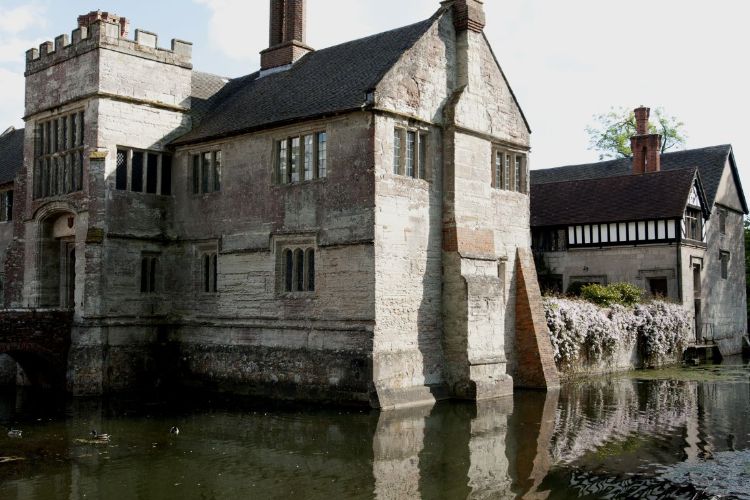
Baddesley Clinton
KnowleFrom refuge to haven, this moated house has been a sanctuary since the 15th century, hiding persecuted Catholics in its three priest holes, and was home to the Ferrers family for 500 years. The peaceful gardens include fish pools, a romatic lake and a walled garden filled with colours for every seas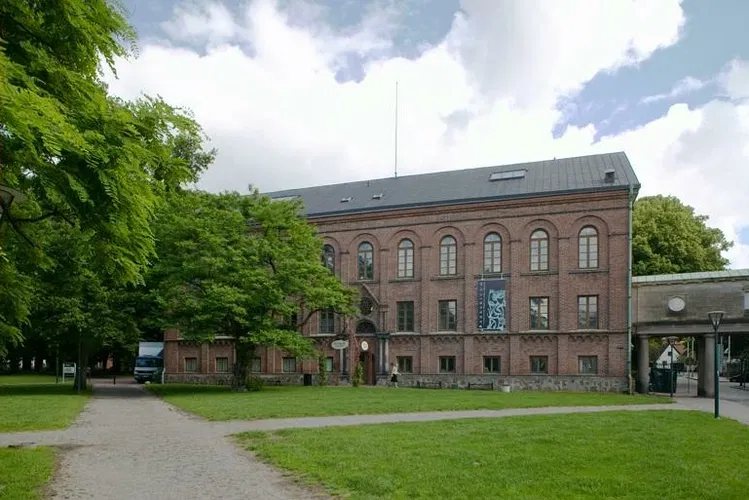
Historical Museum
LundSweden's second largest archaeological museum. Rich collection of Scanian finds, coins and sacral art.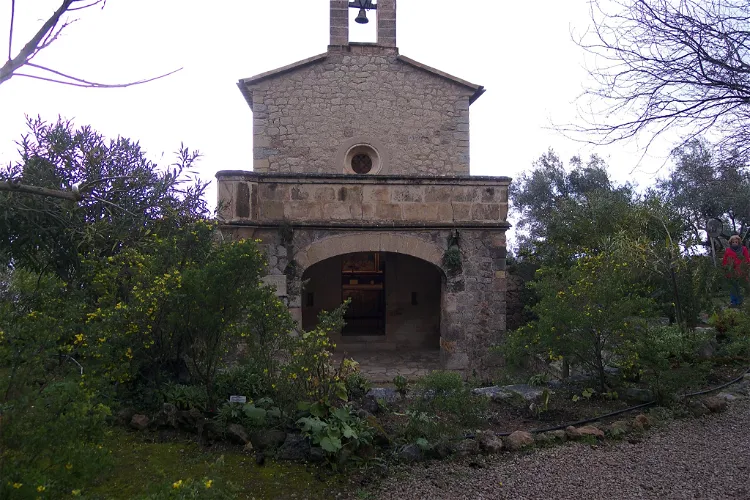
Miramar Monastery
ValldemossaFounded by King Jaume II in 1276, it originally served as a missionary school. There is a small museum now.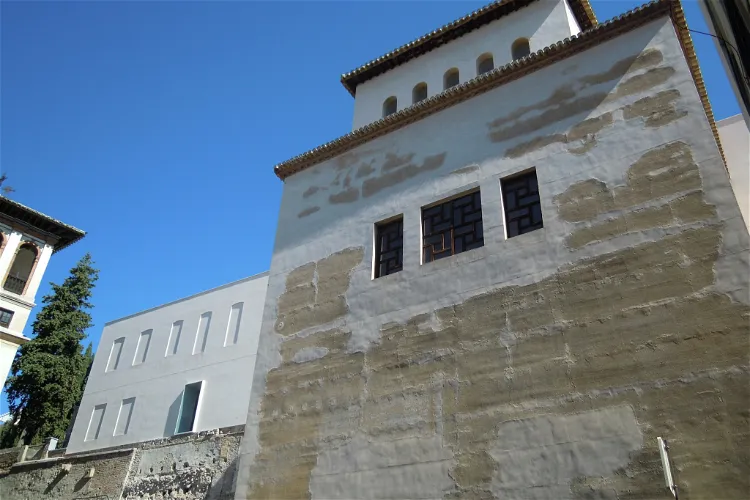
Royal Quarters of Santo Domingo
GranadaThe Cuarto Real de Santo Domingo, located in the Realejo quarter of Granada, Spain, is a former Nasrid palace and convent. This historical site offers visitors a glimpse into the past, showcasing the architectural and cultural heritage of the Nasrid dynasty.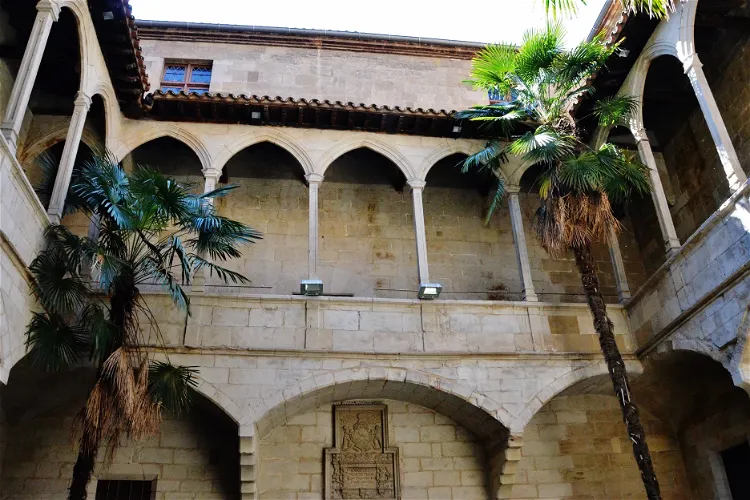
Old hospital of Santa Maria
LleidaThe Old Hospital of Santa Maria is a significant historical site in the Spanish city of Lleida. It is a prime example of Catalan Gothic civil architecture from the 15th and 16th centuries. The building's structure is simple, with a square layout and a square courtyard in the center. The ground floor has thick walls to support the weight of the roof beams and thinner walls on the upper floors. The building was declared an Architectural Artistic Monument by royal order on March 15, 1920.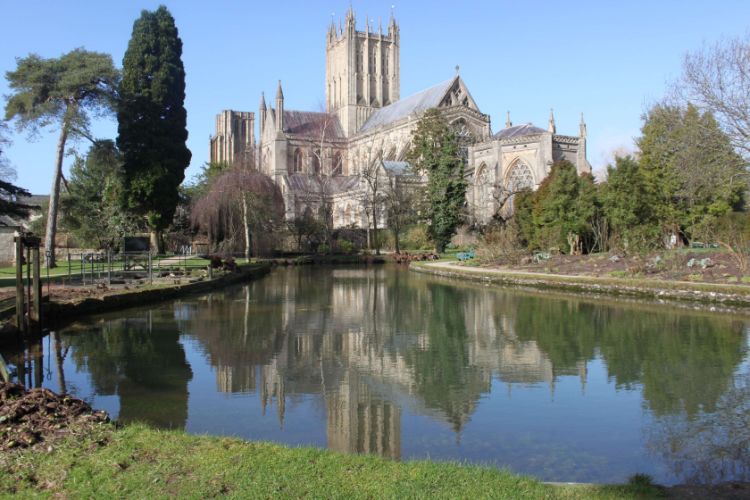
The Bishop's Palace
WellsThe Wells and Mendip Museum is conveniently located next to Wells Cathedral, making it an easy addition to a day of sightseeing. The museum itself is housed in the former Chancellors' House, a building with origins dating back to the 15th century. However, most of the current structure of the building is from the 17th and 18th centuries, adding a historical charm to your visit.